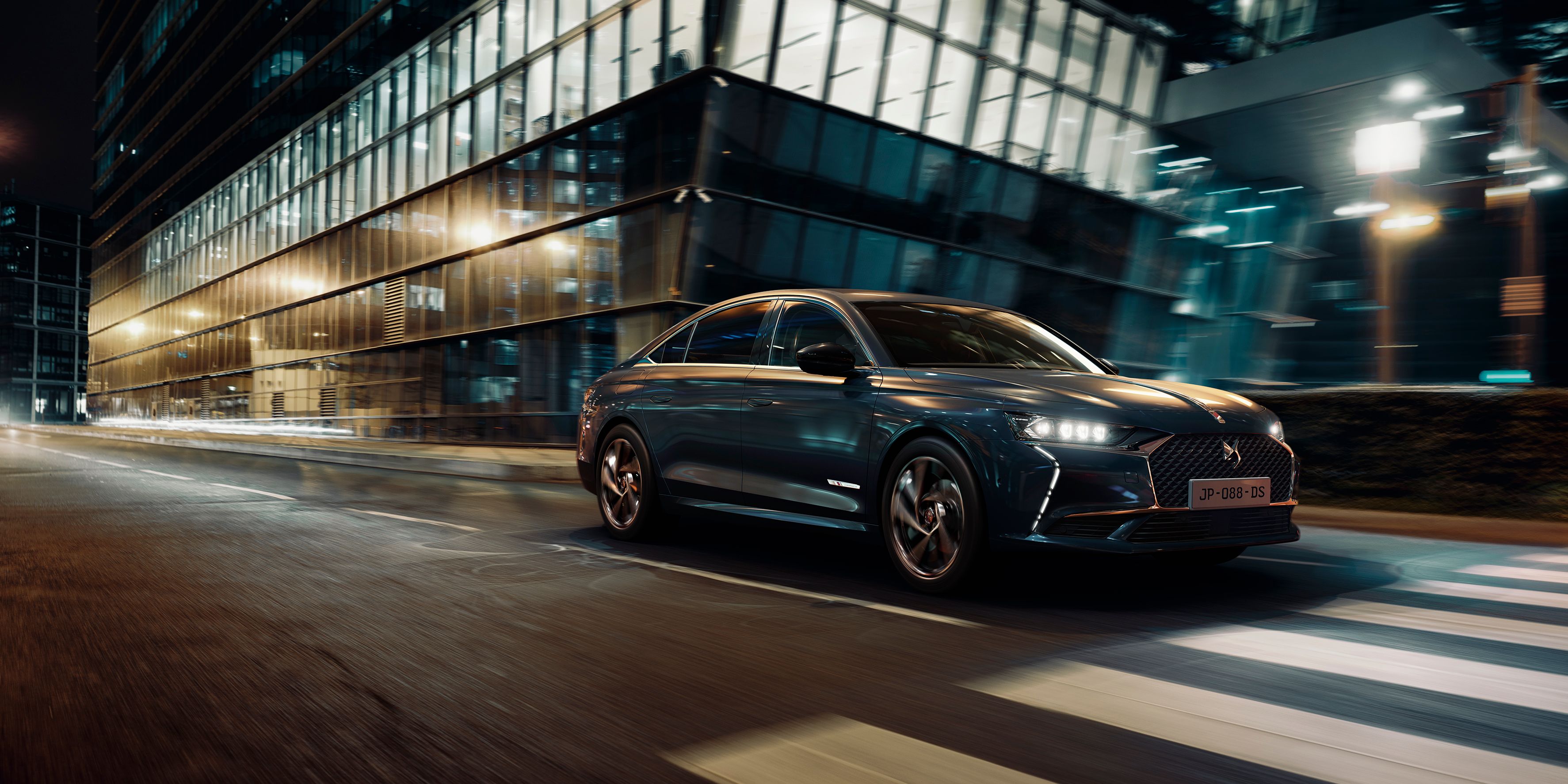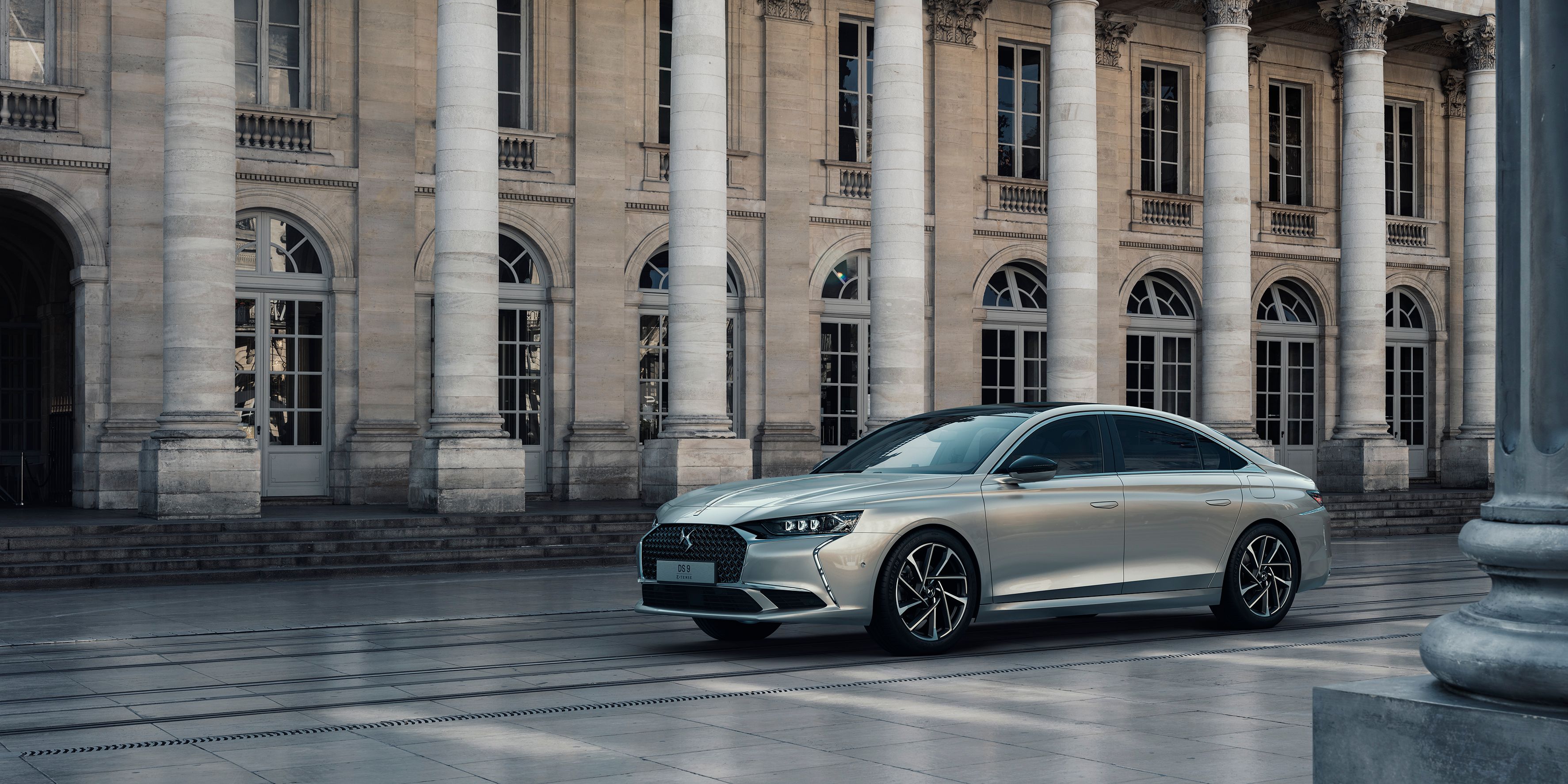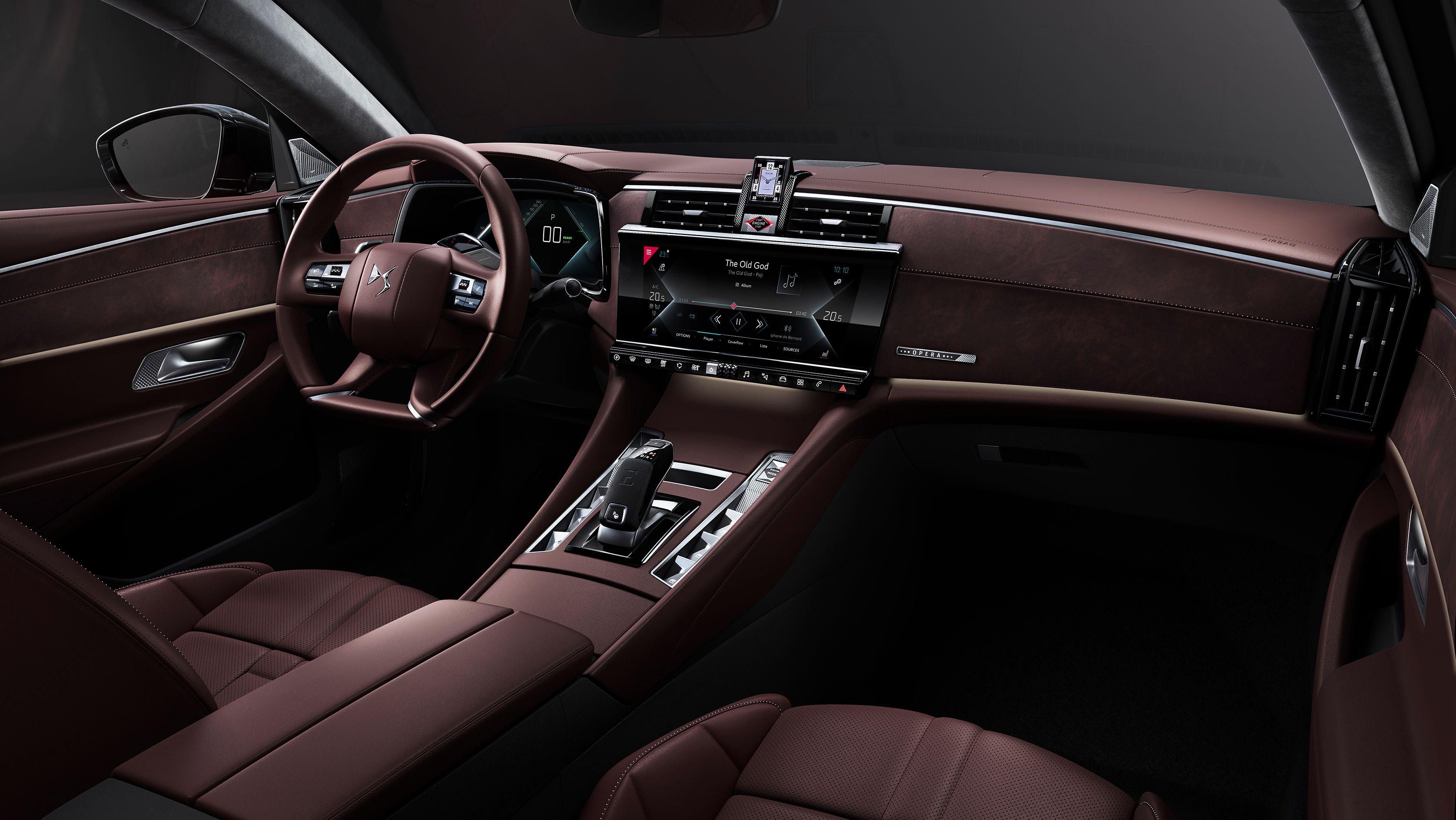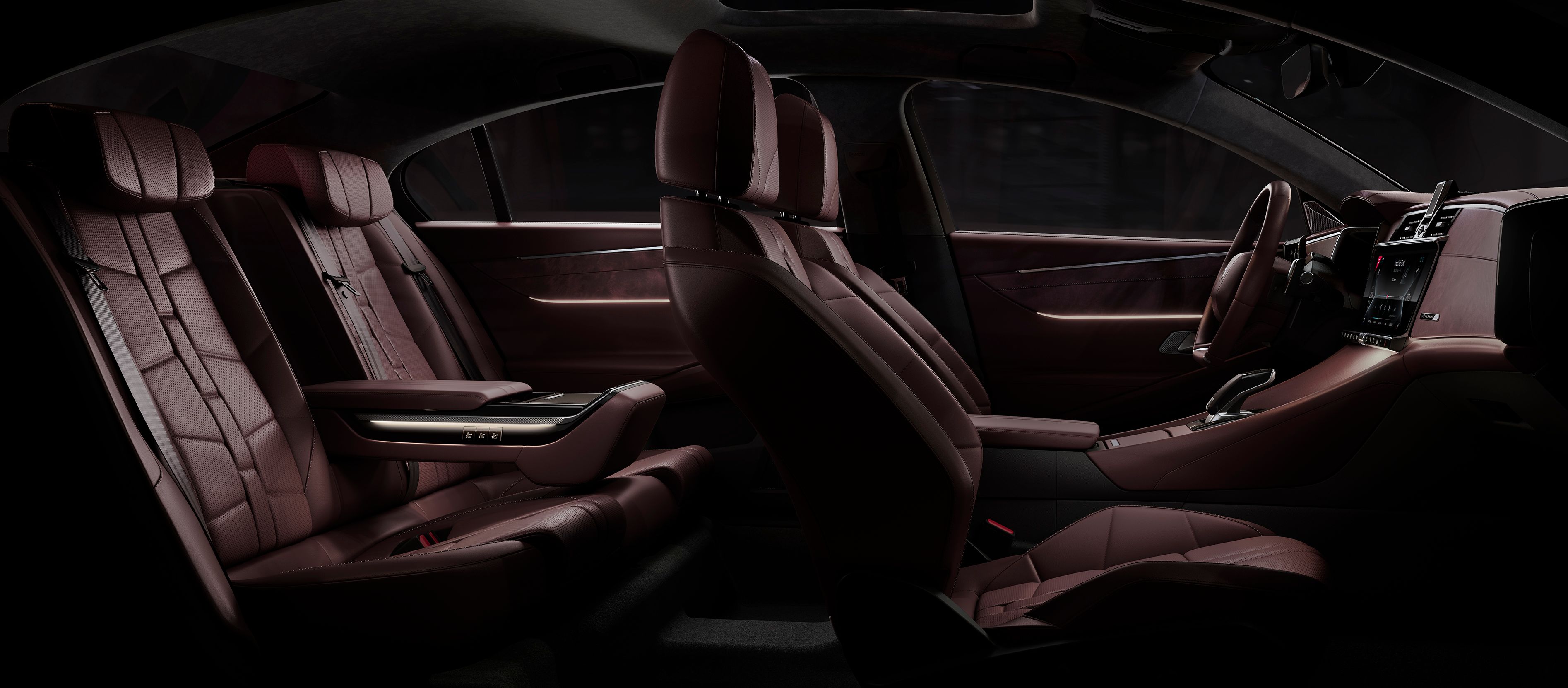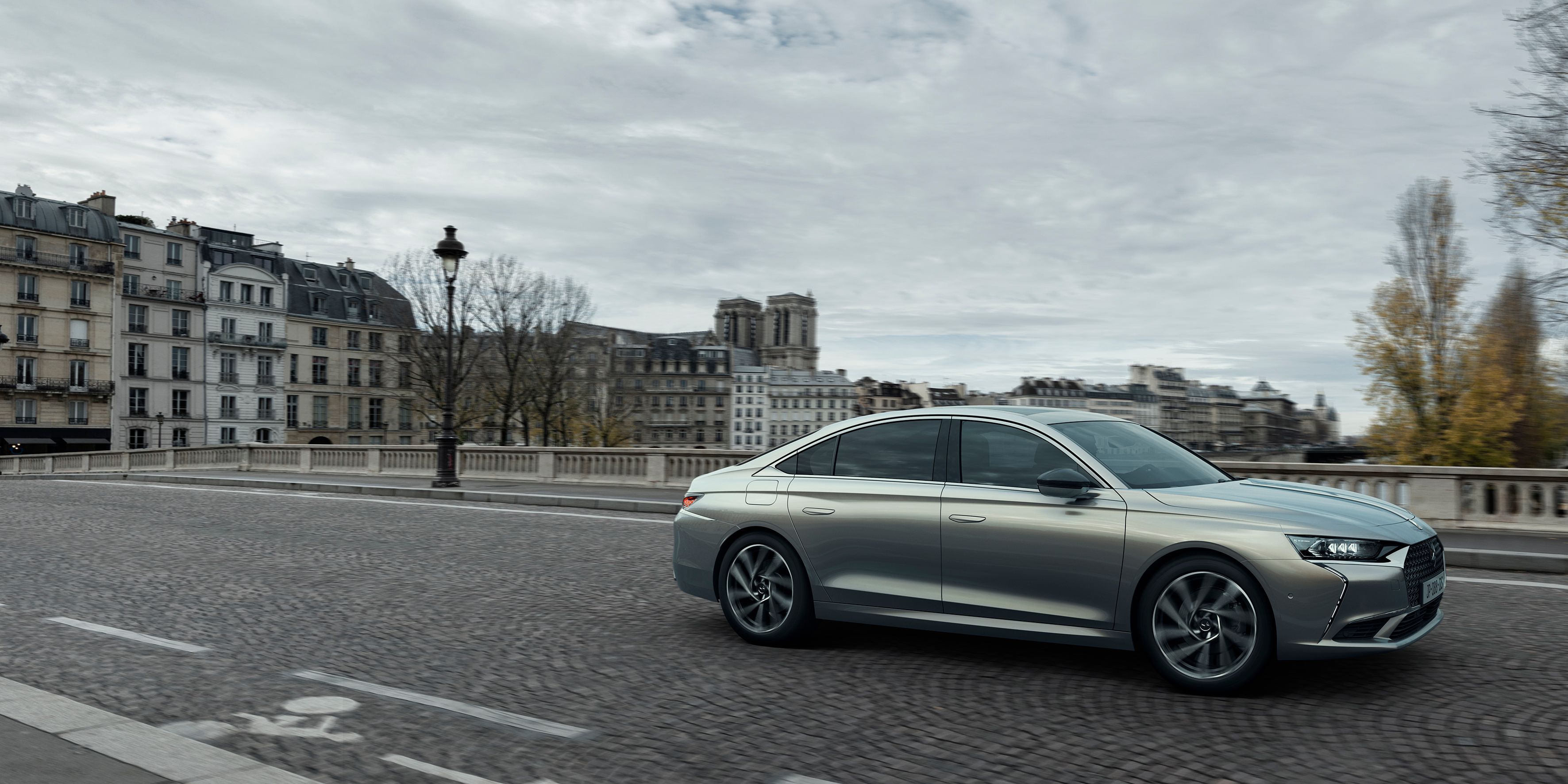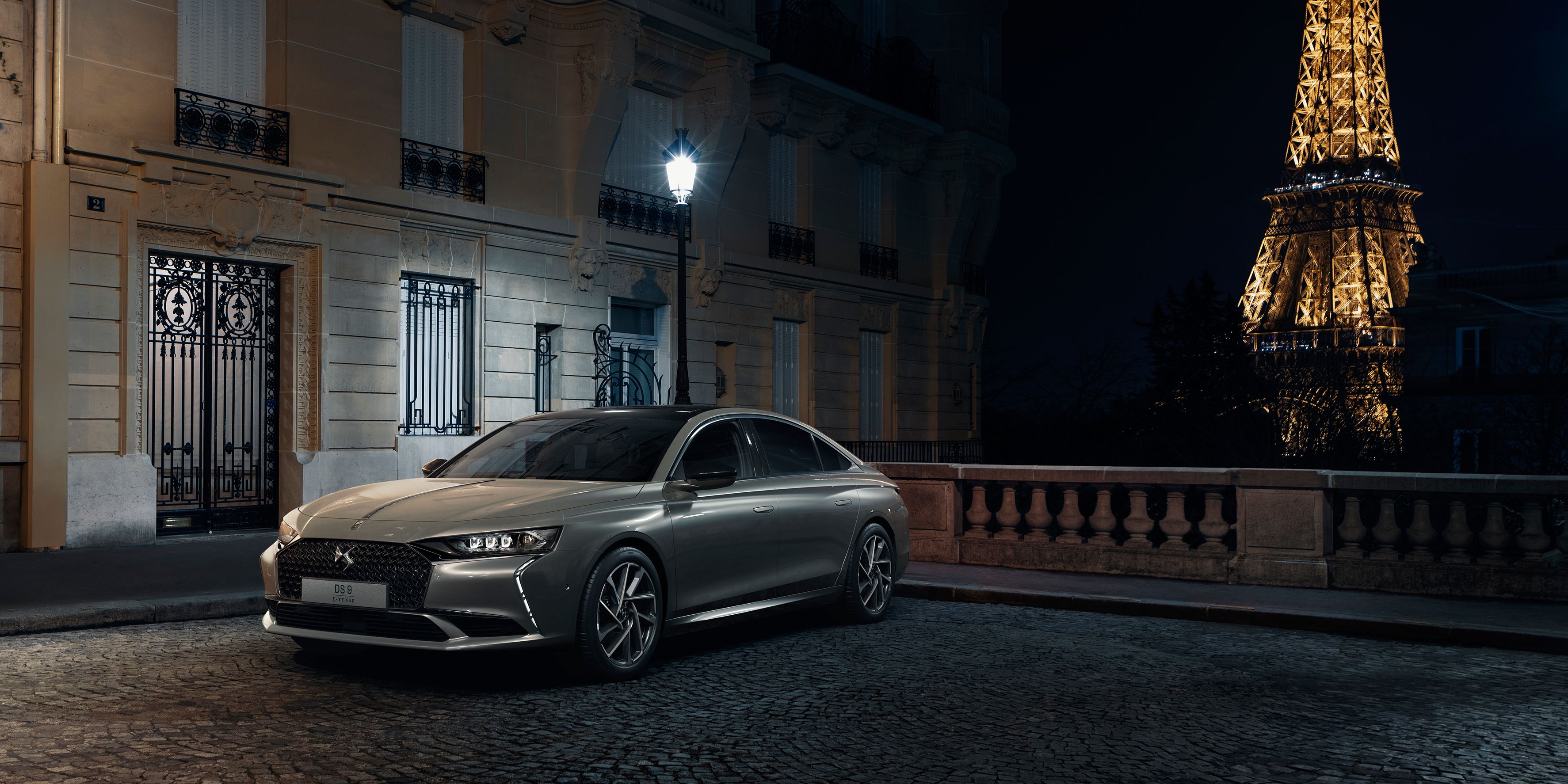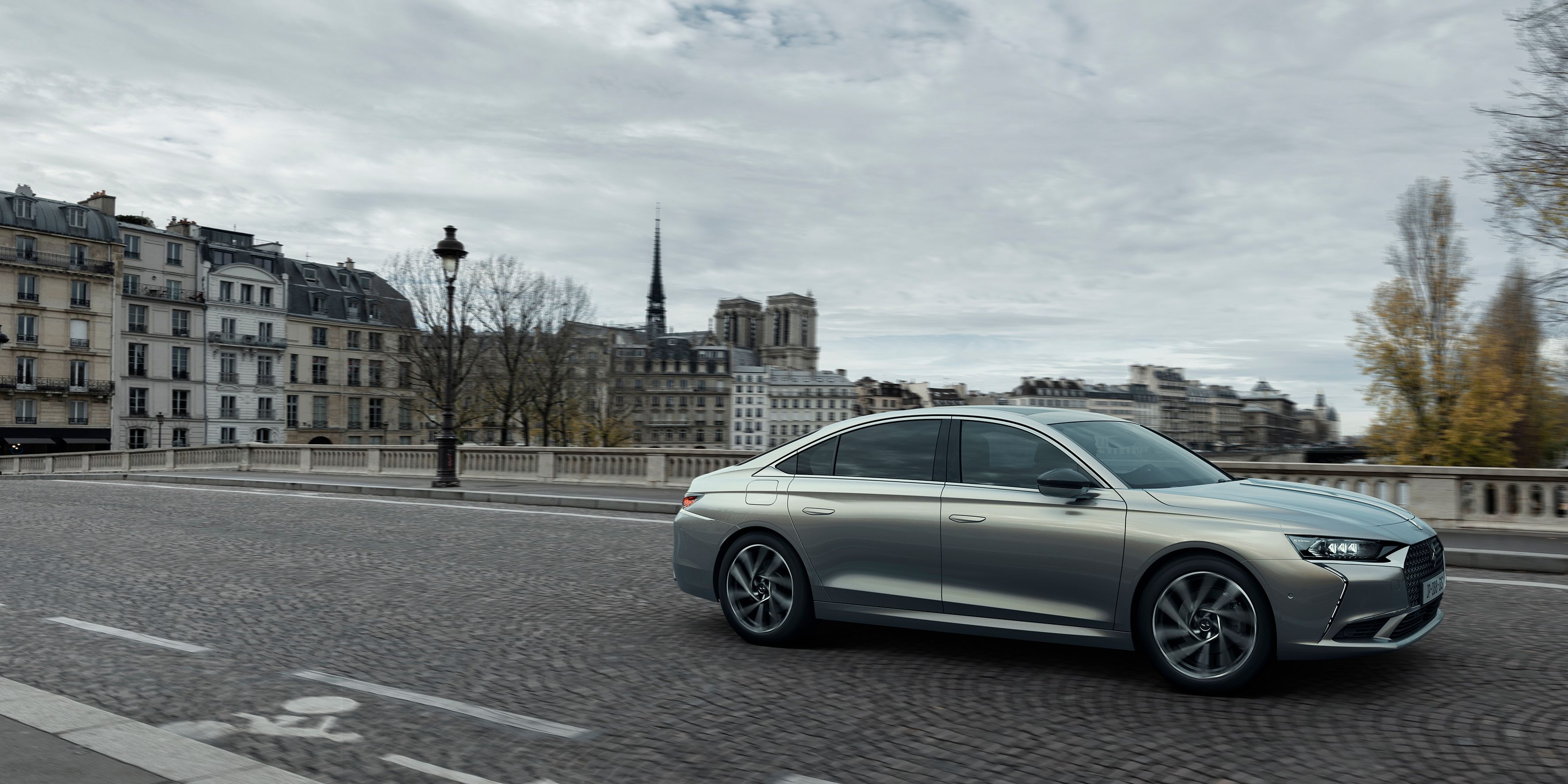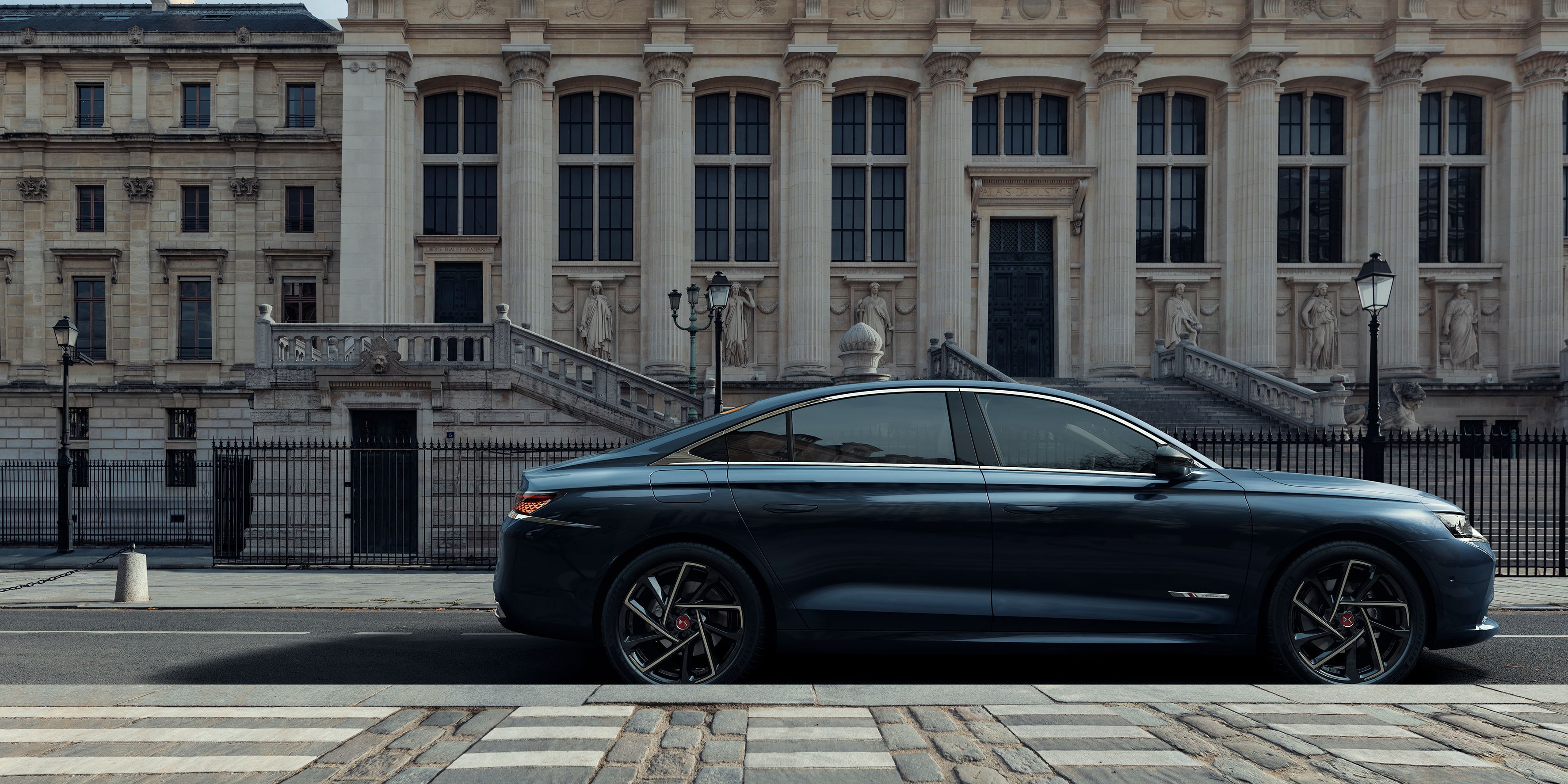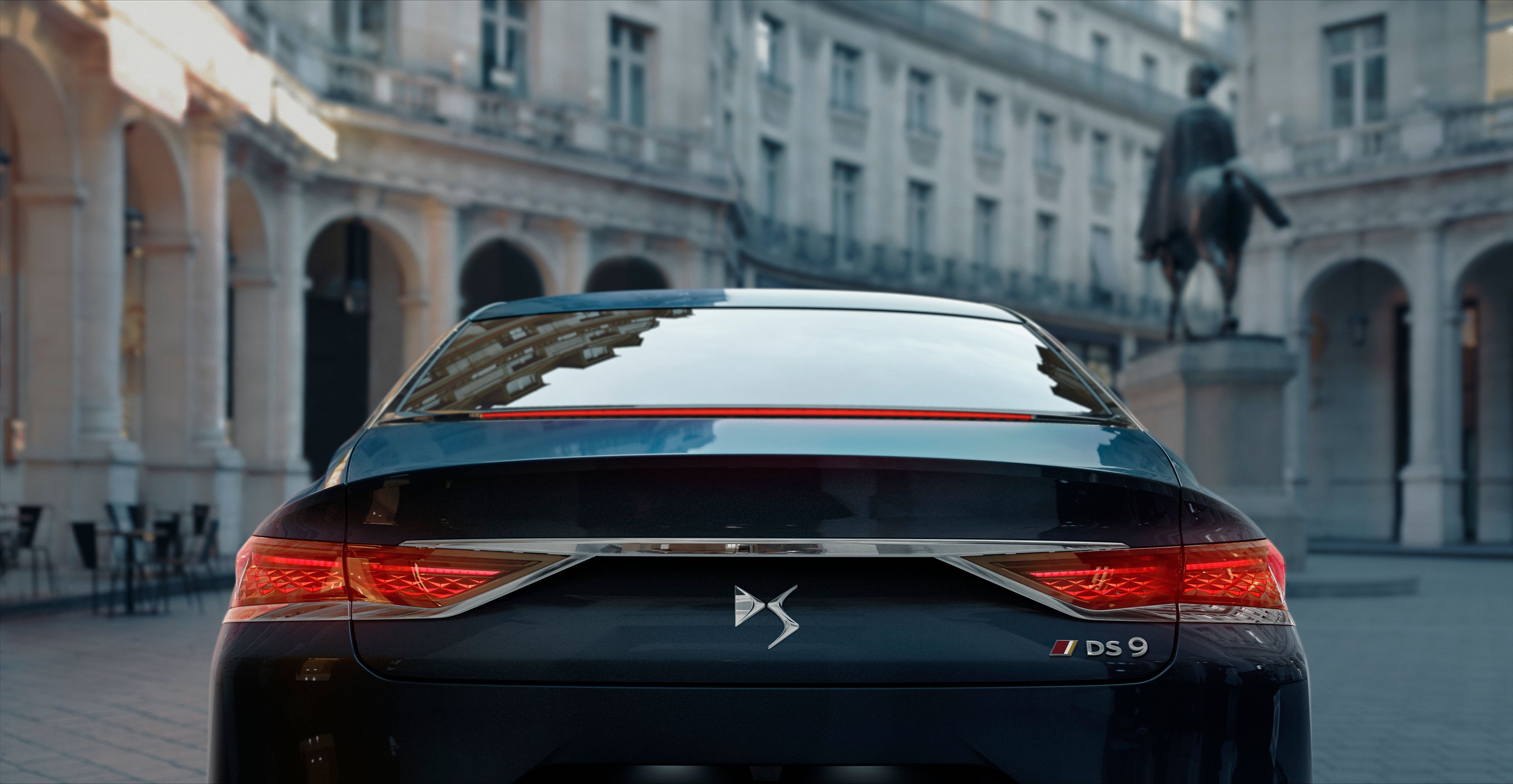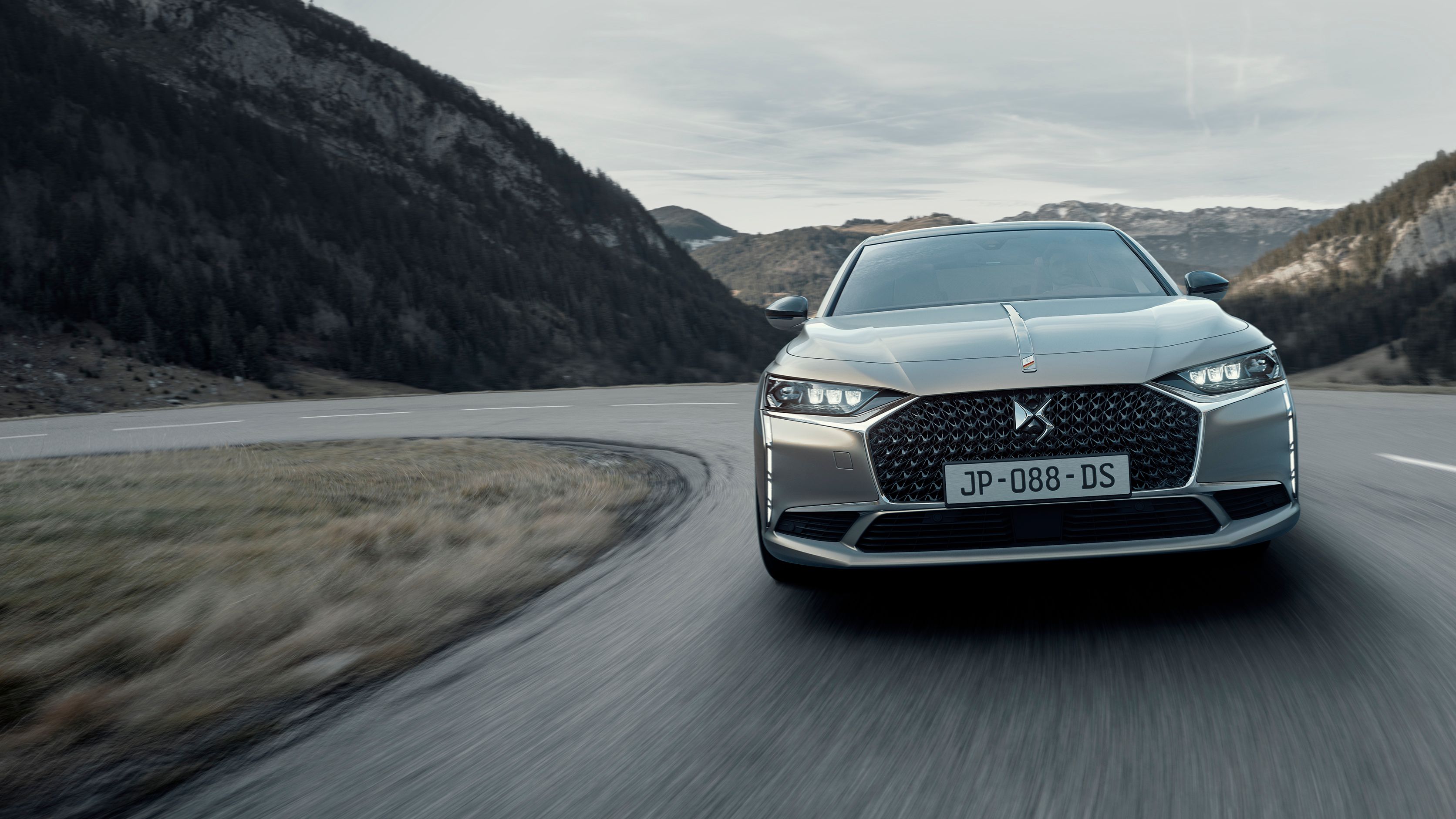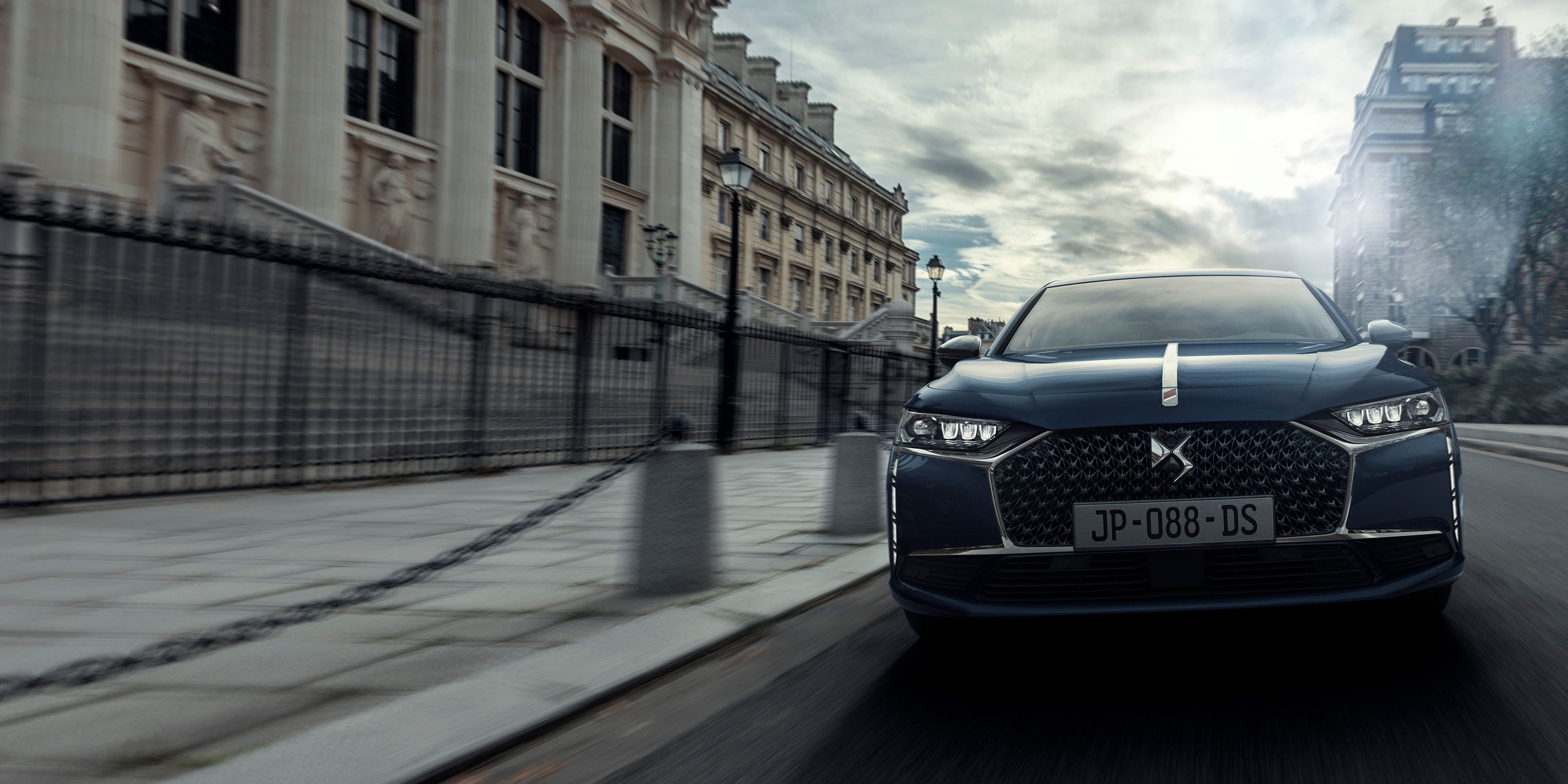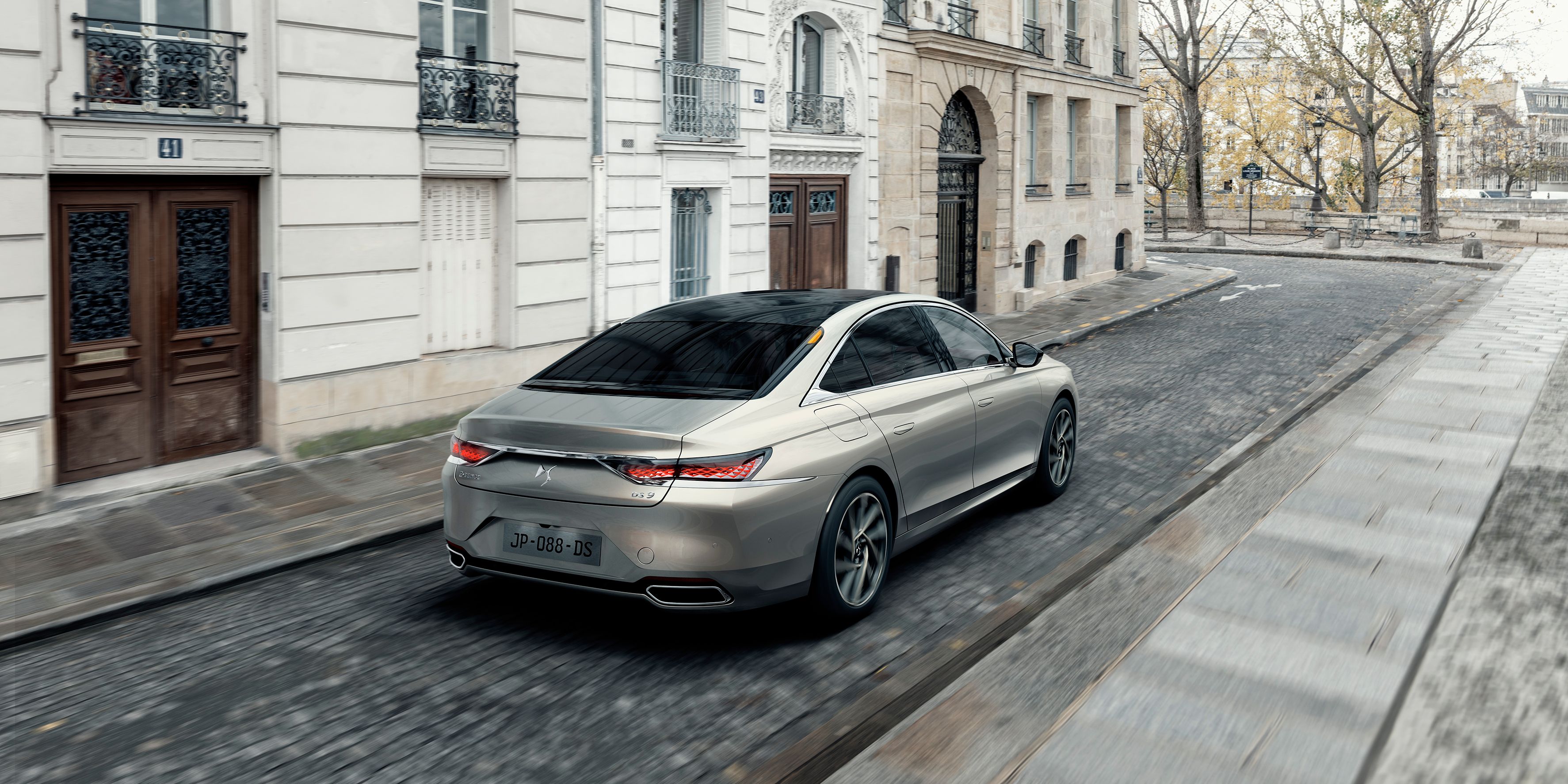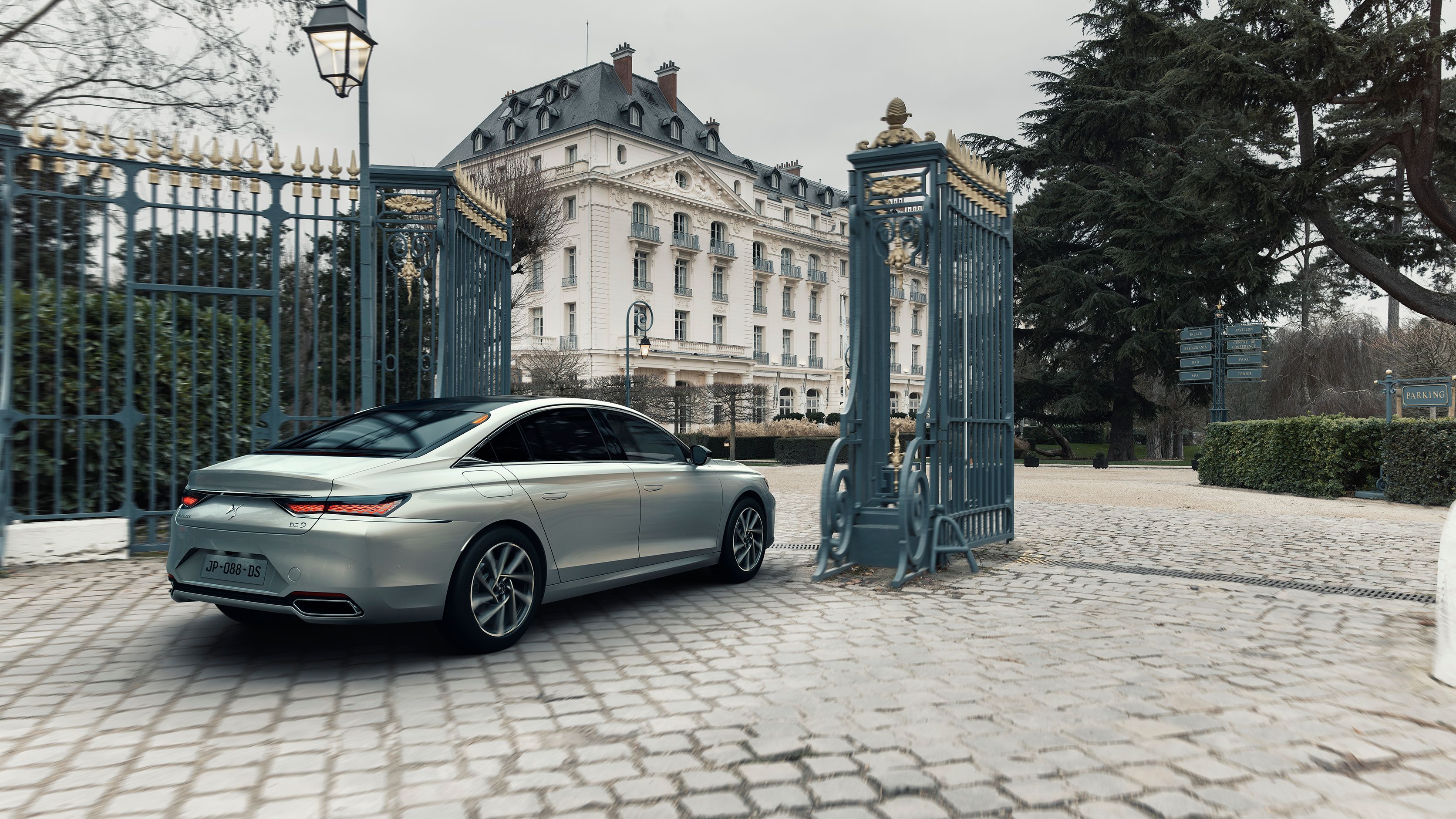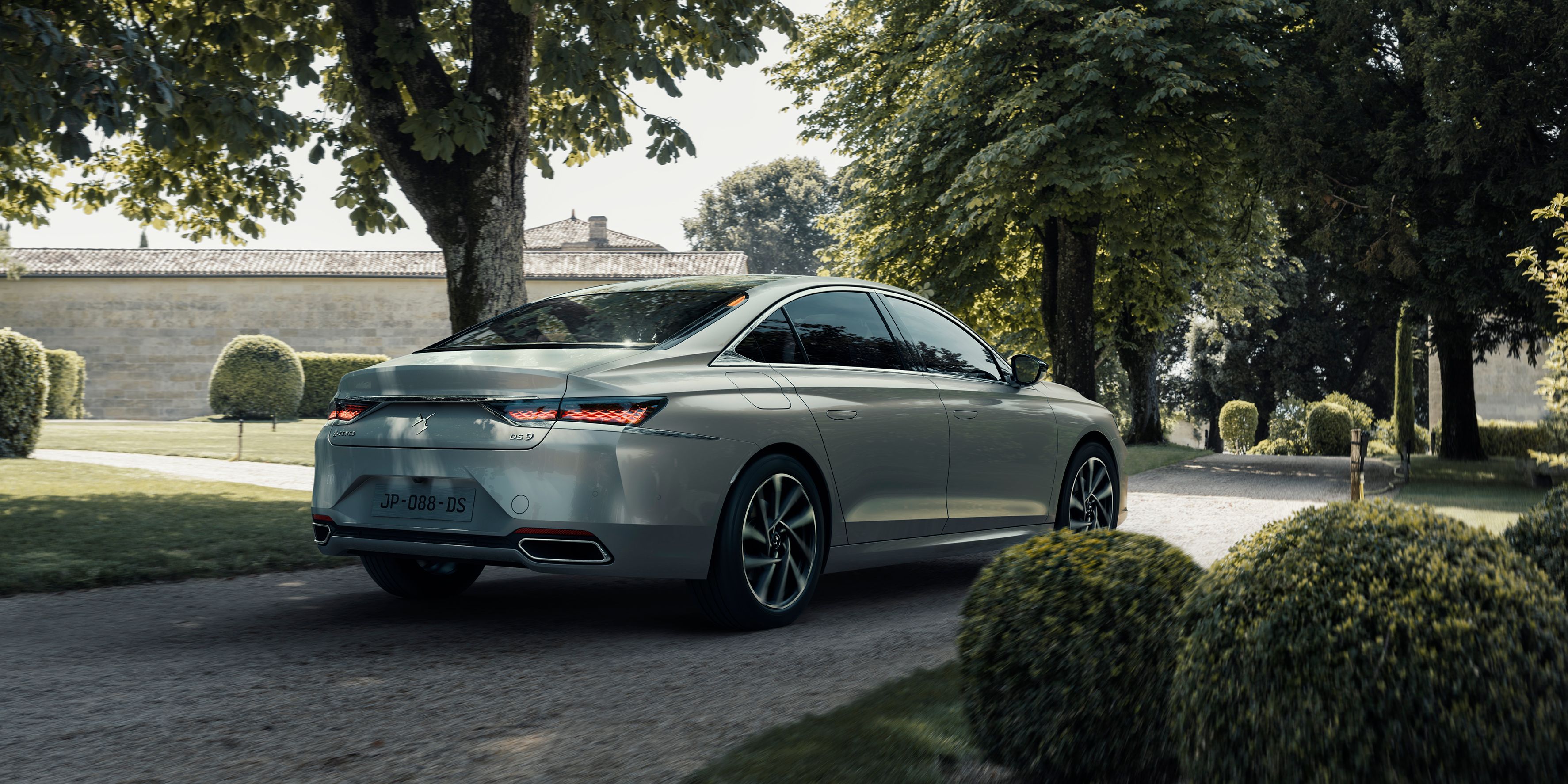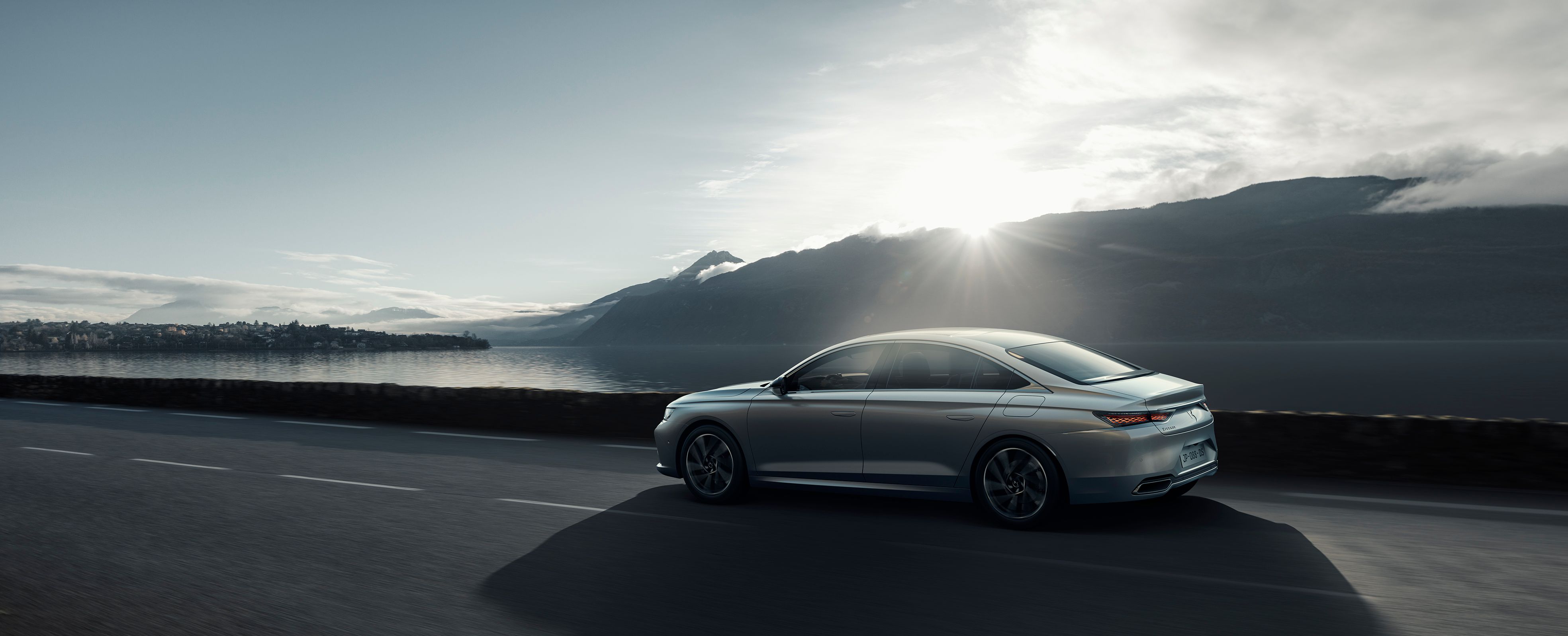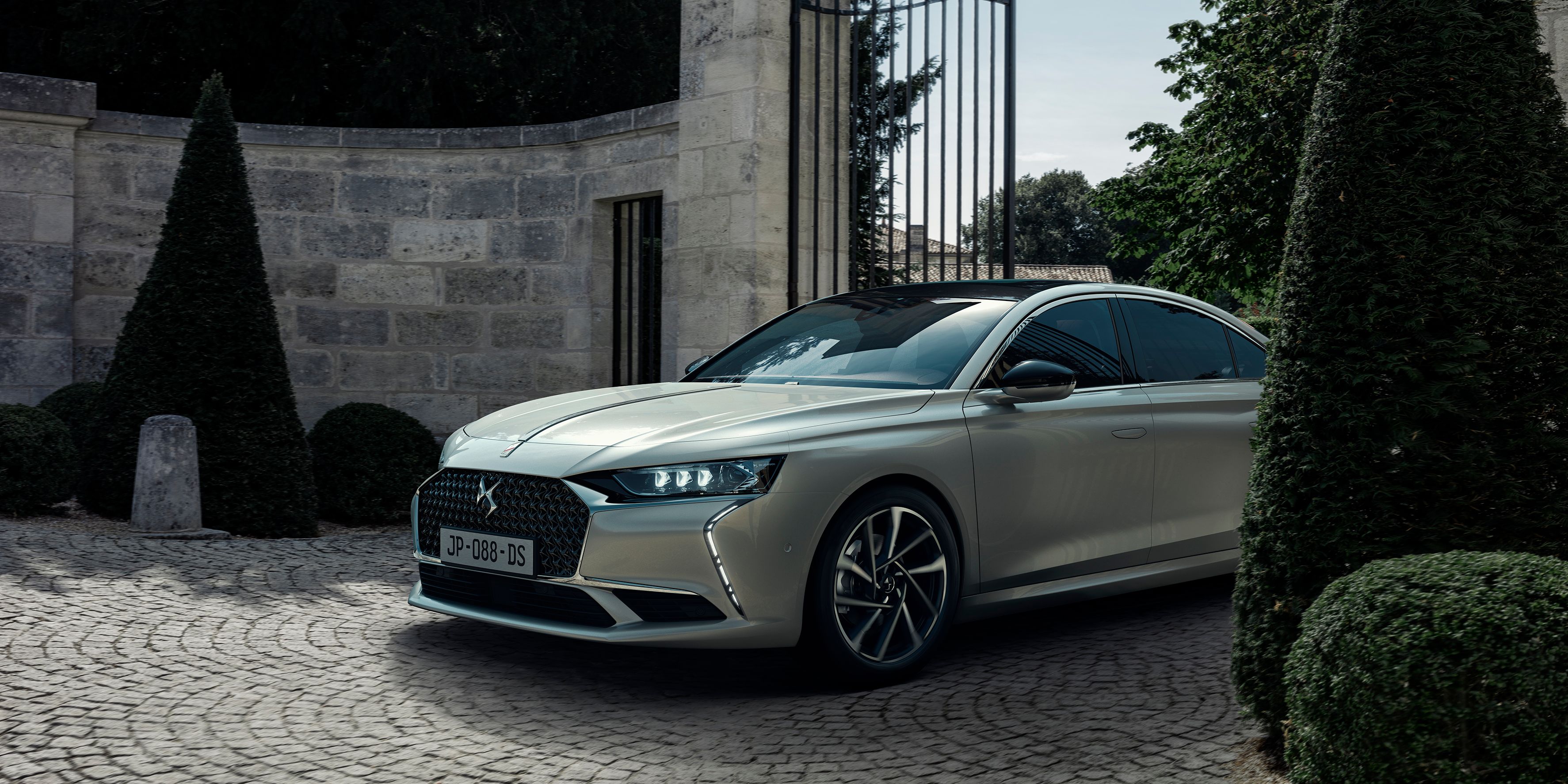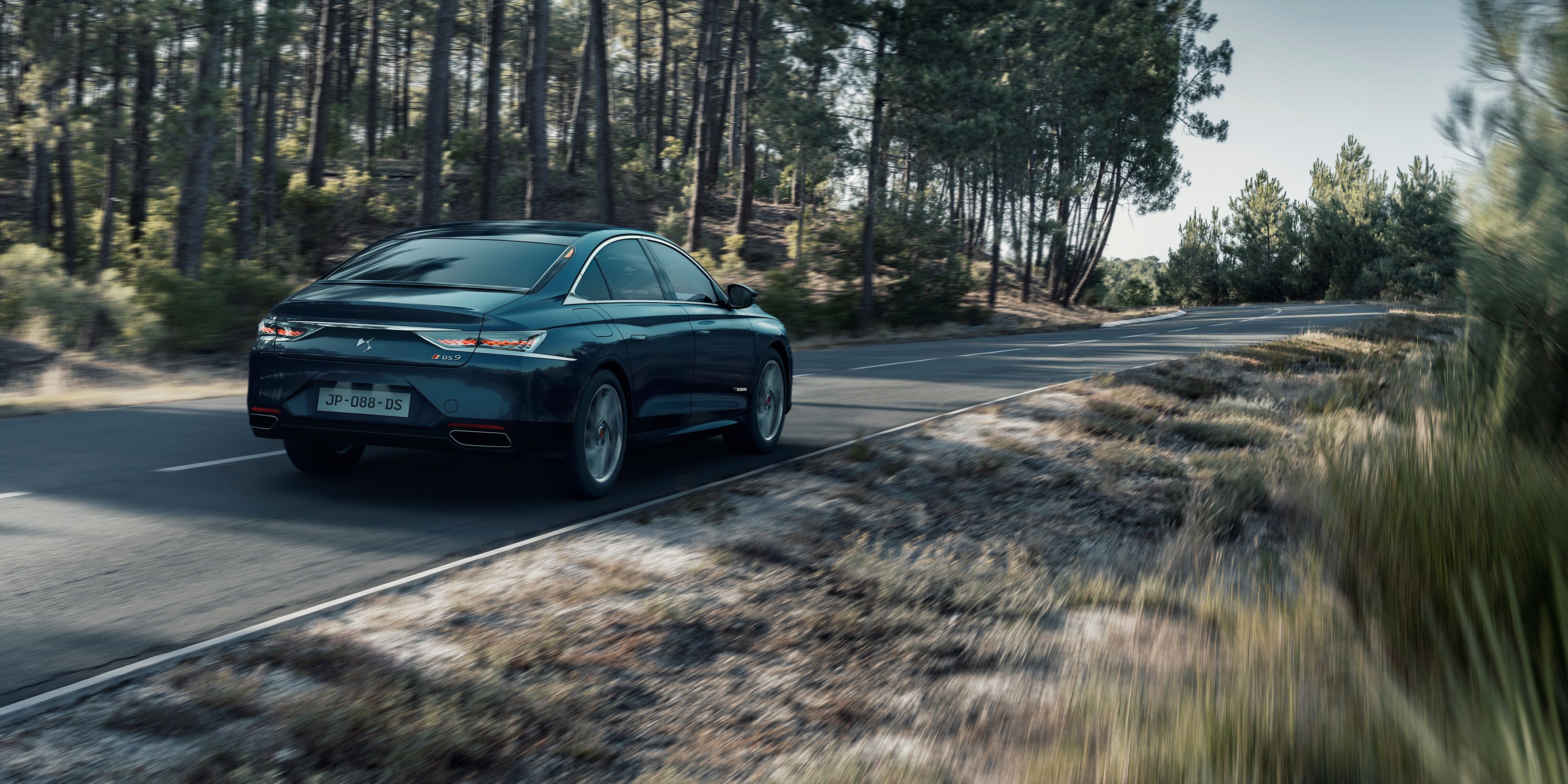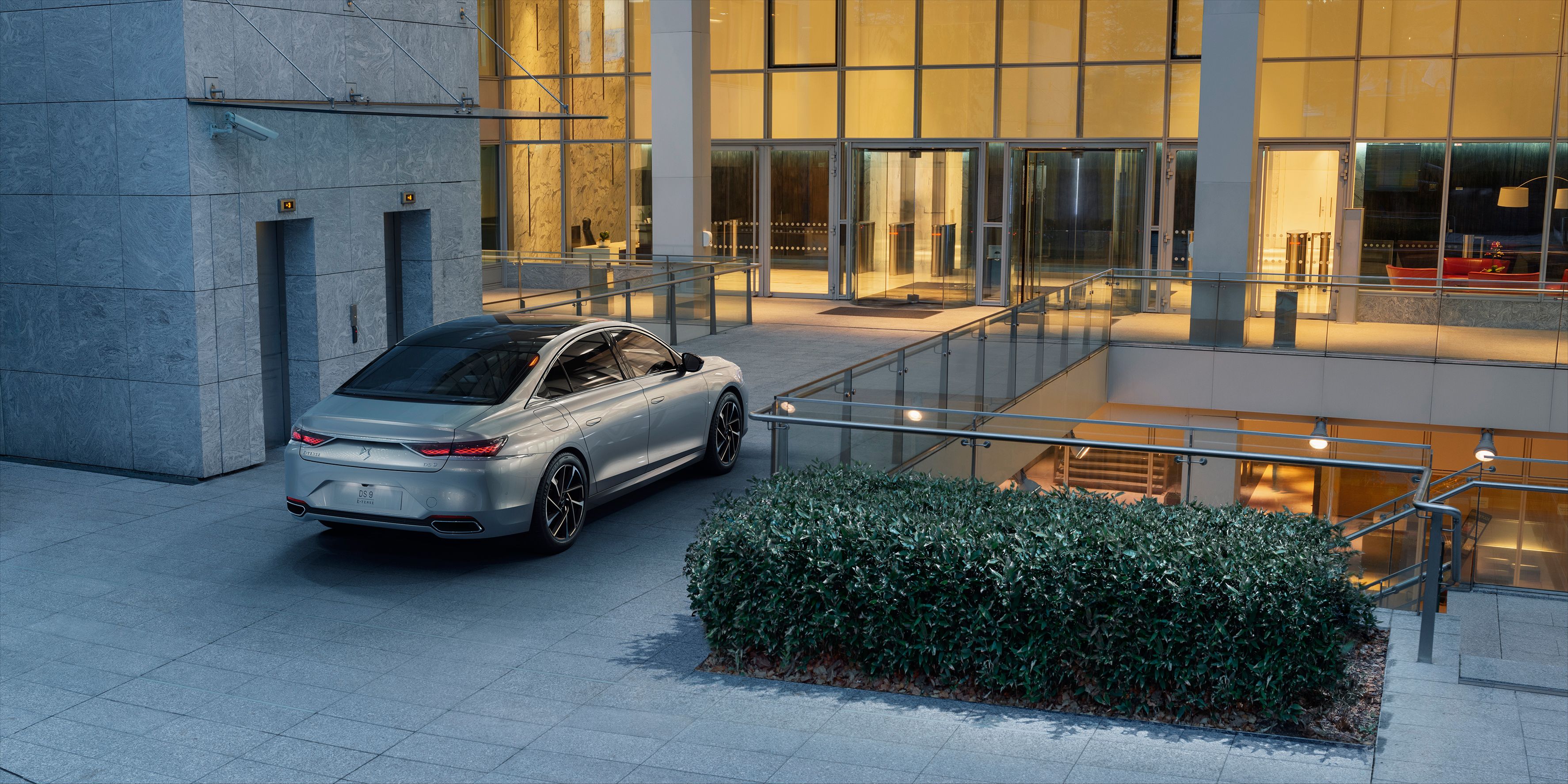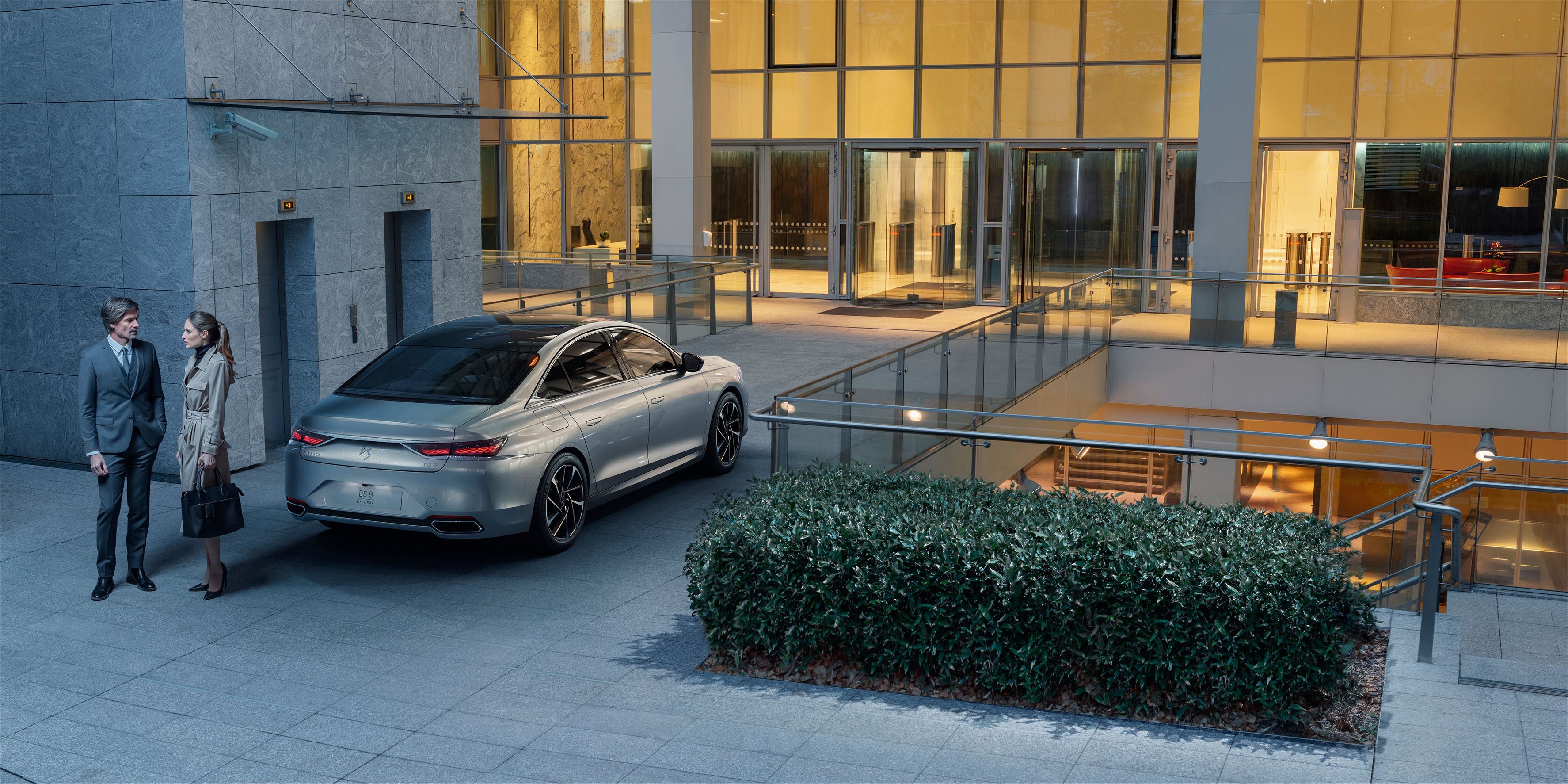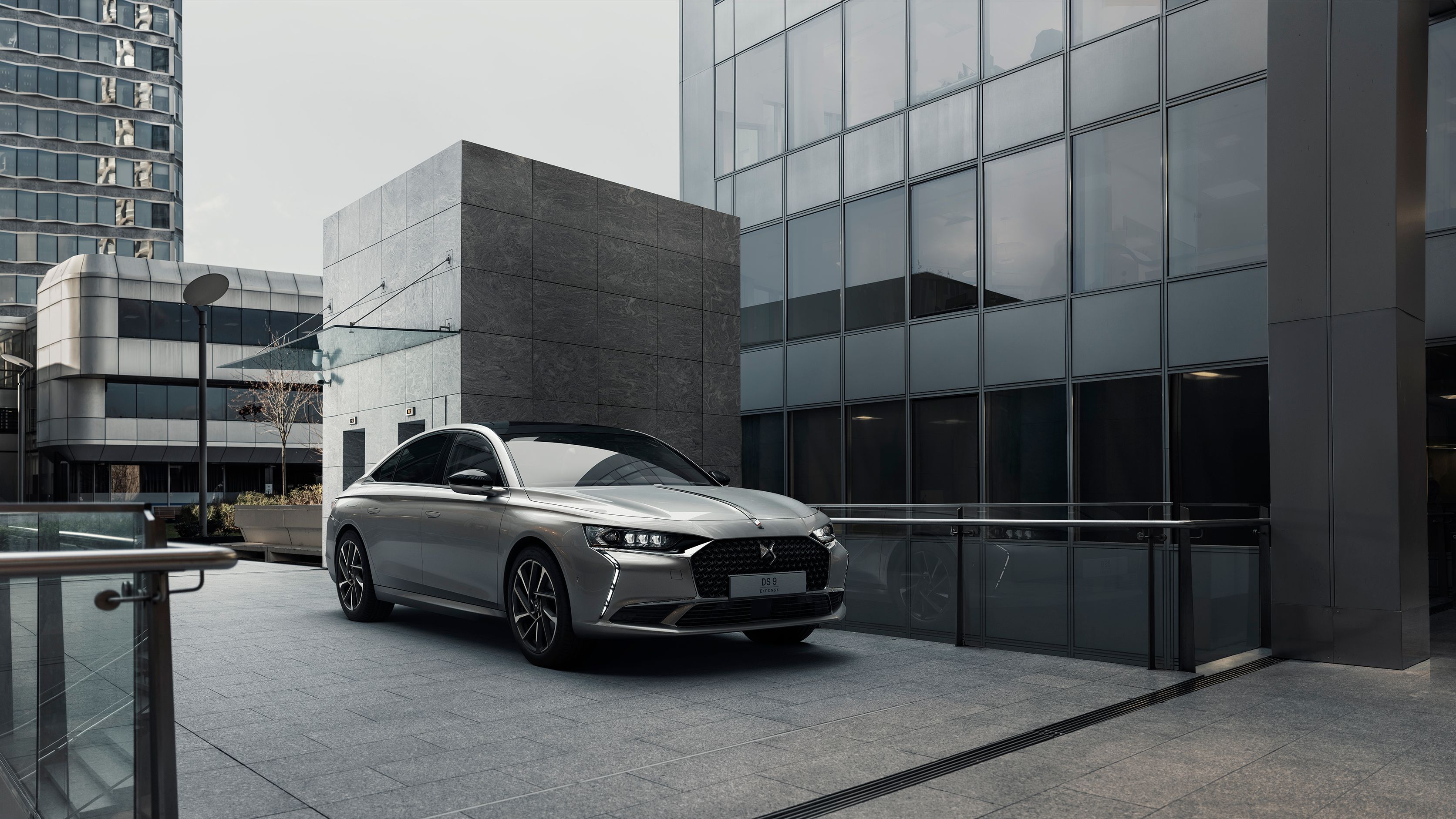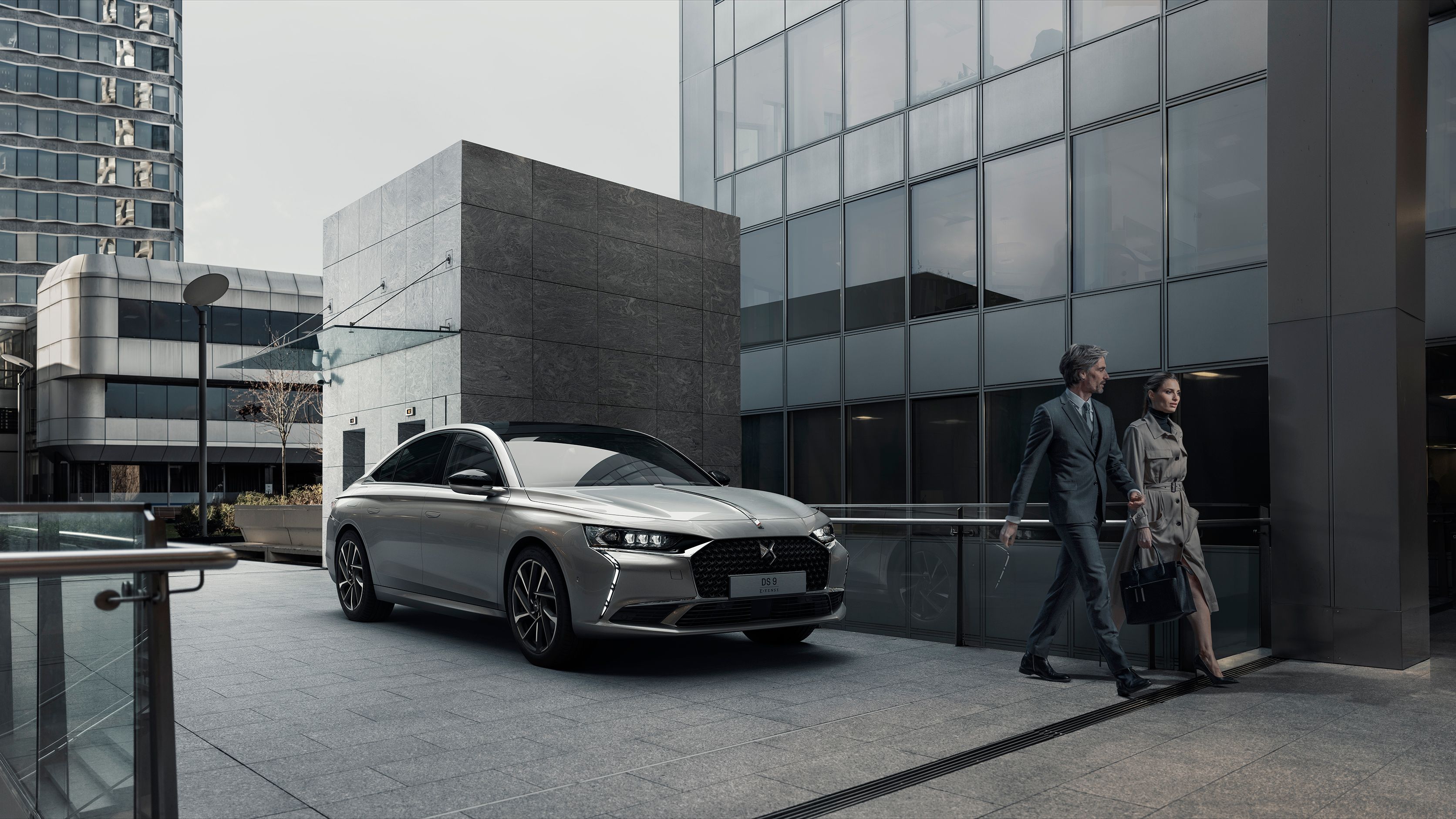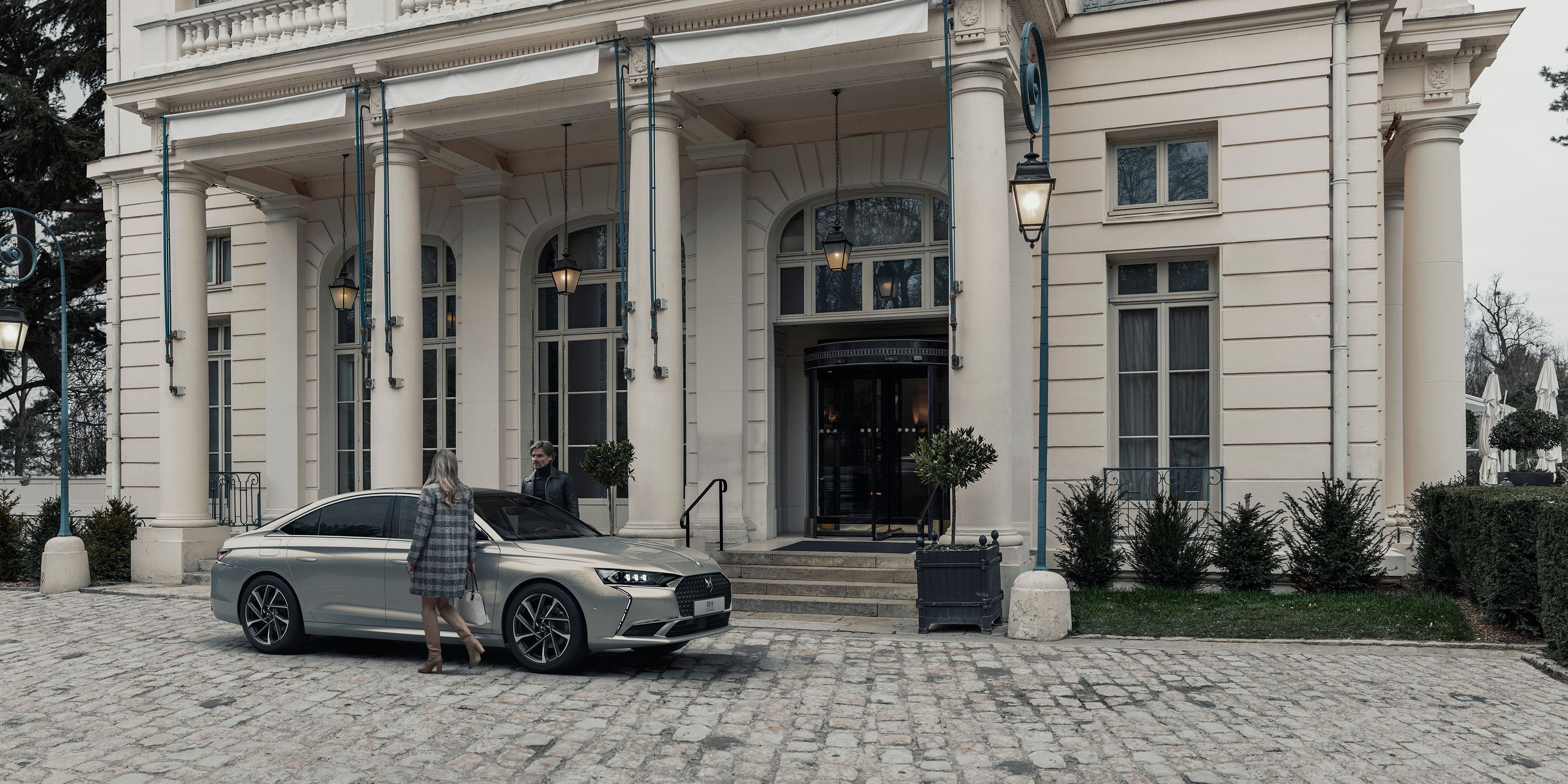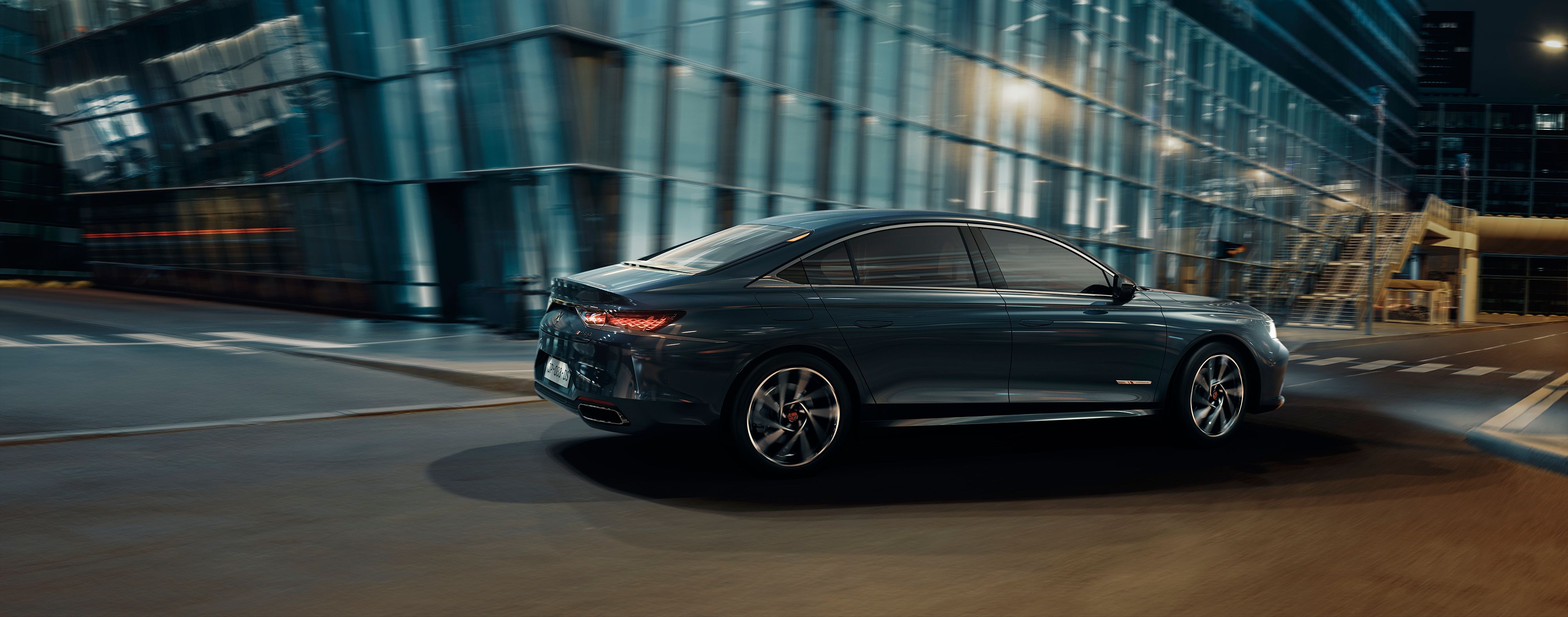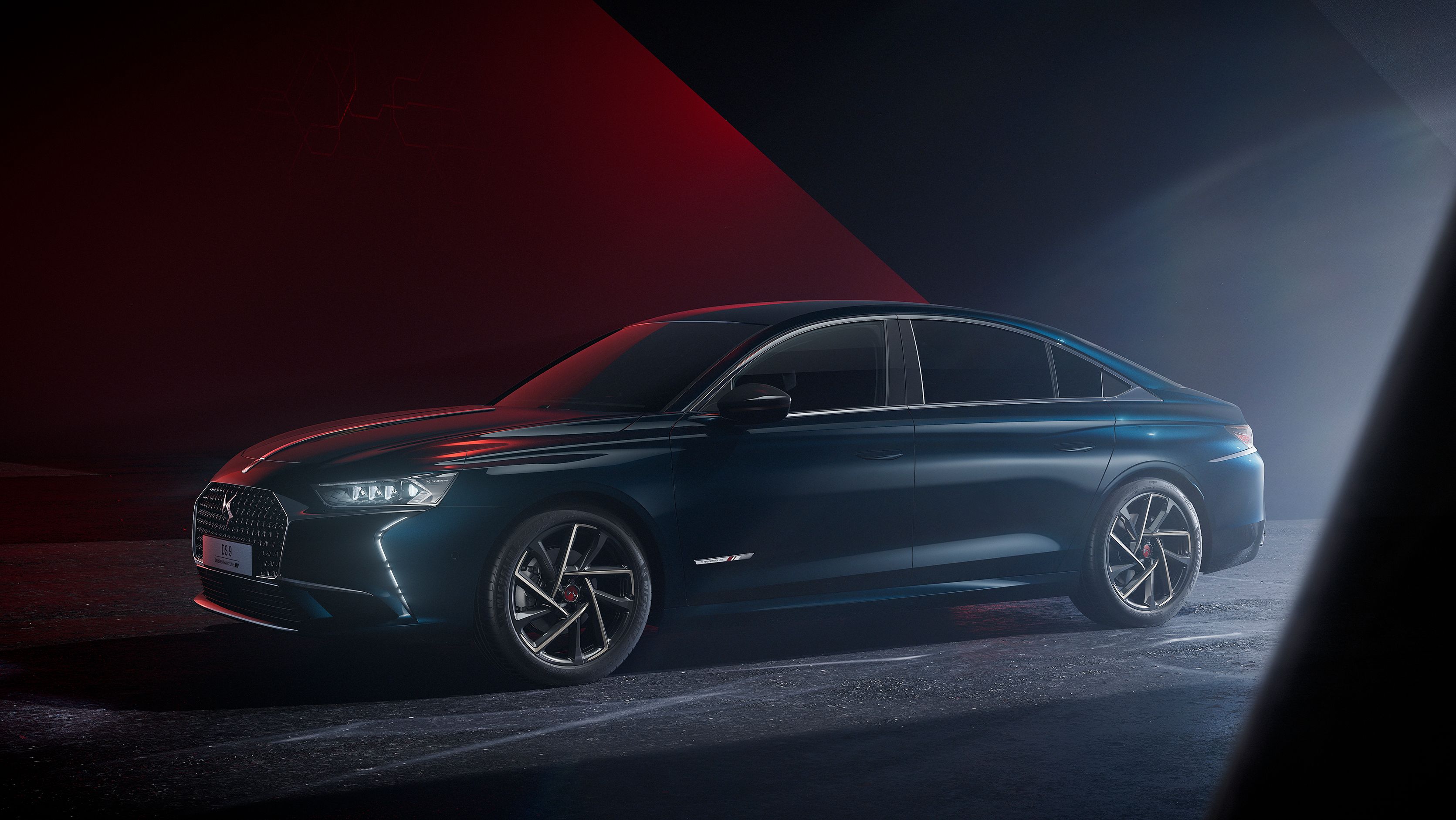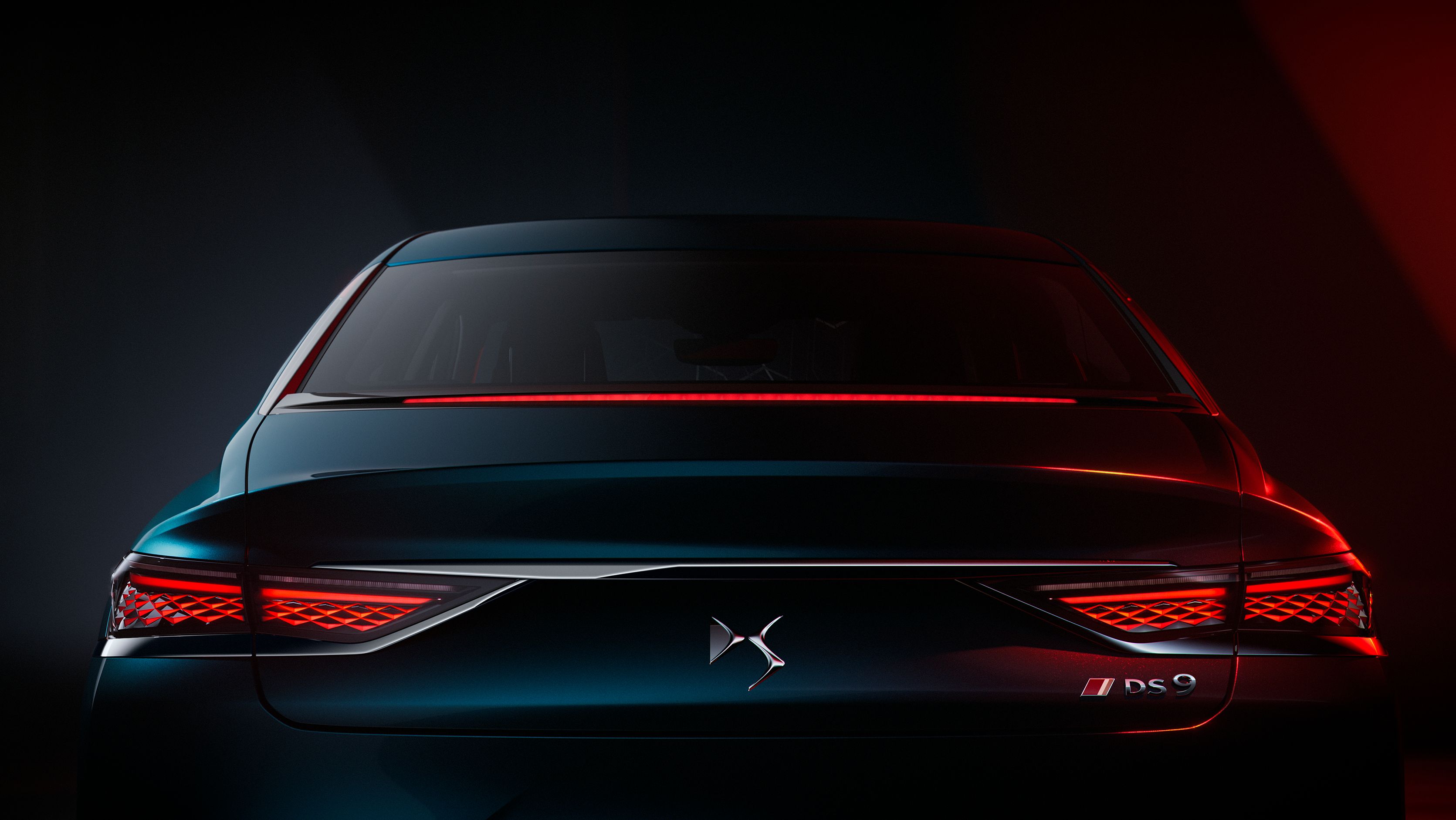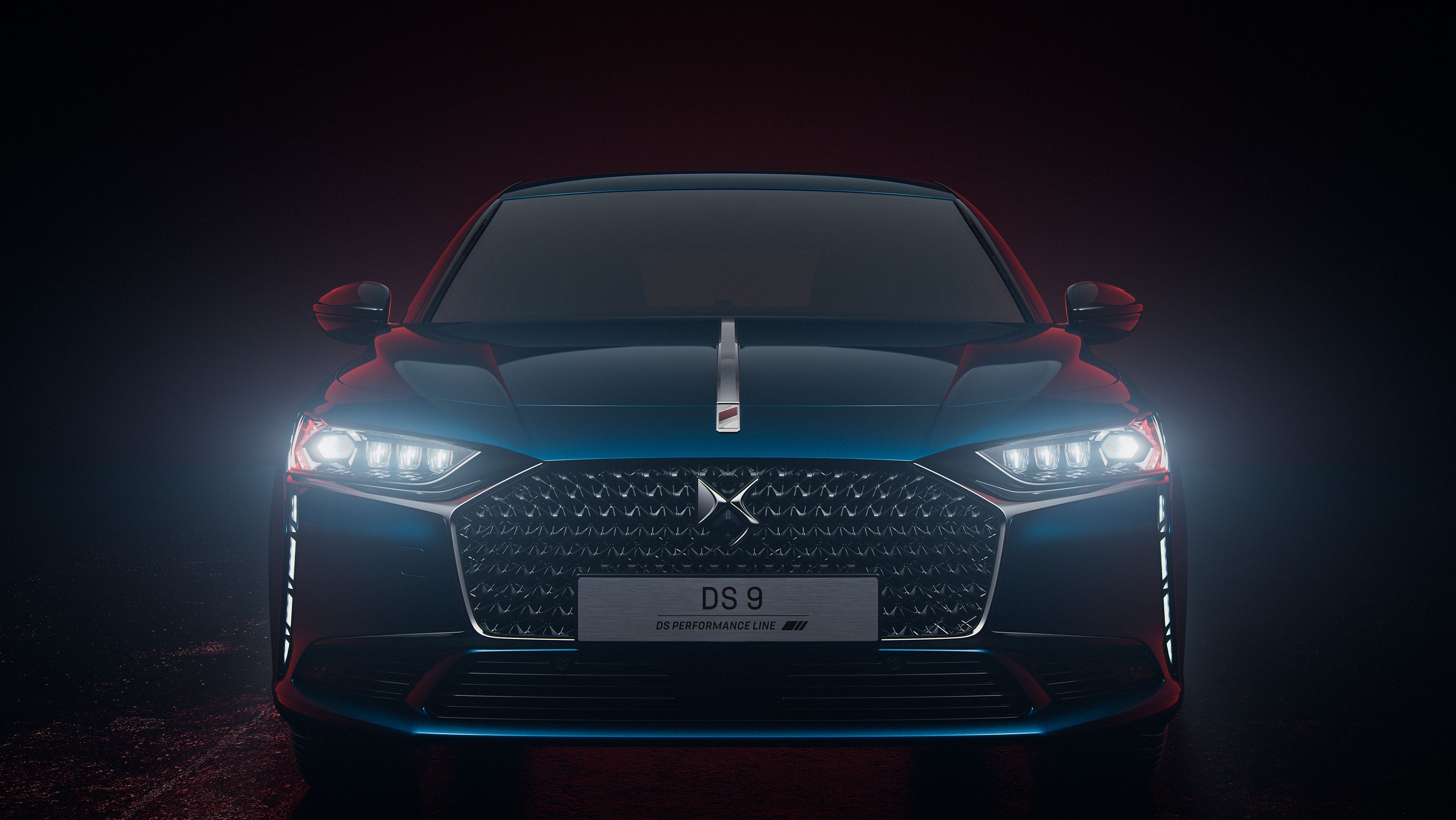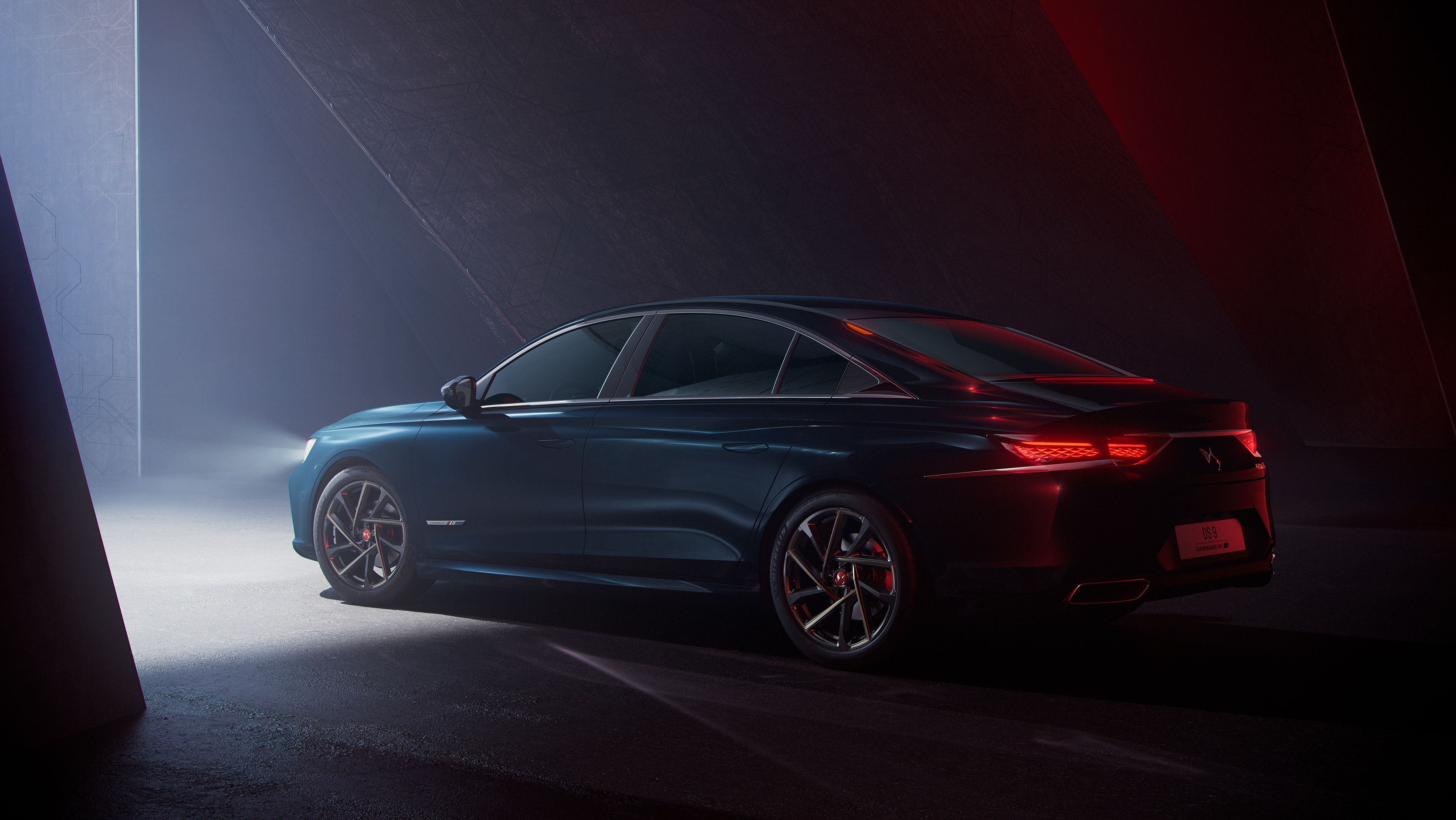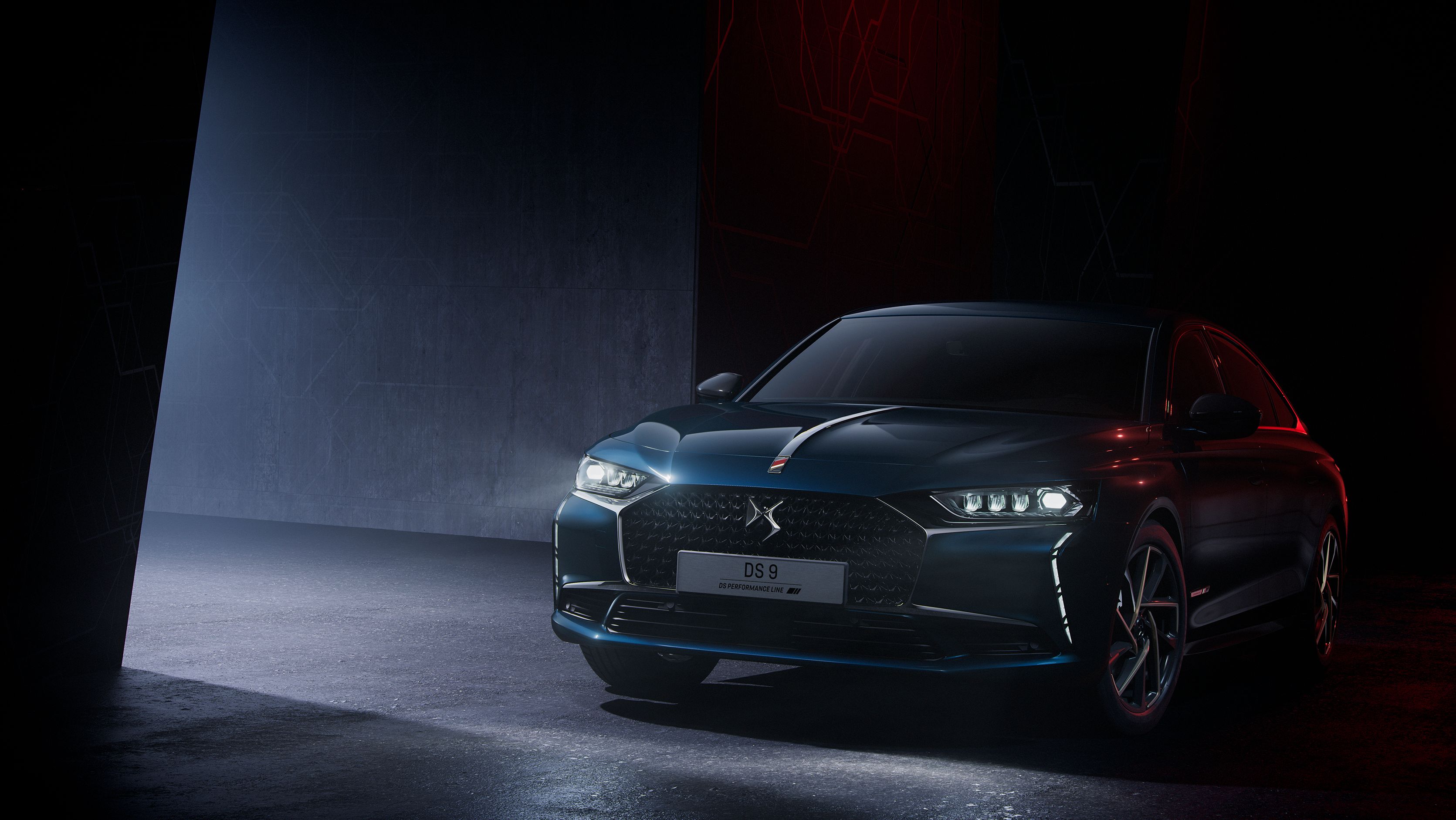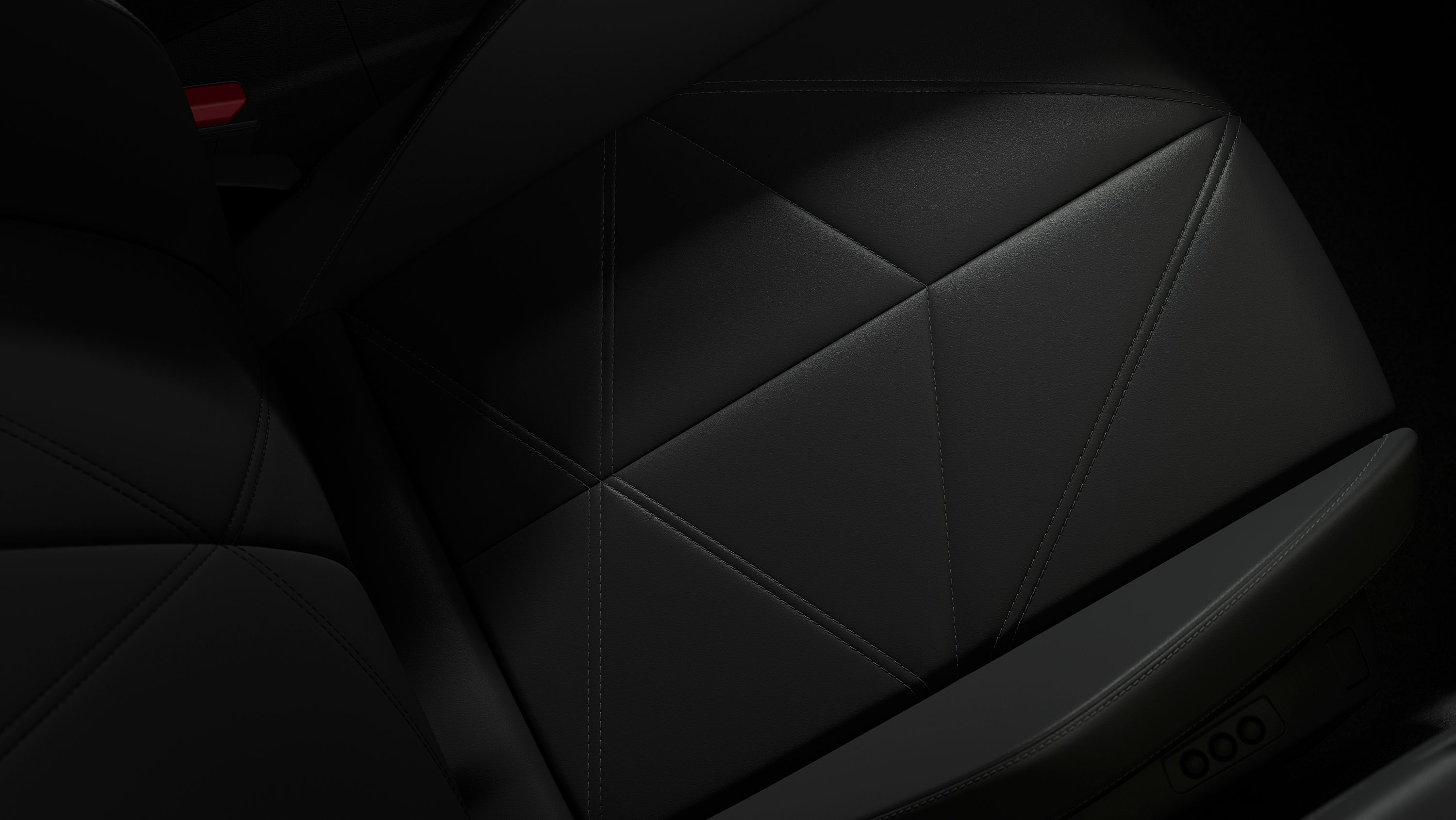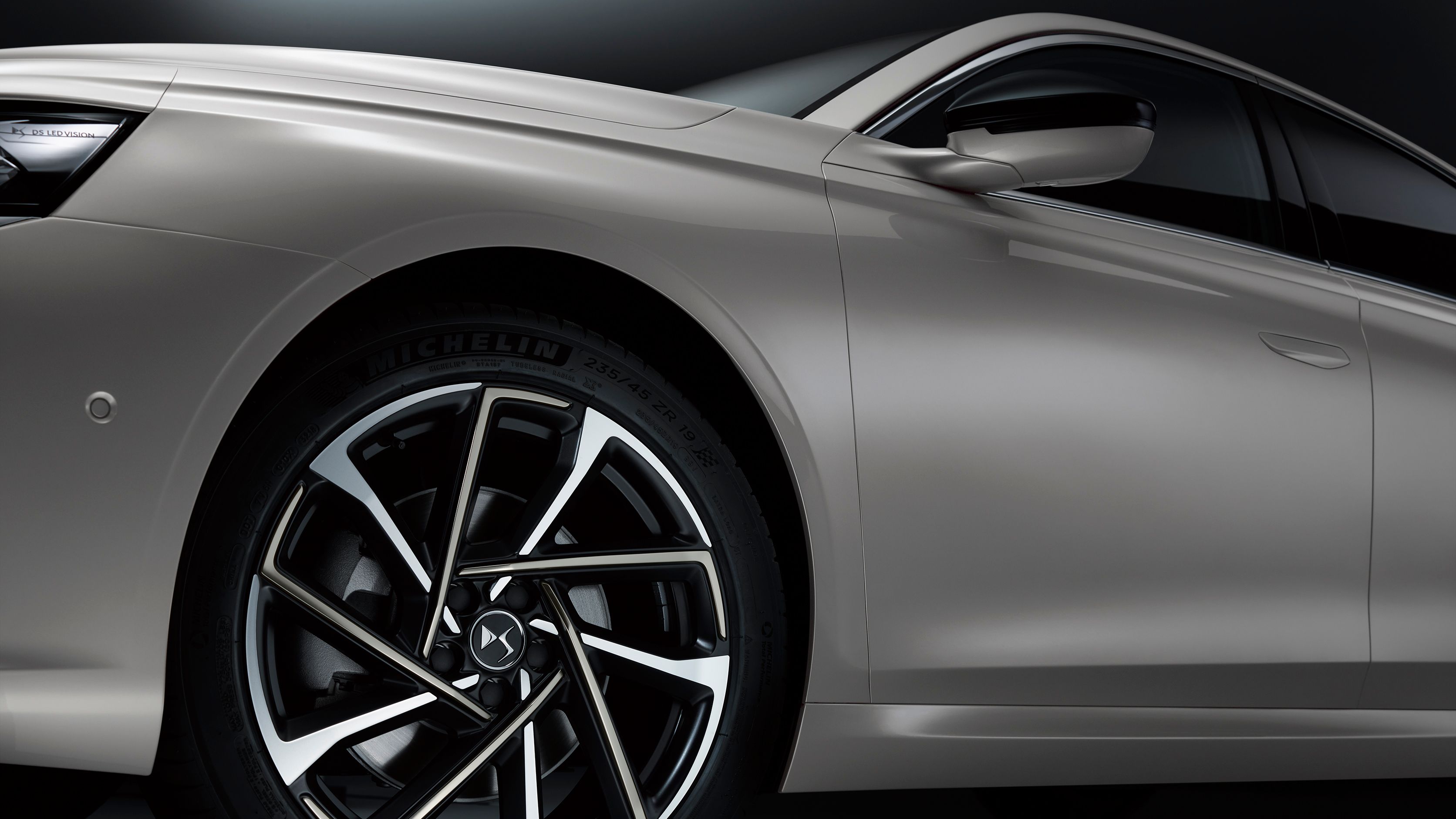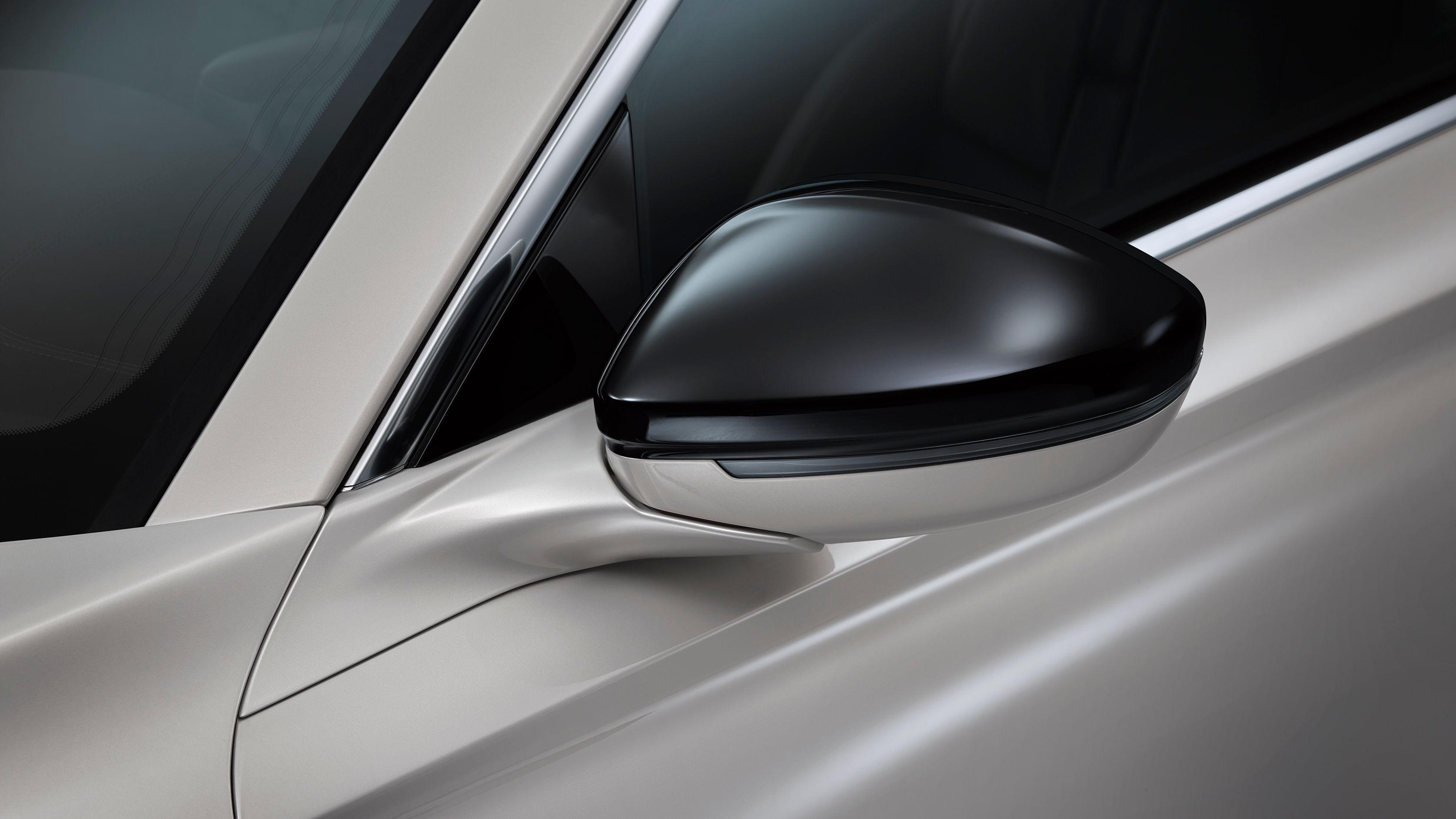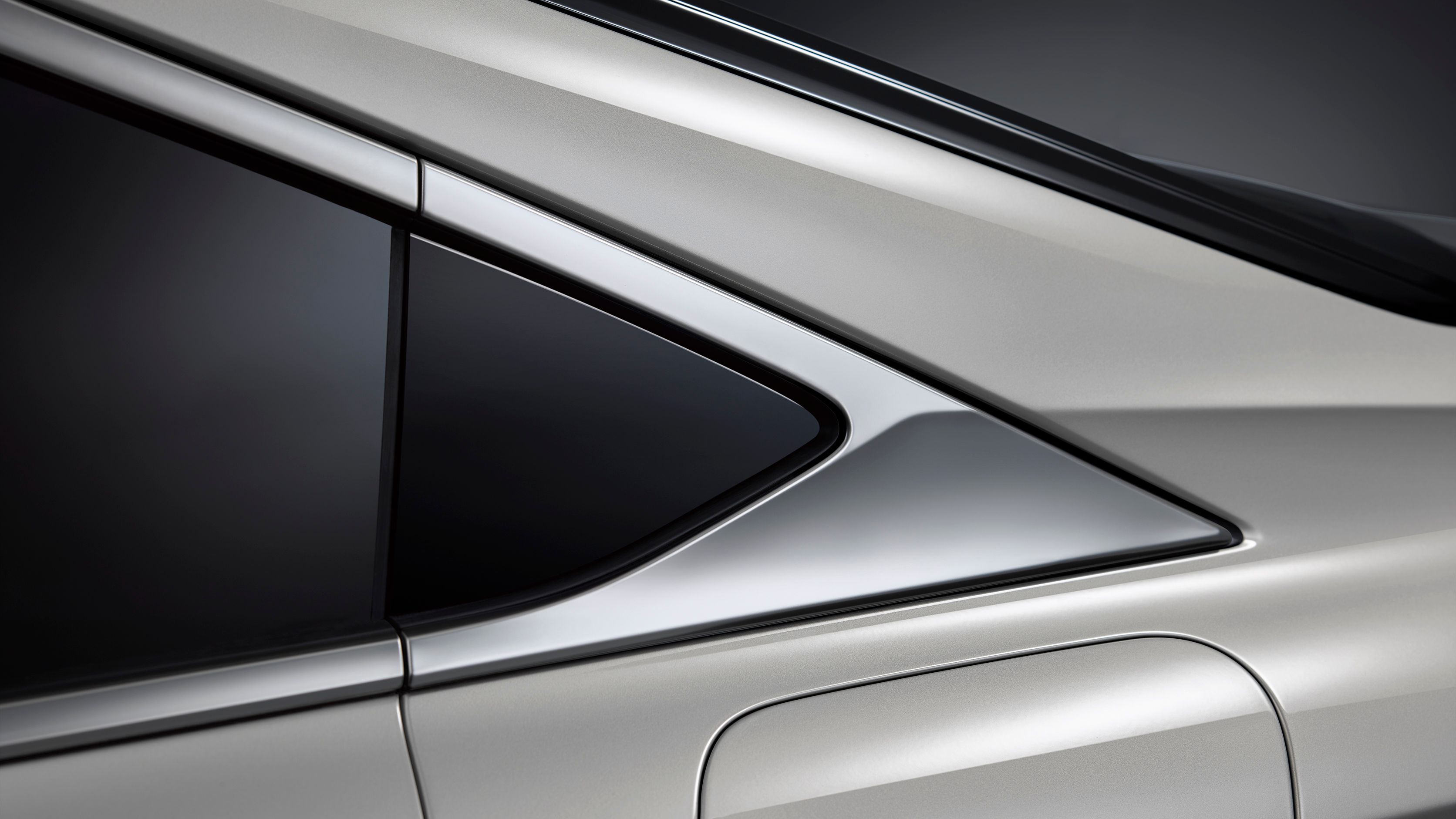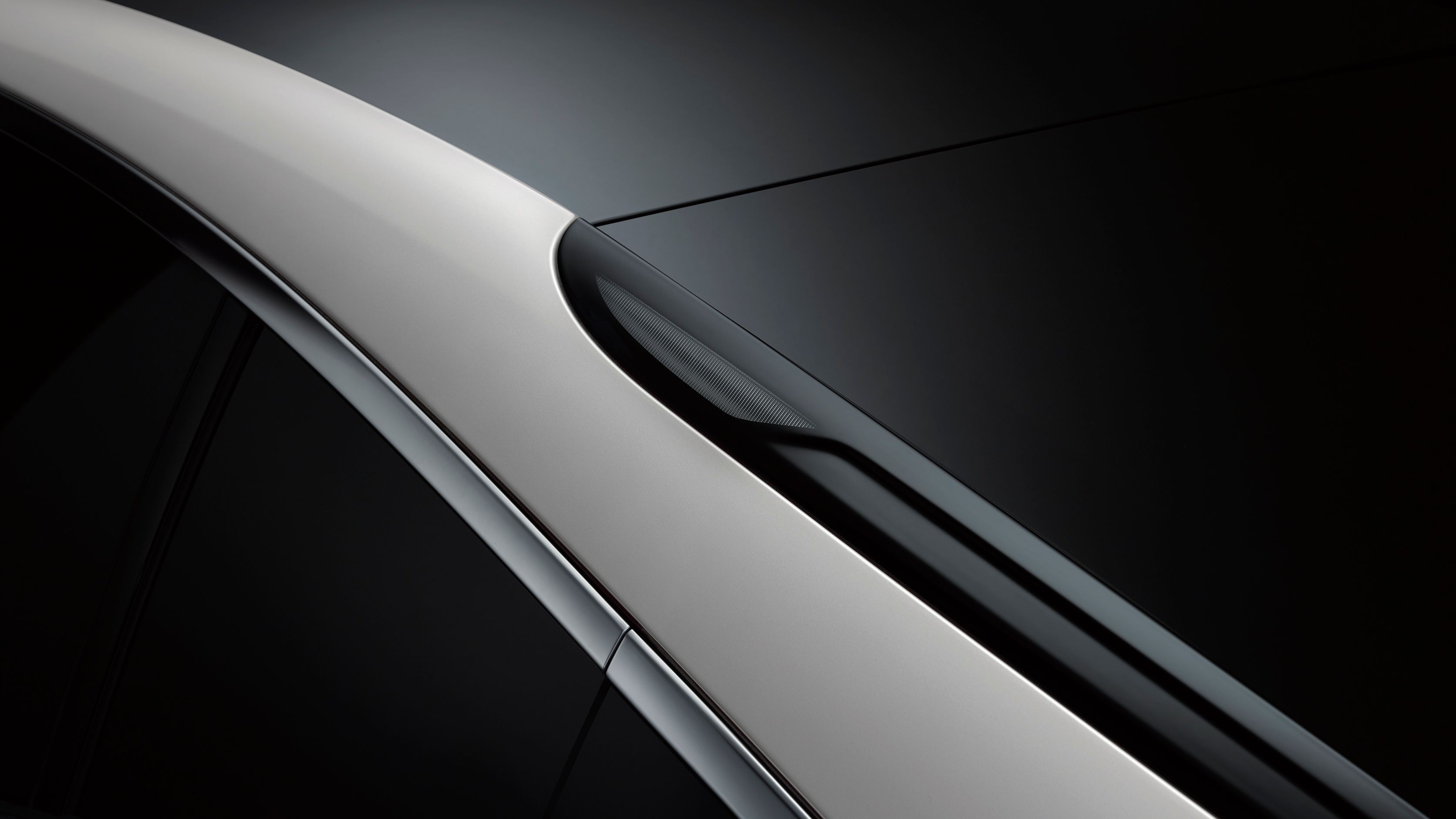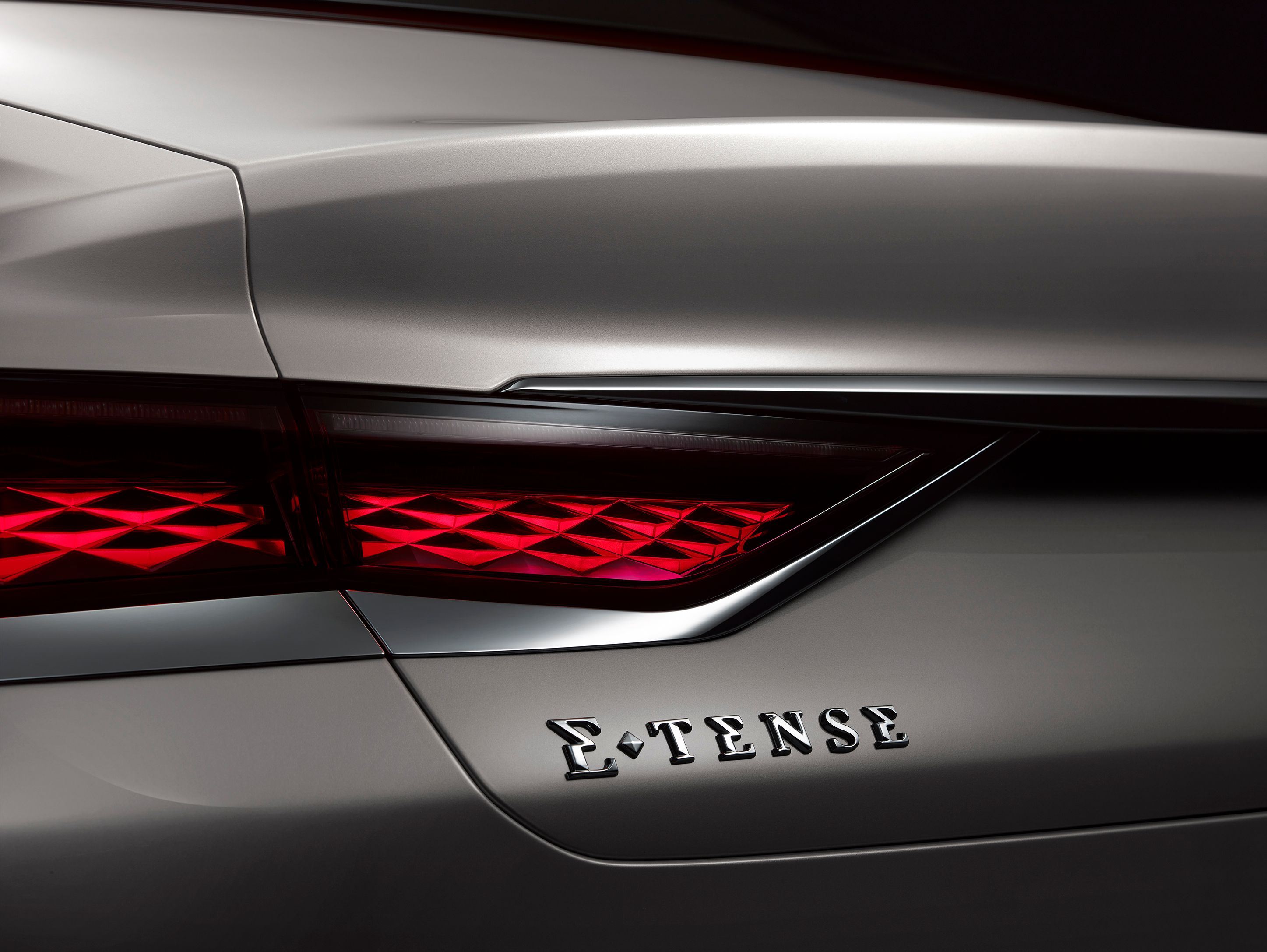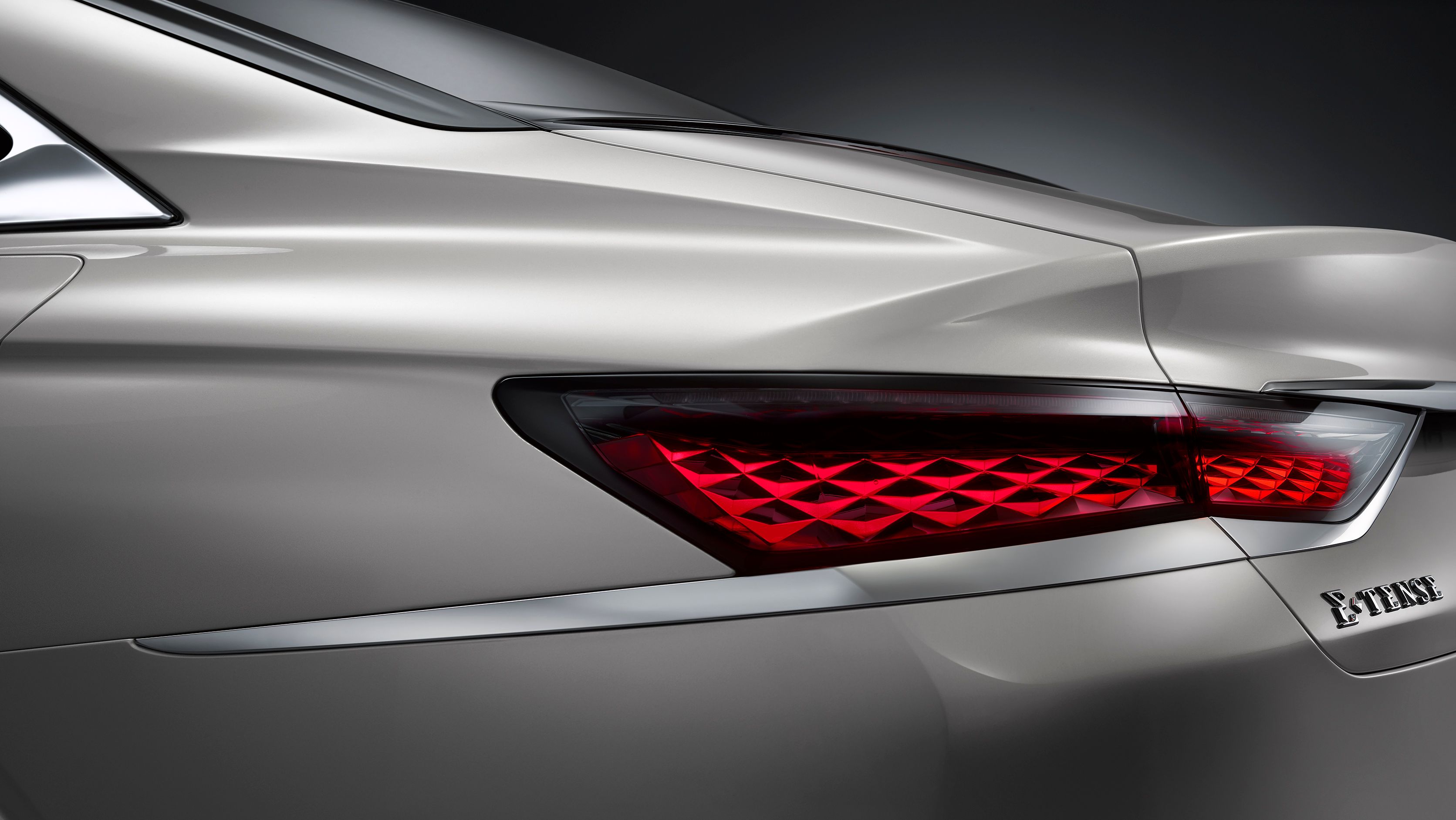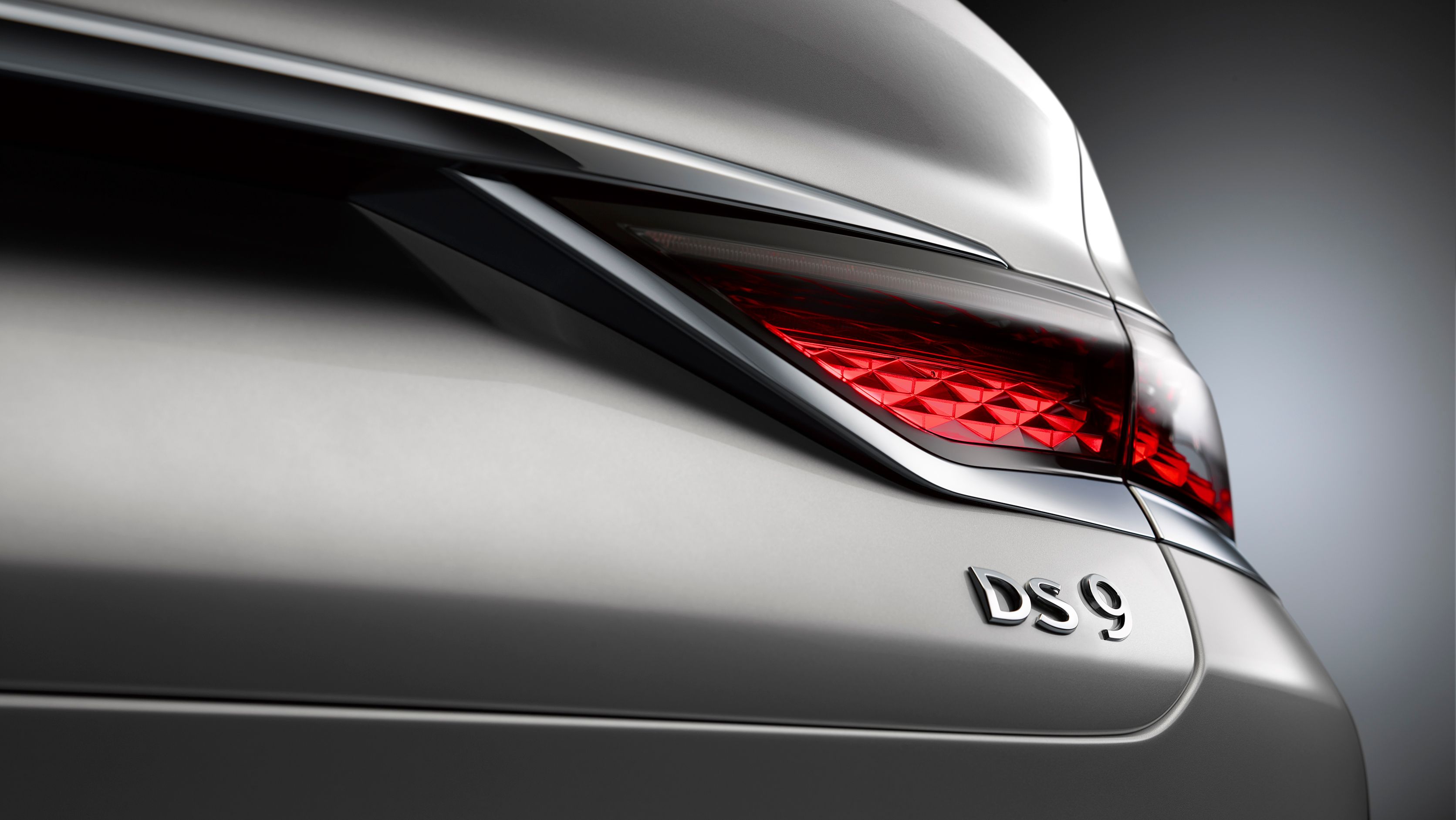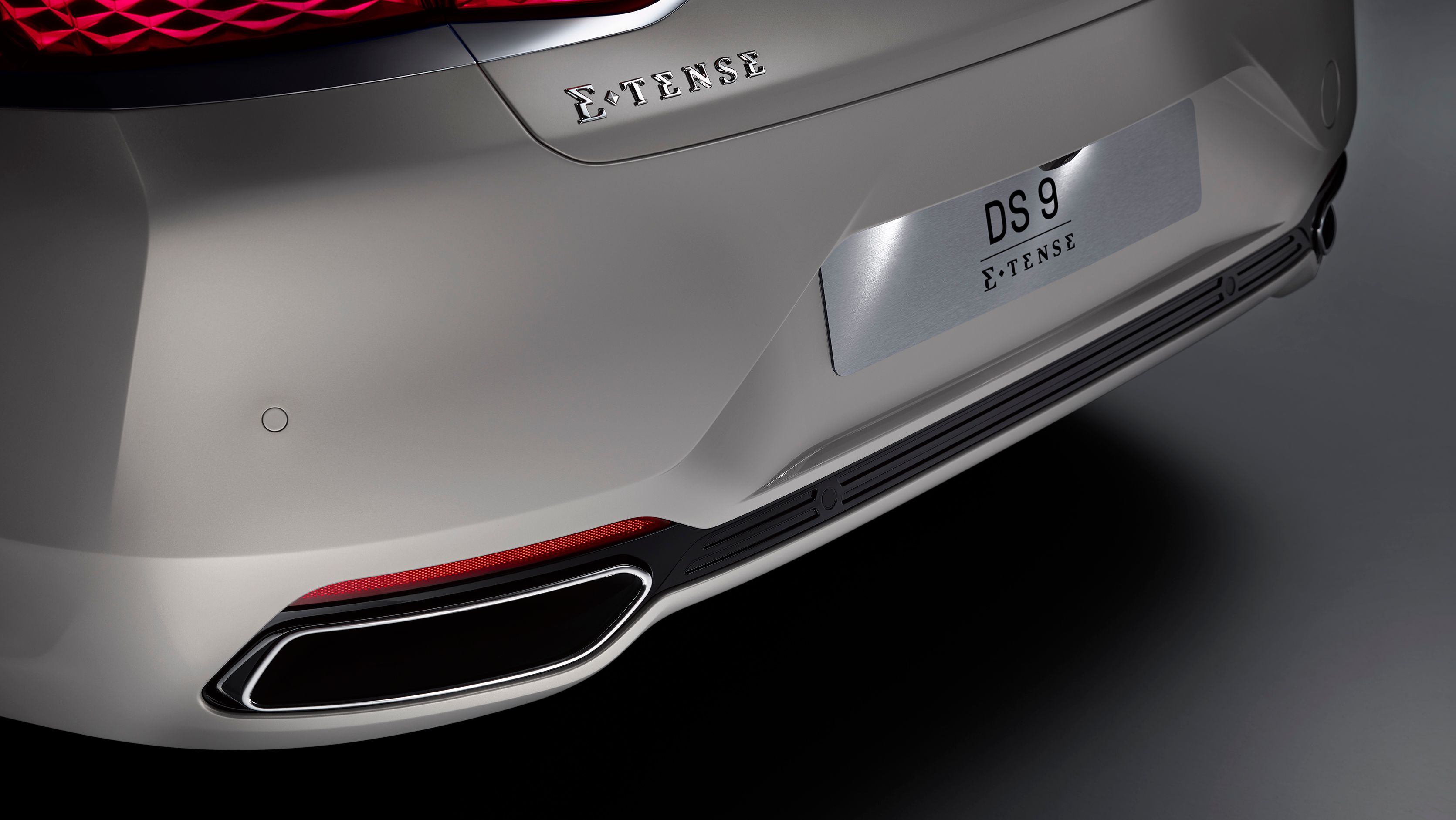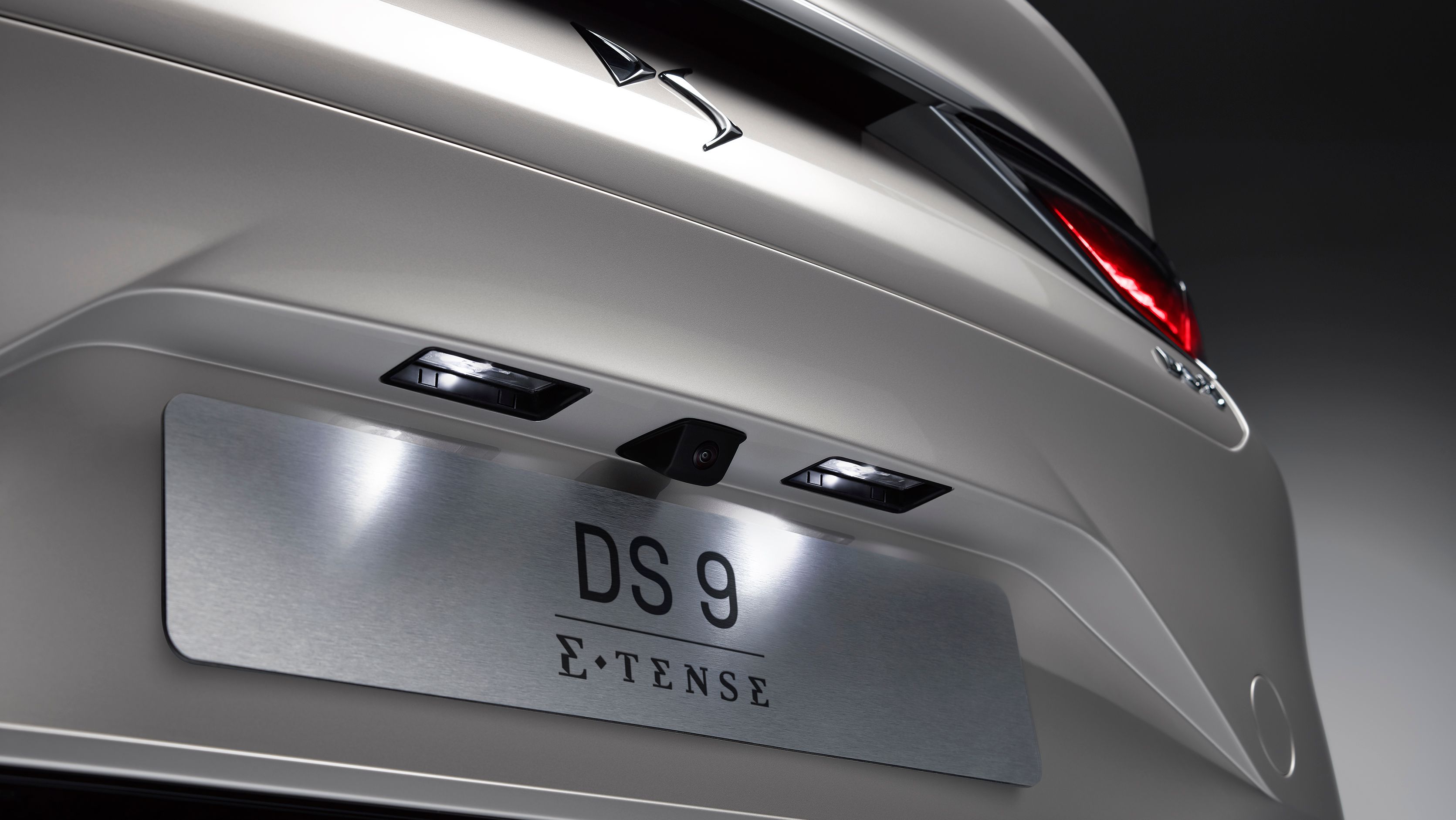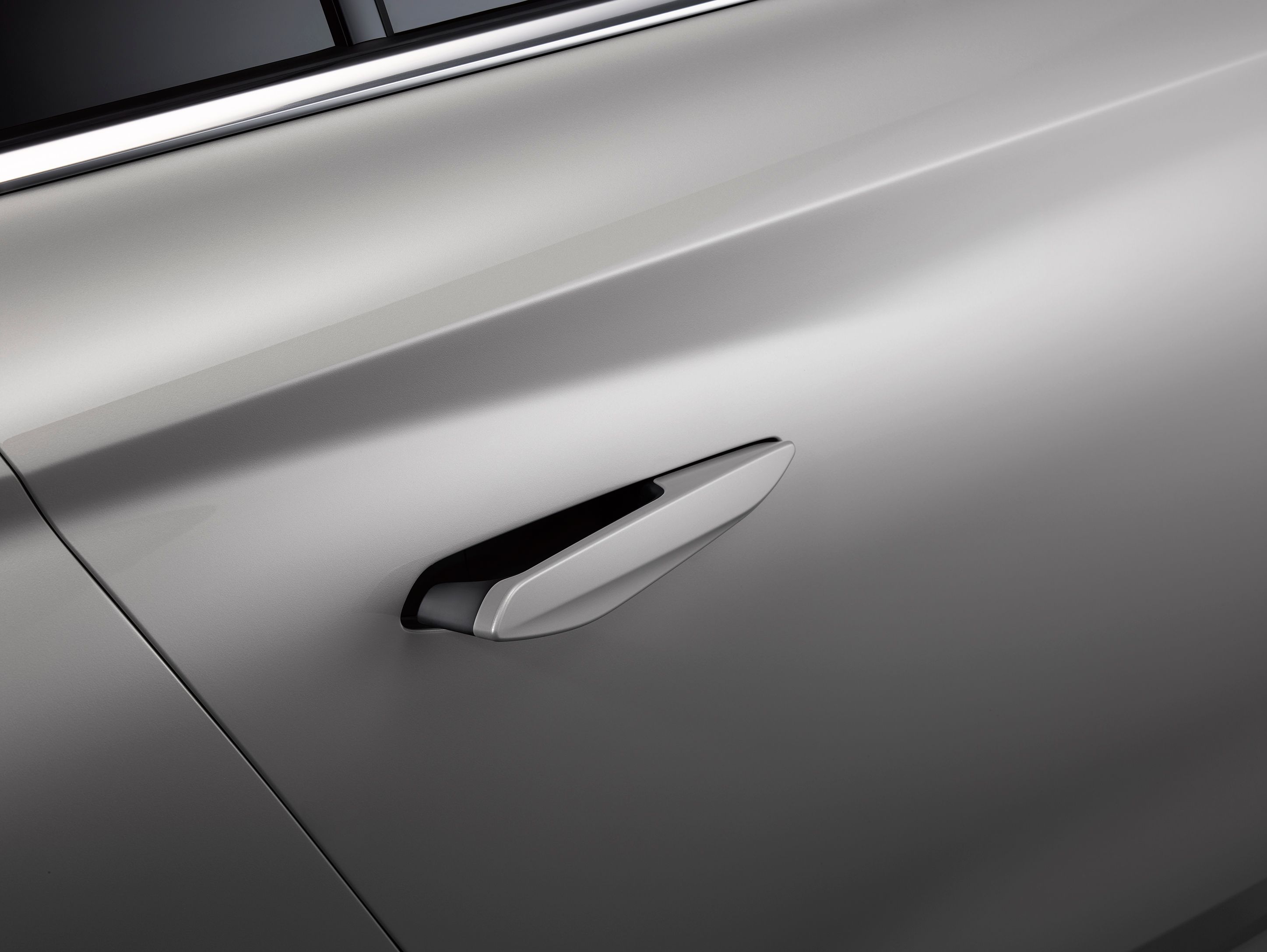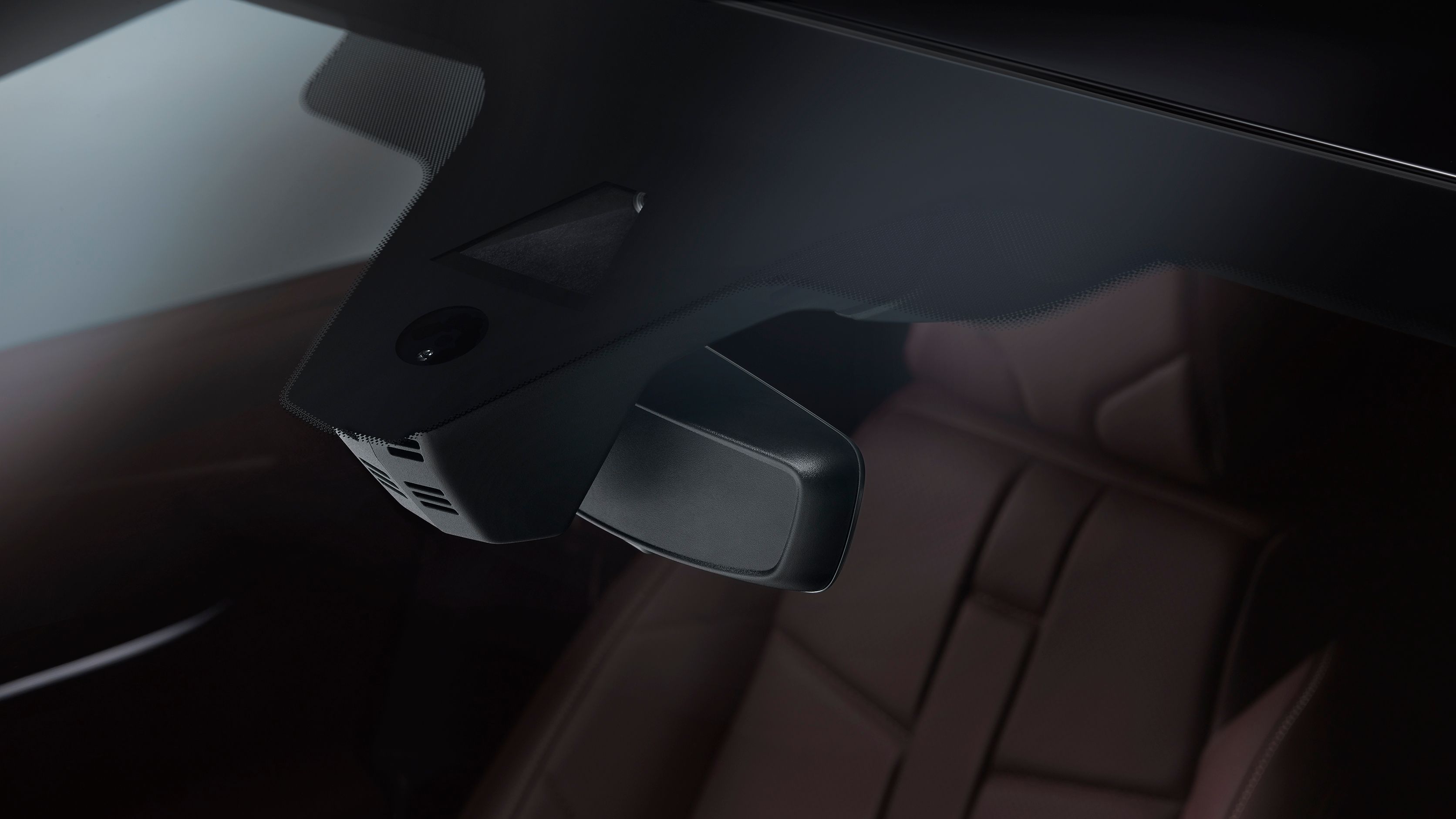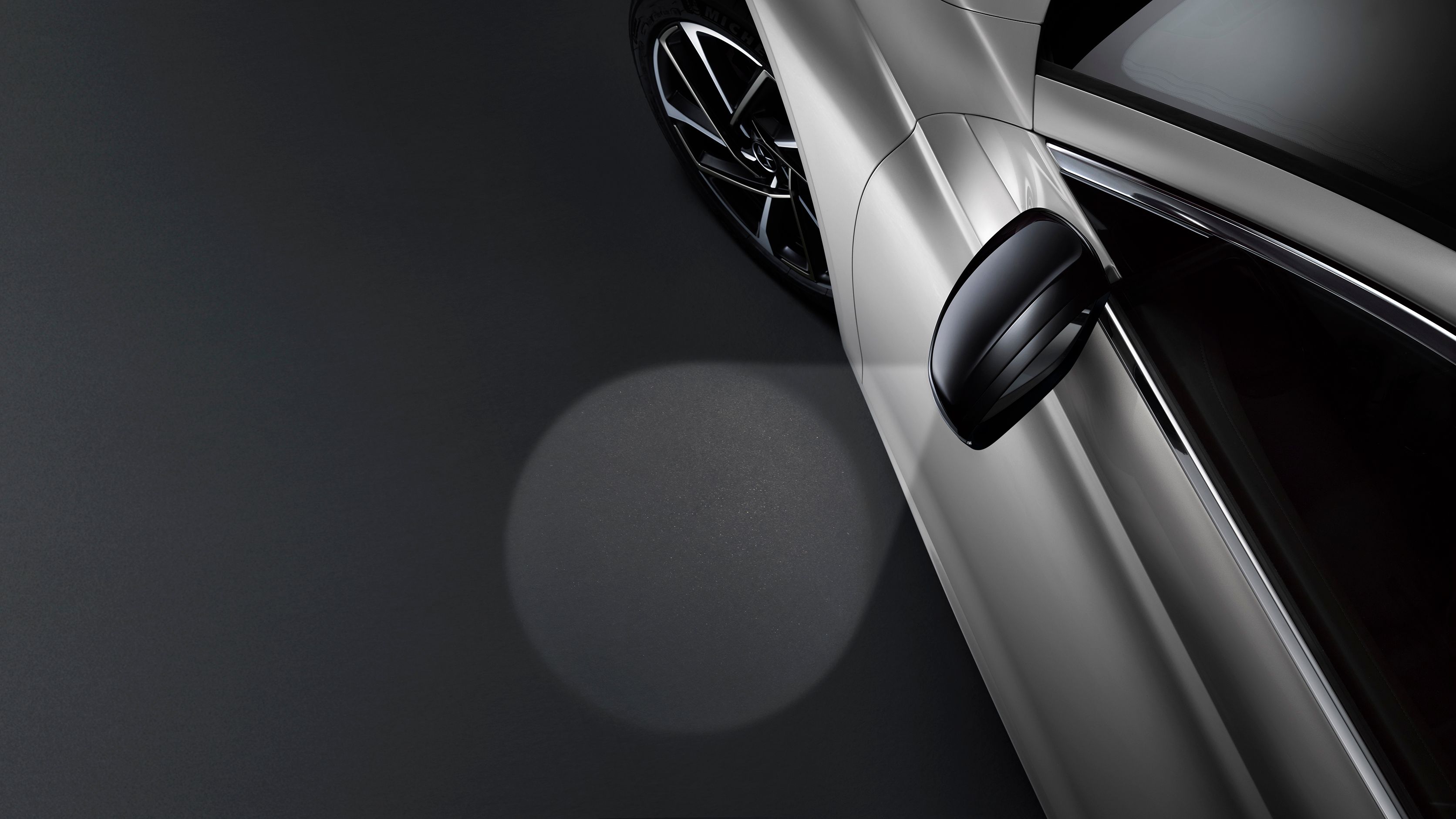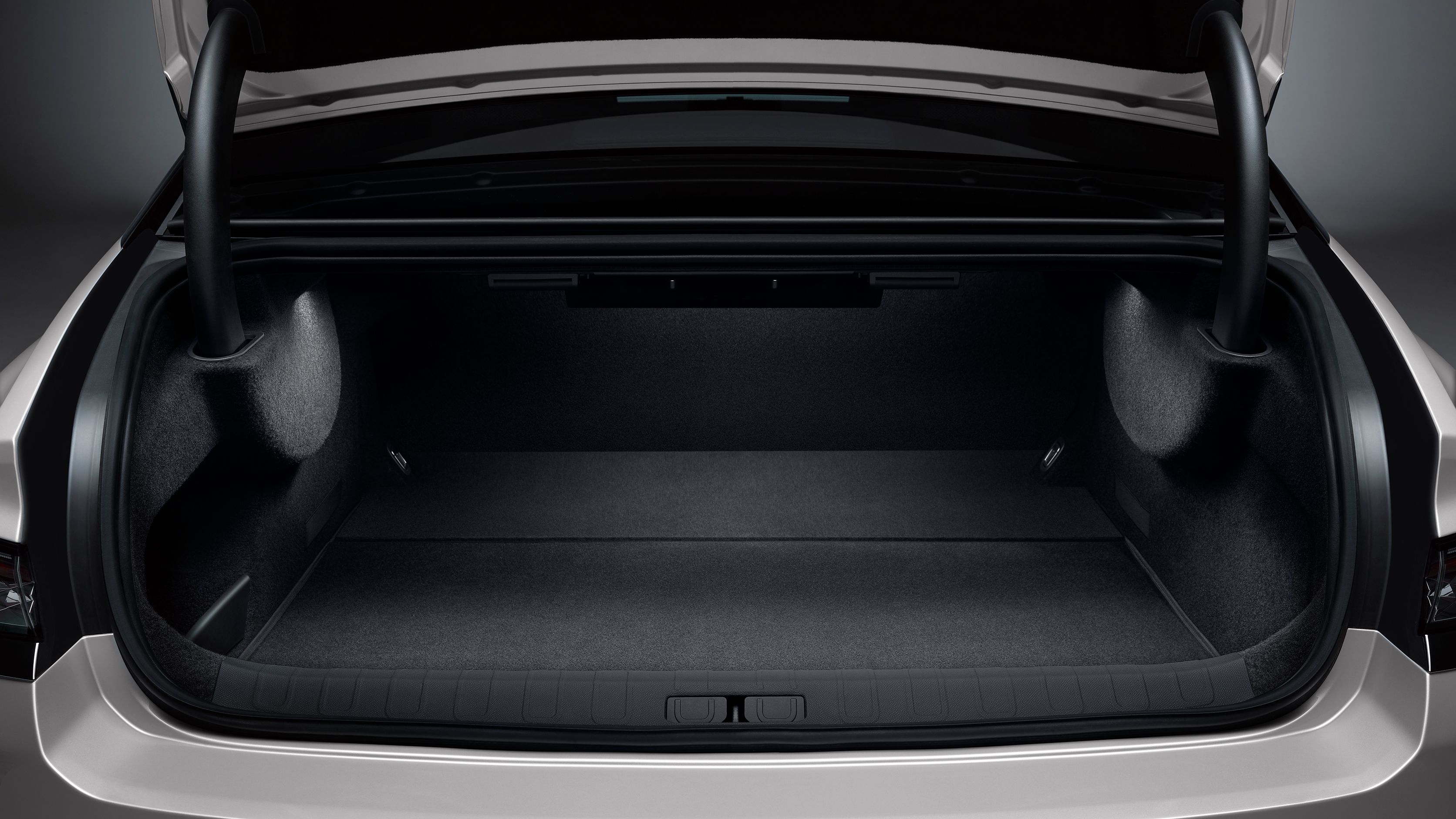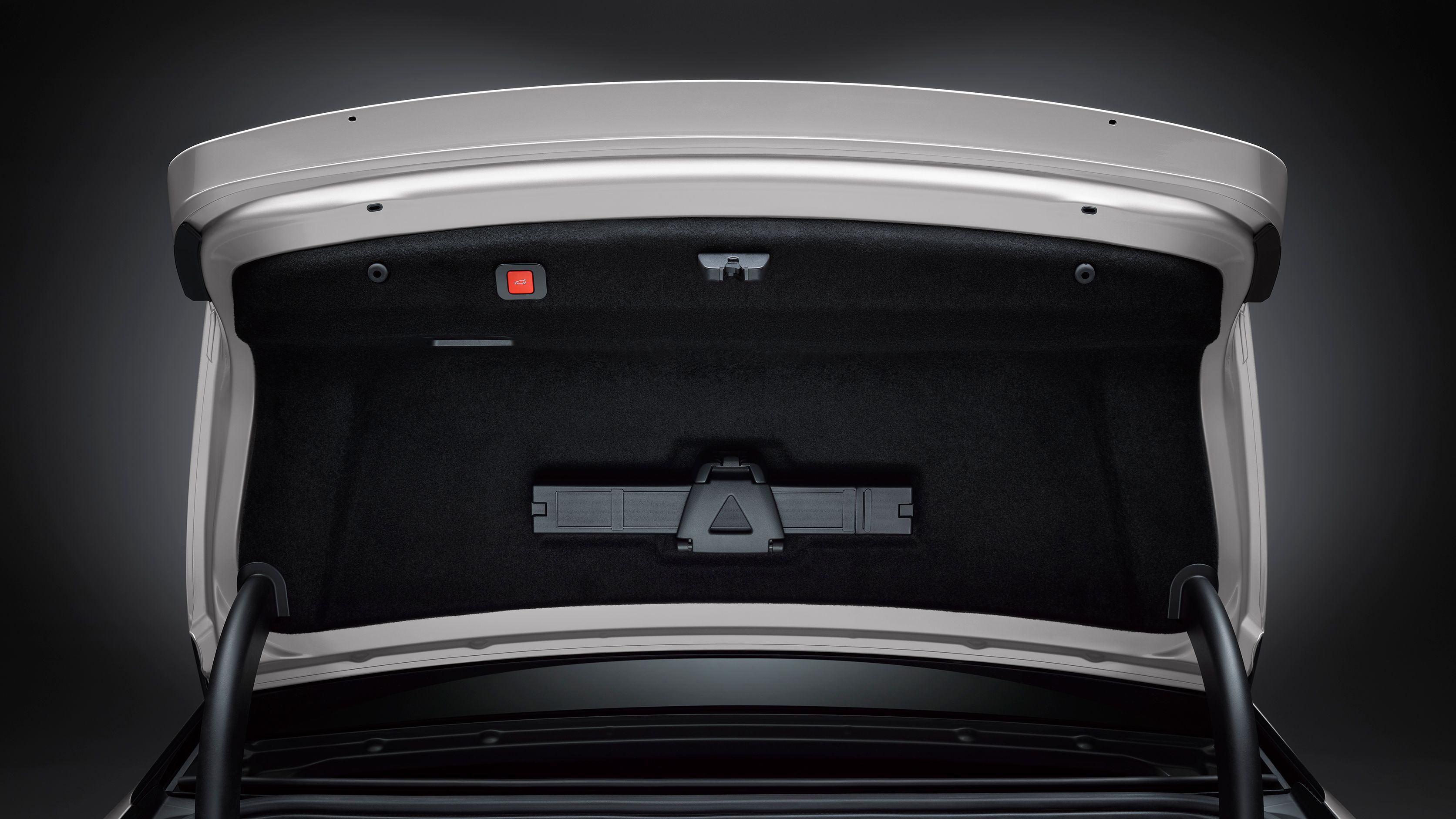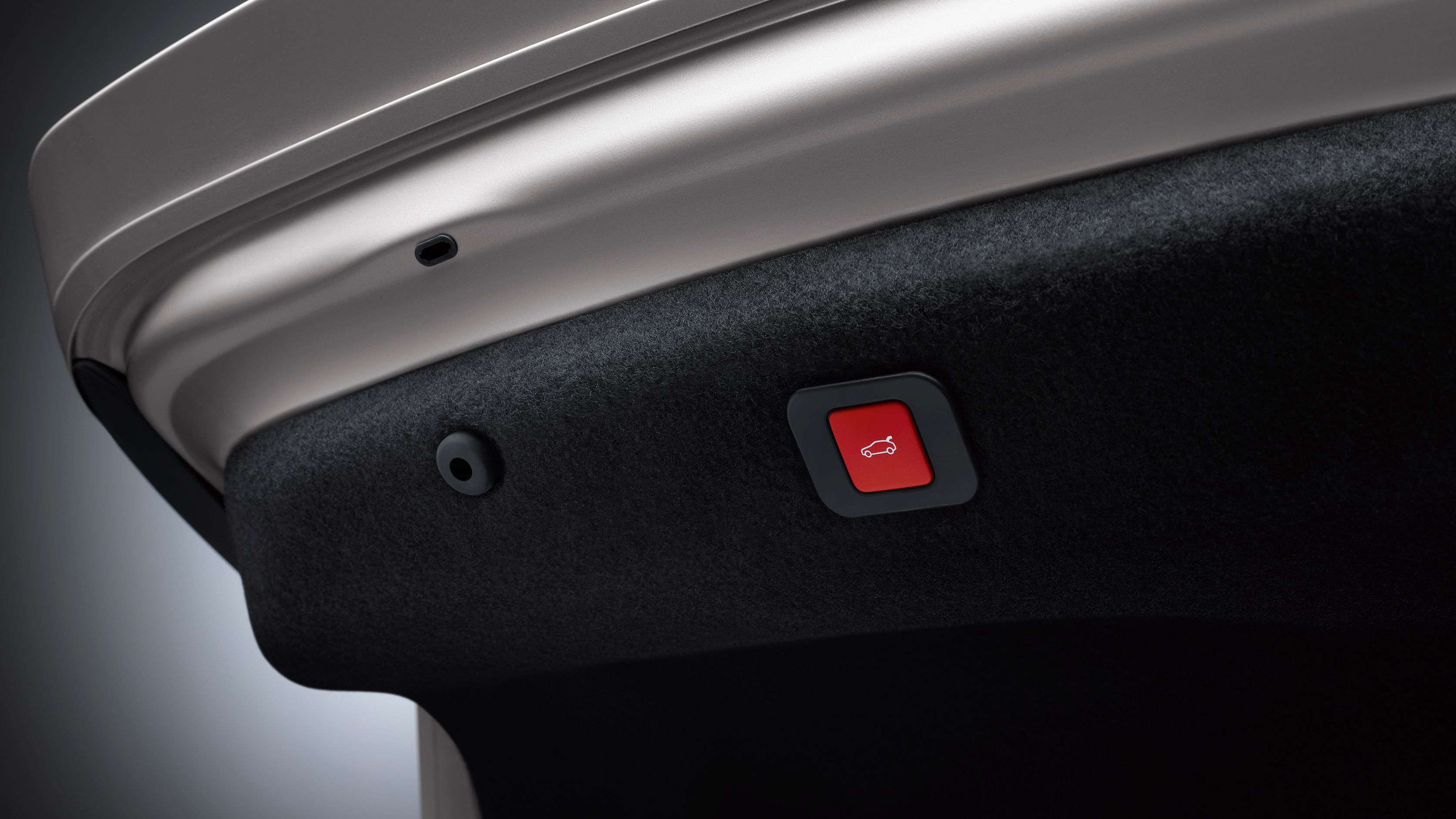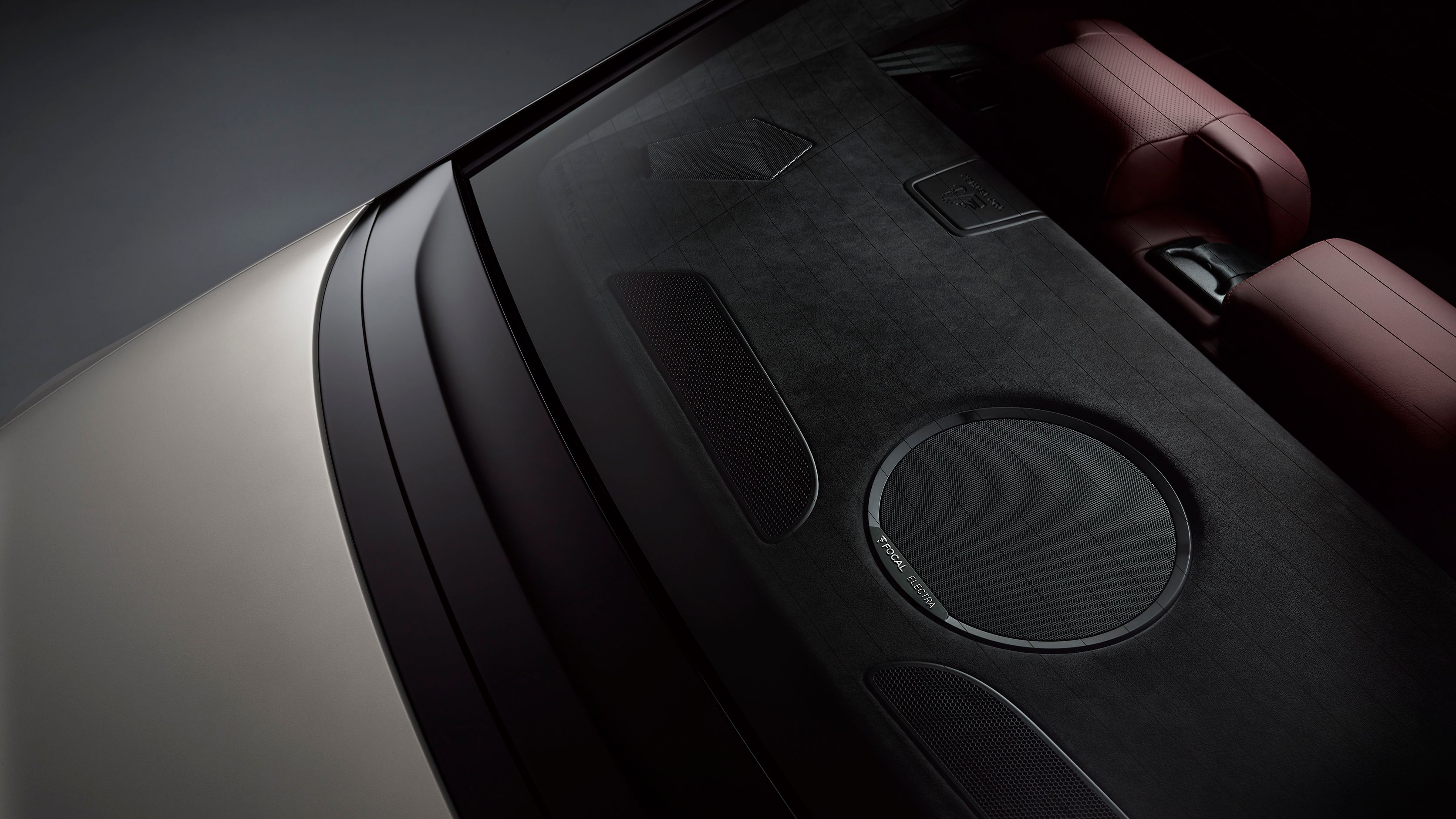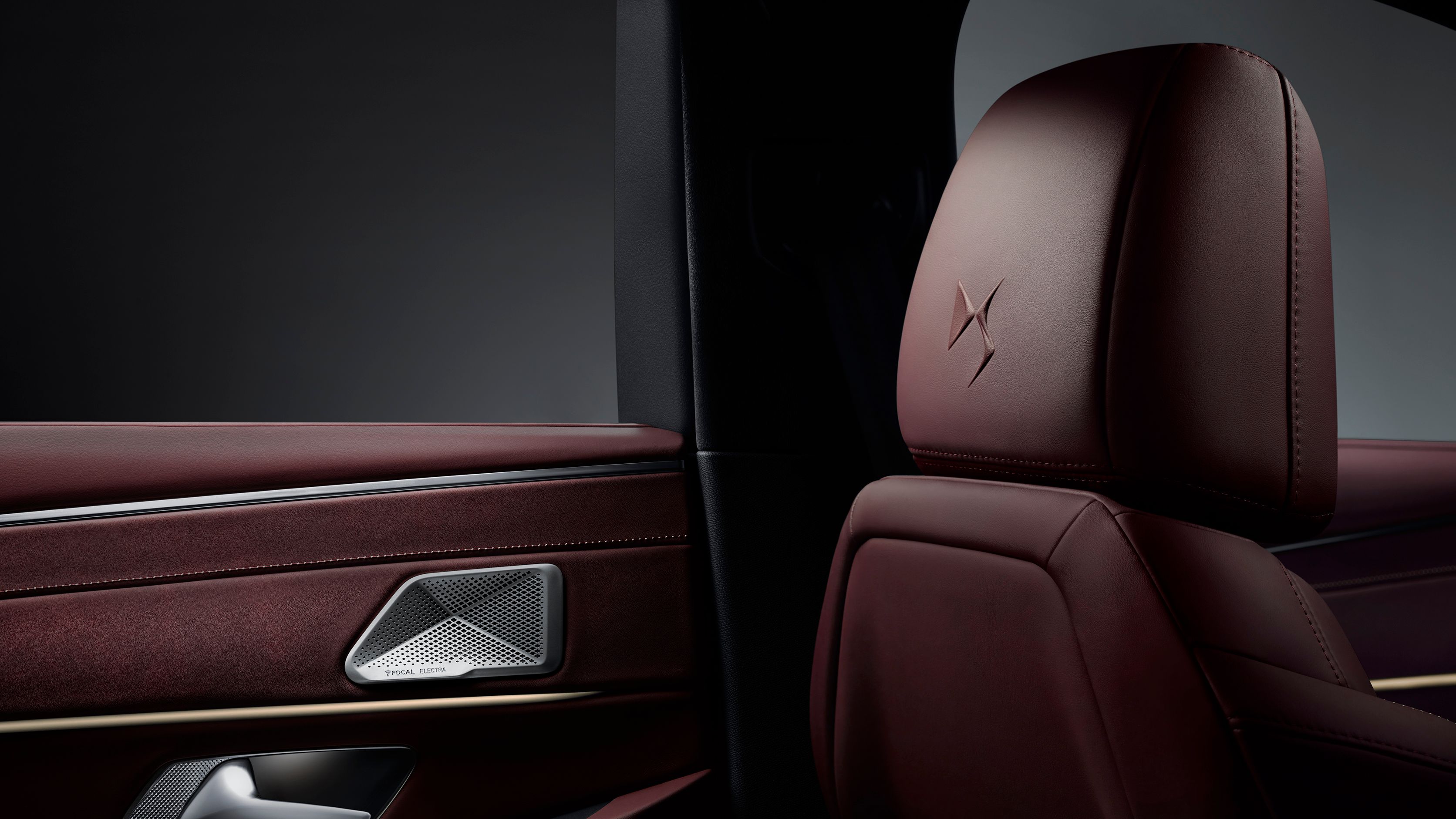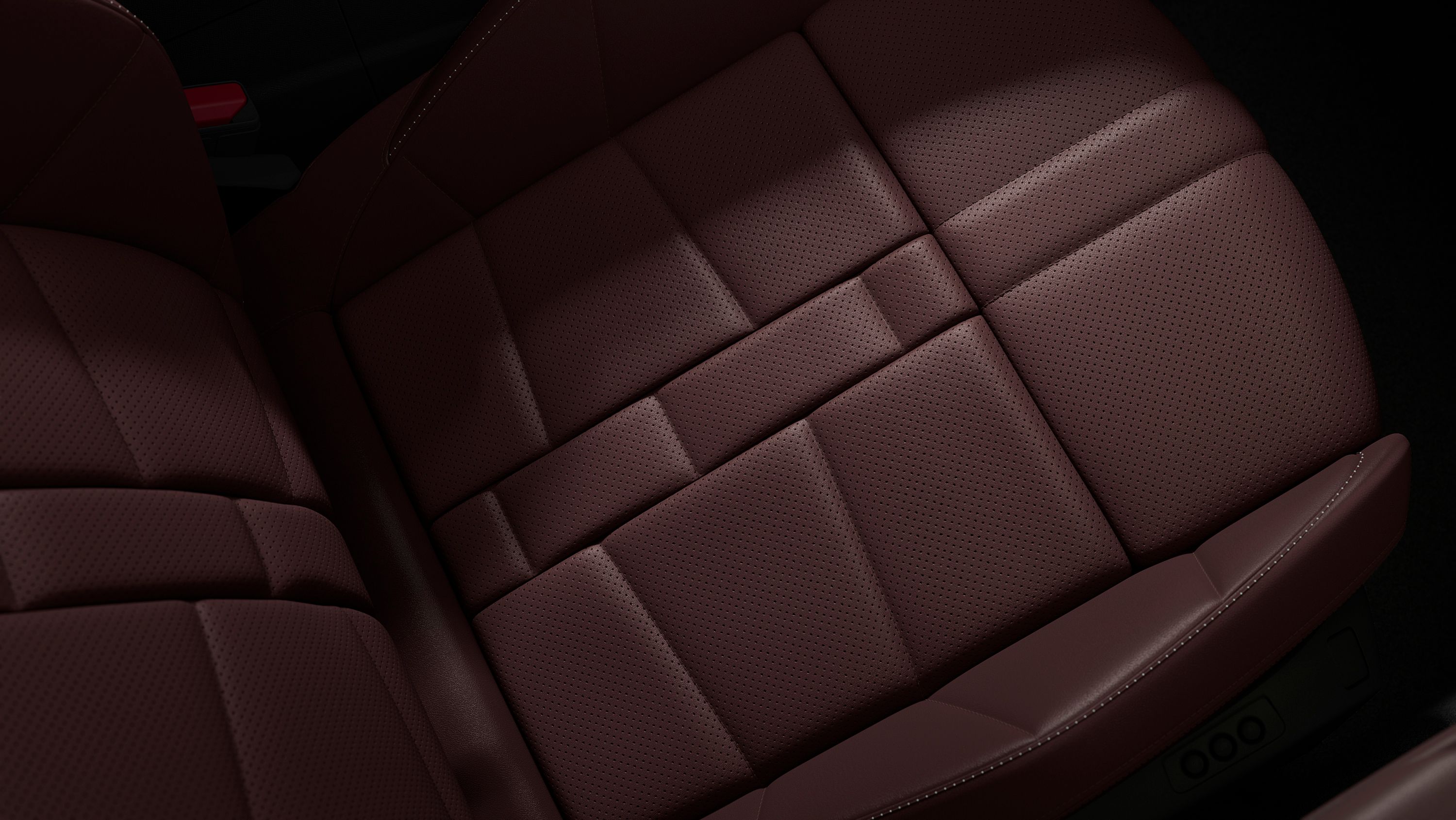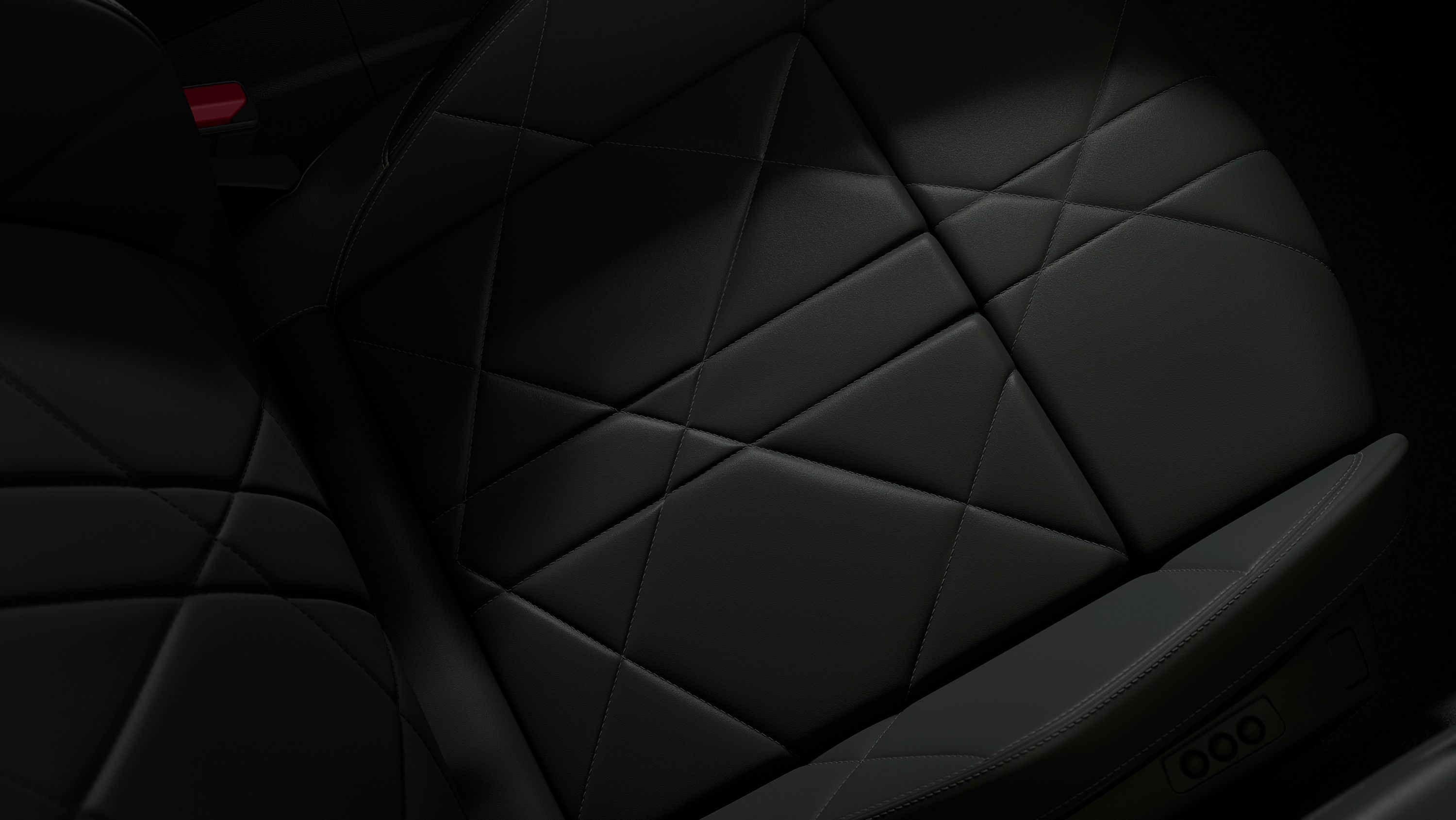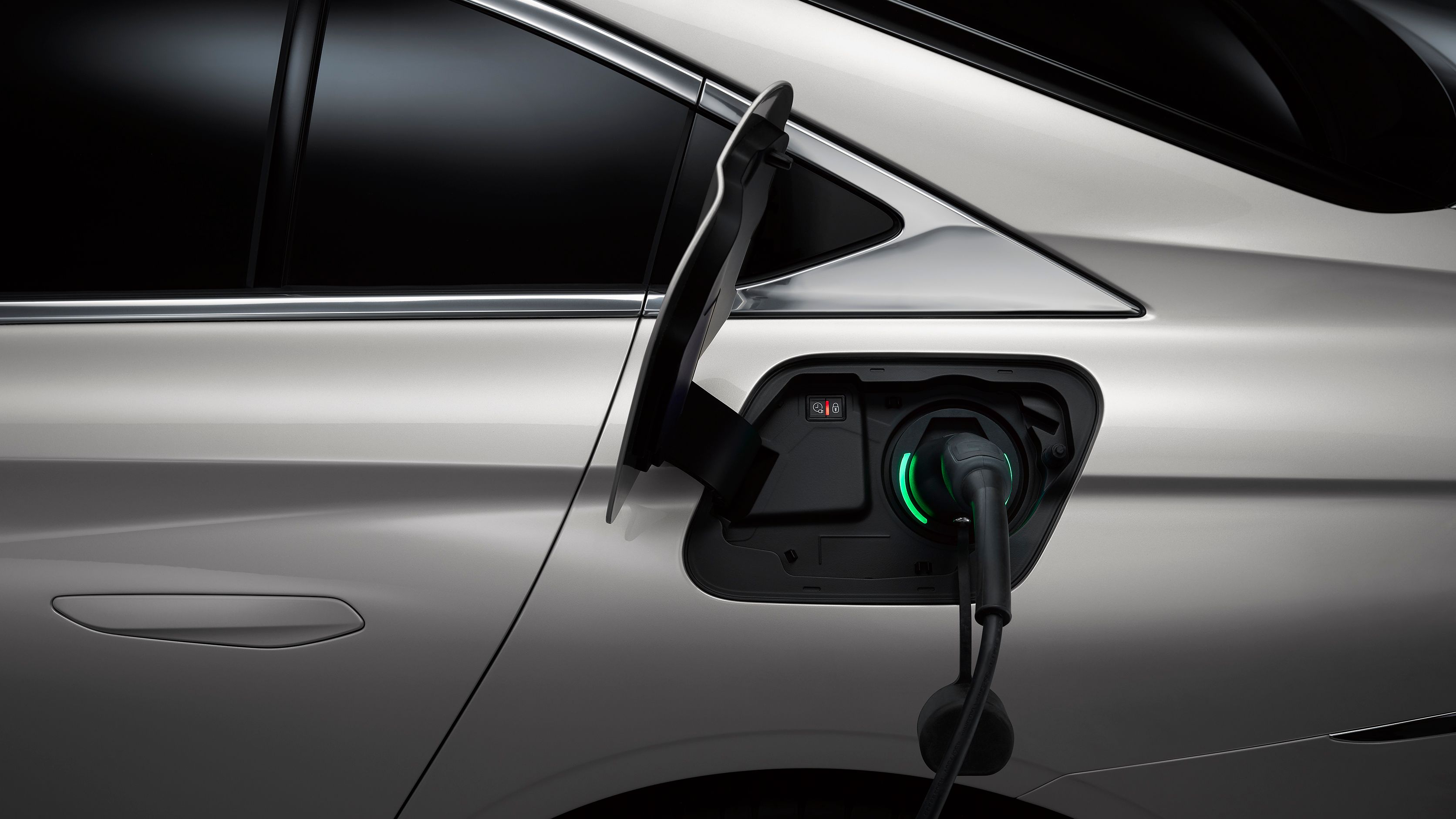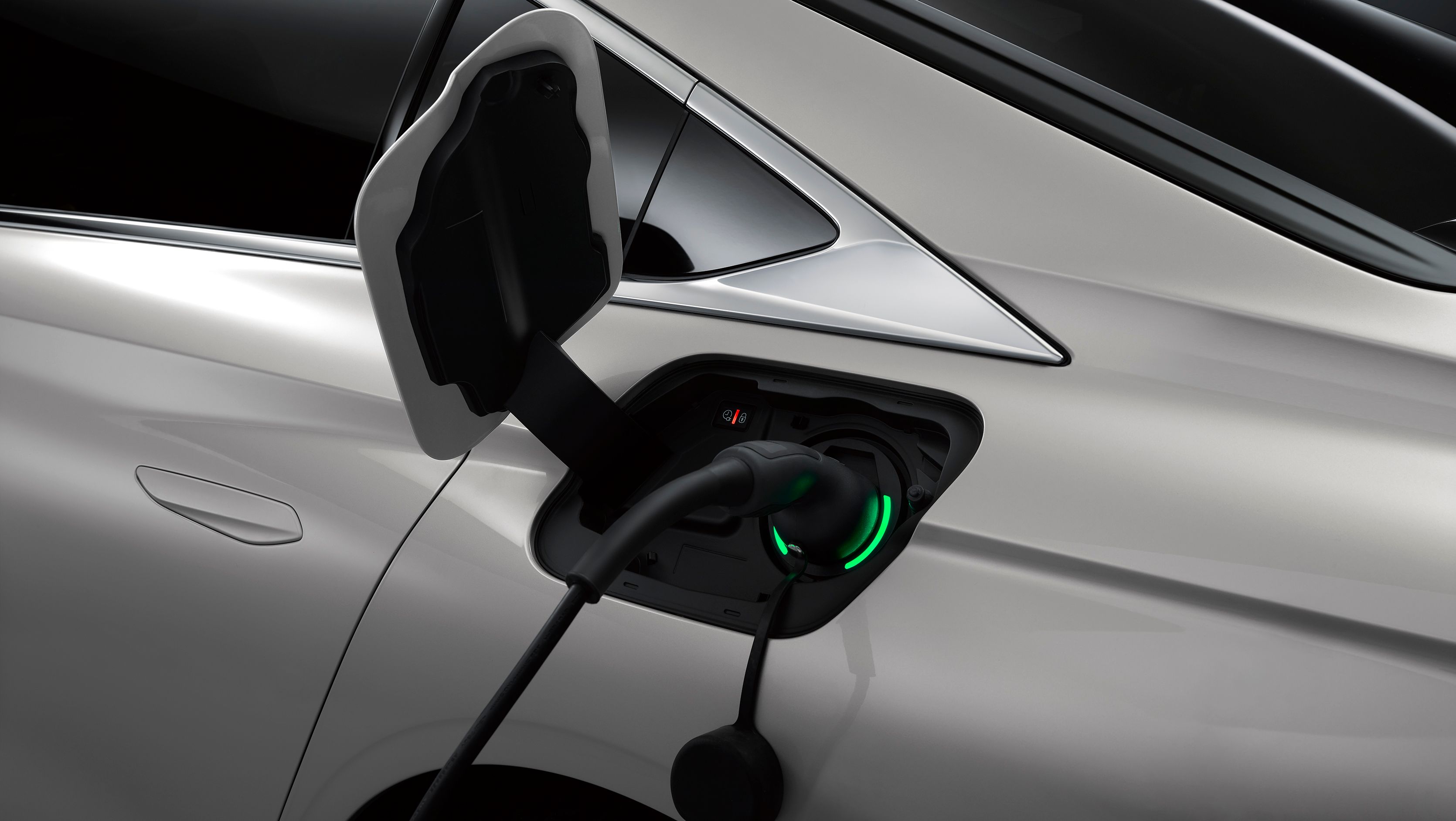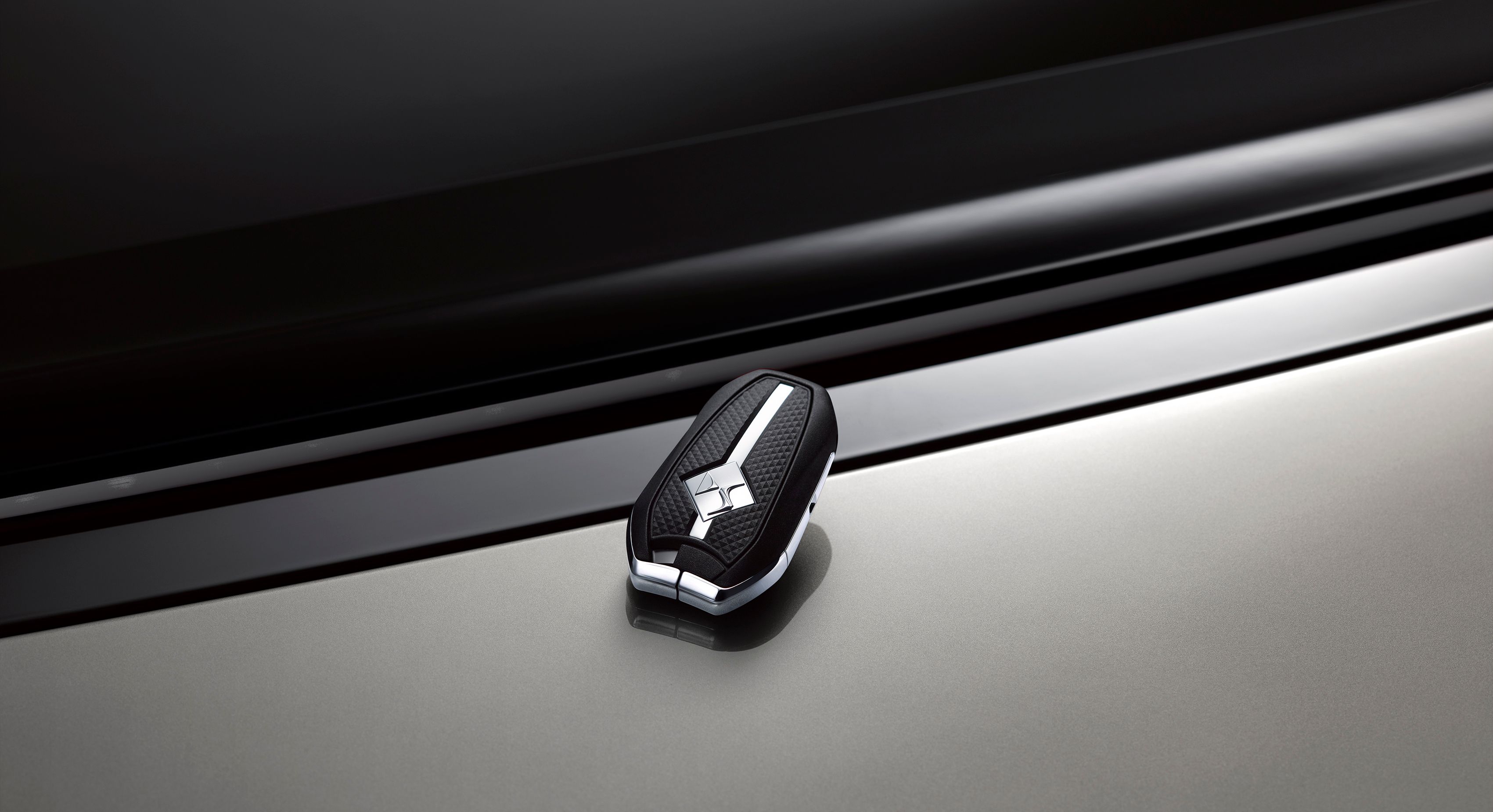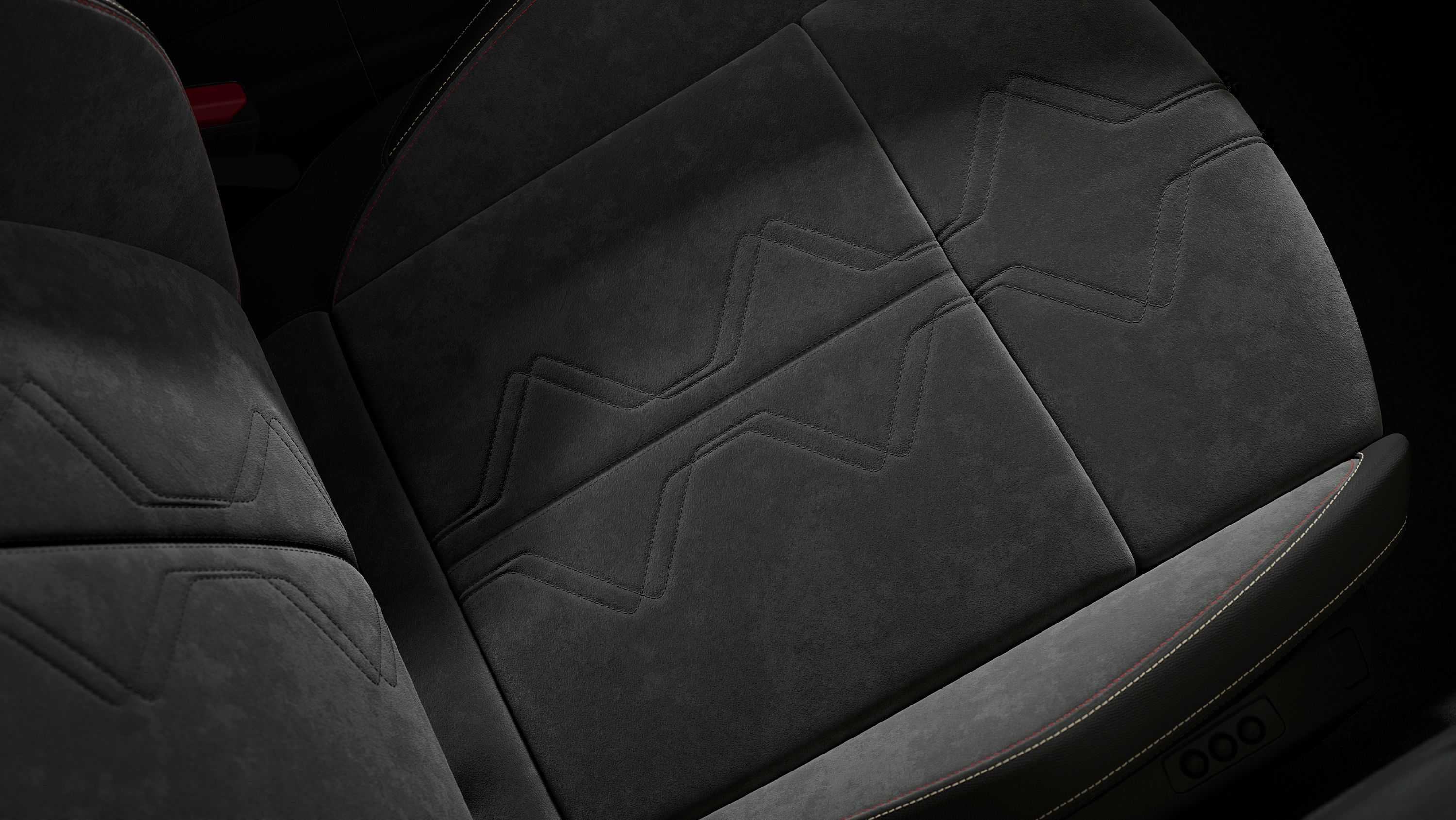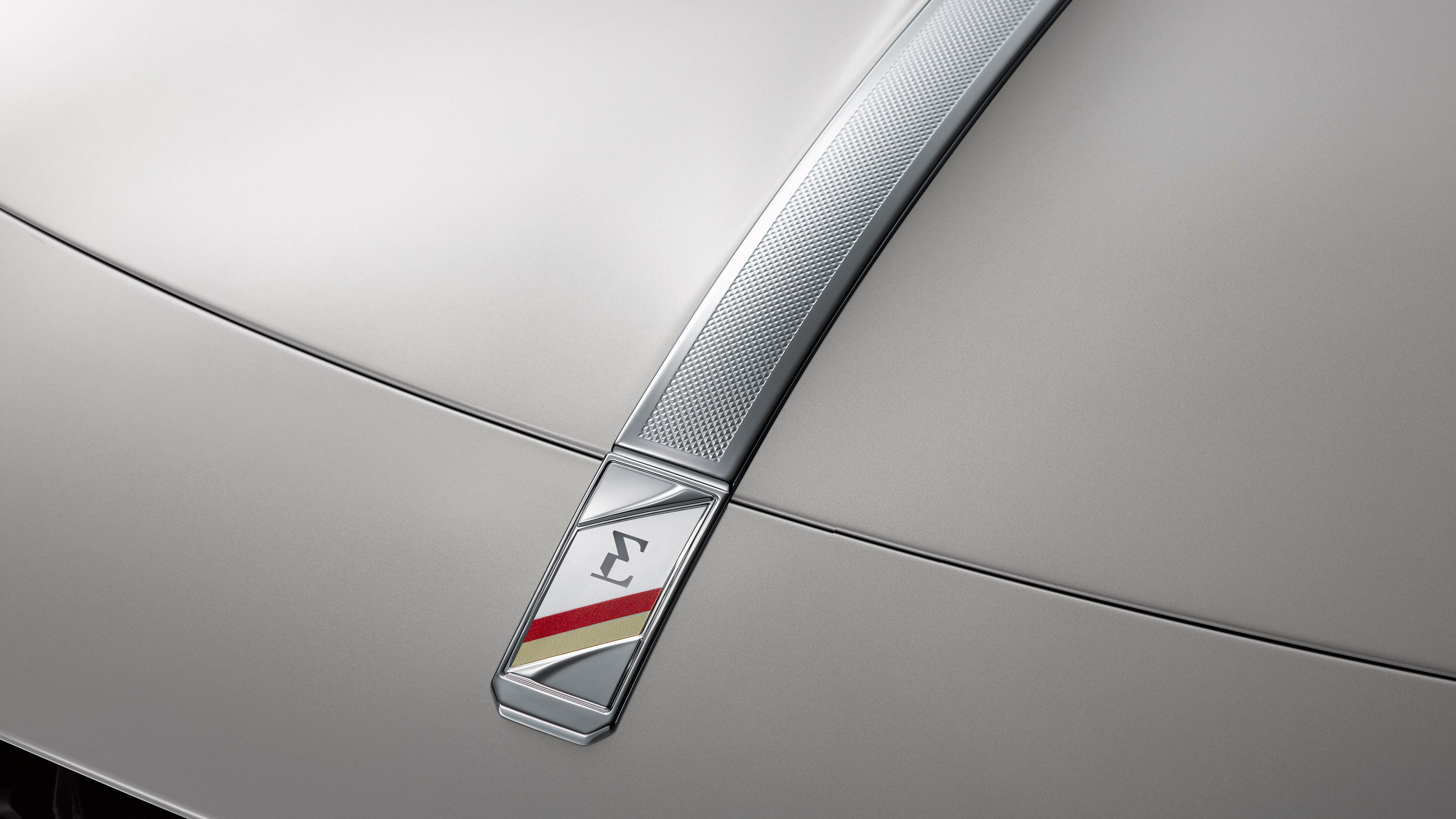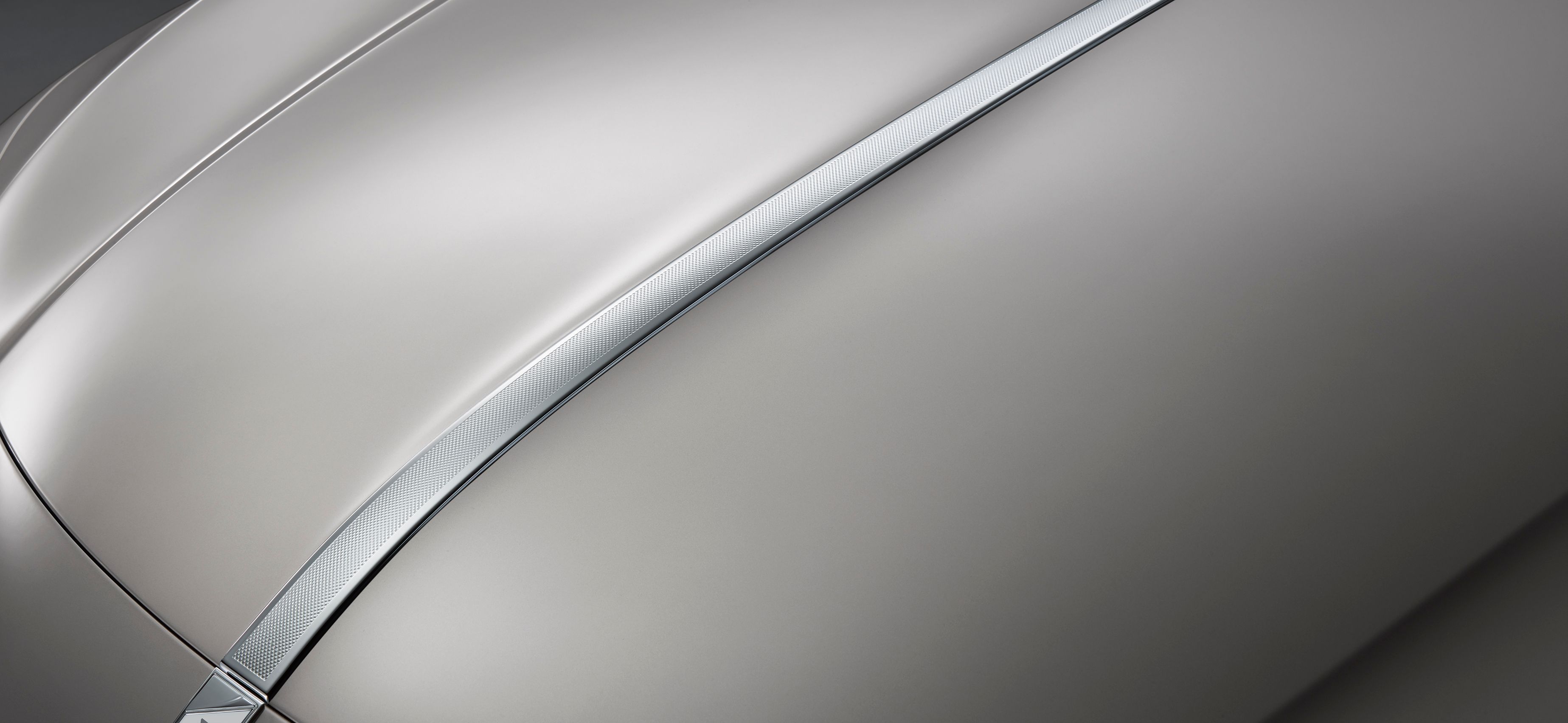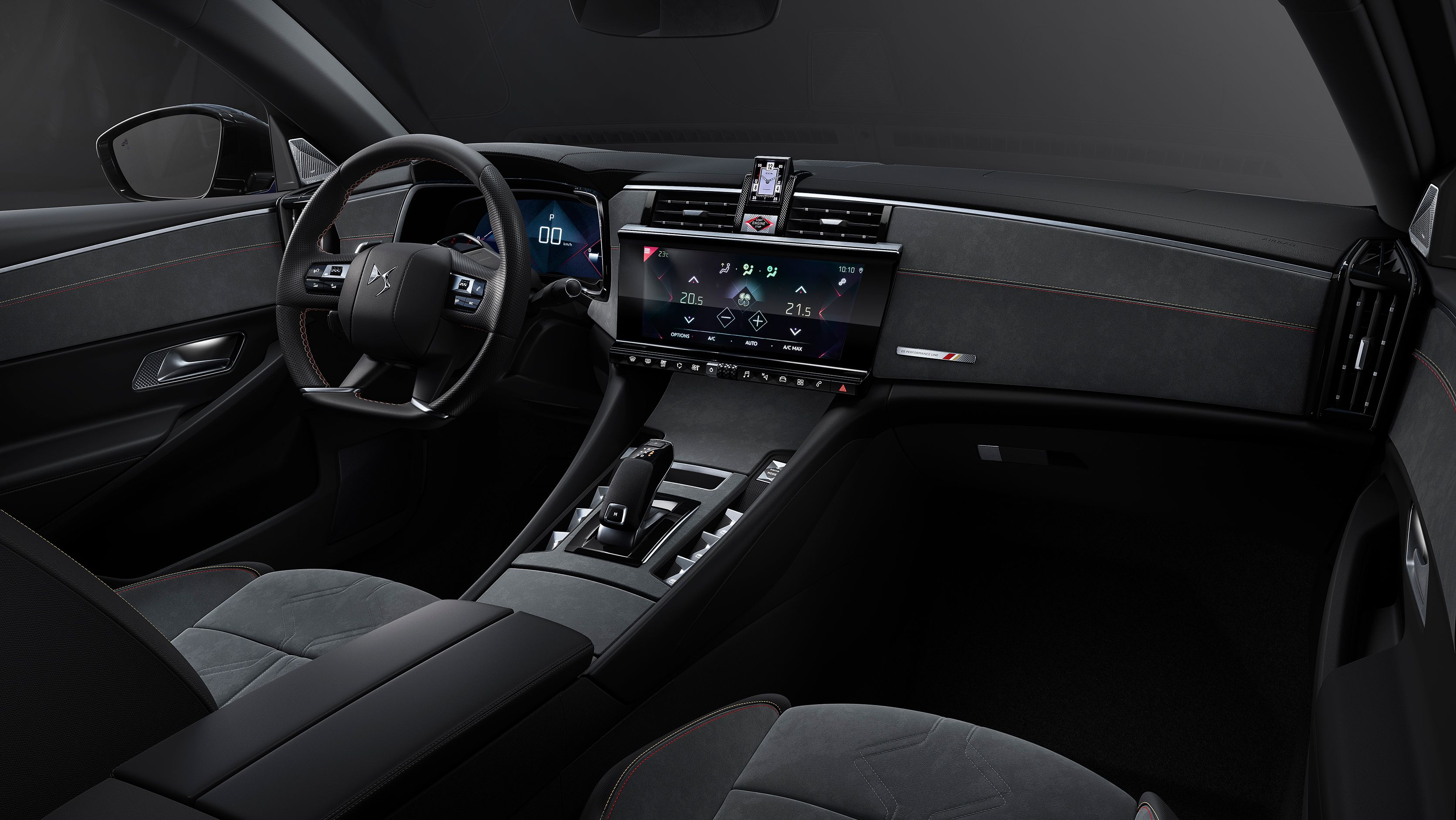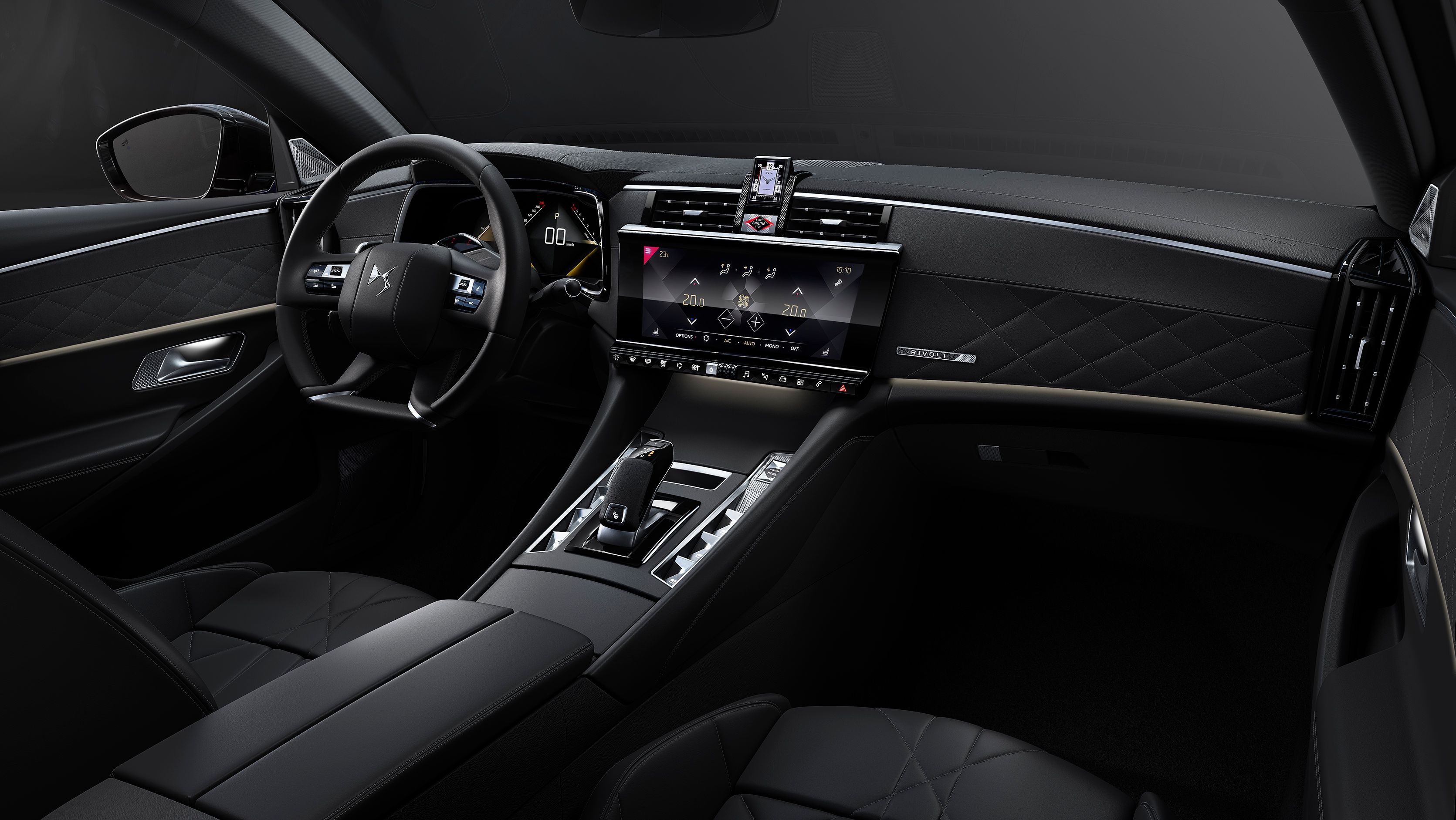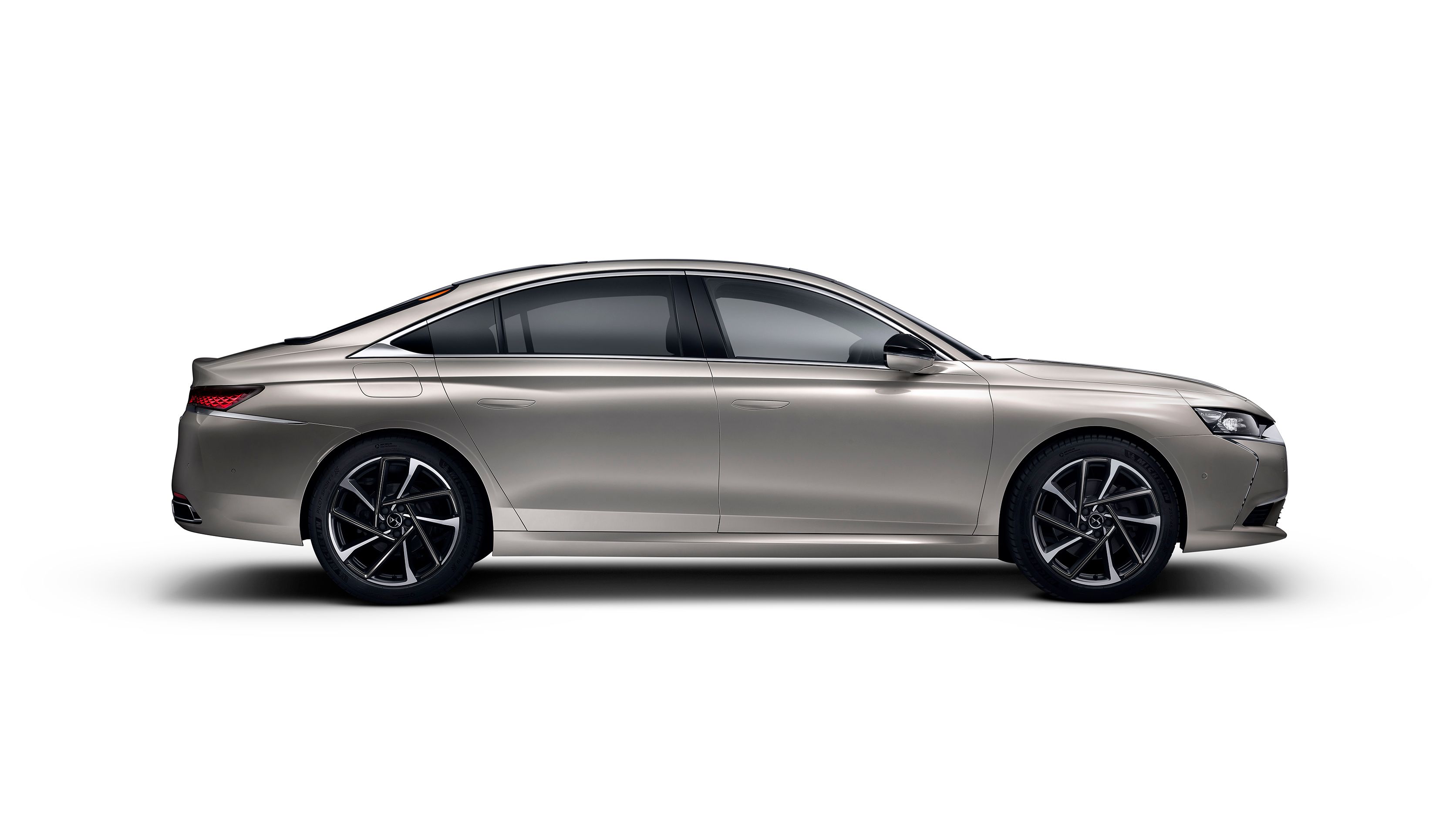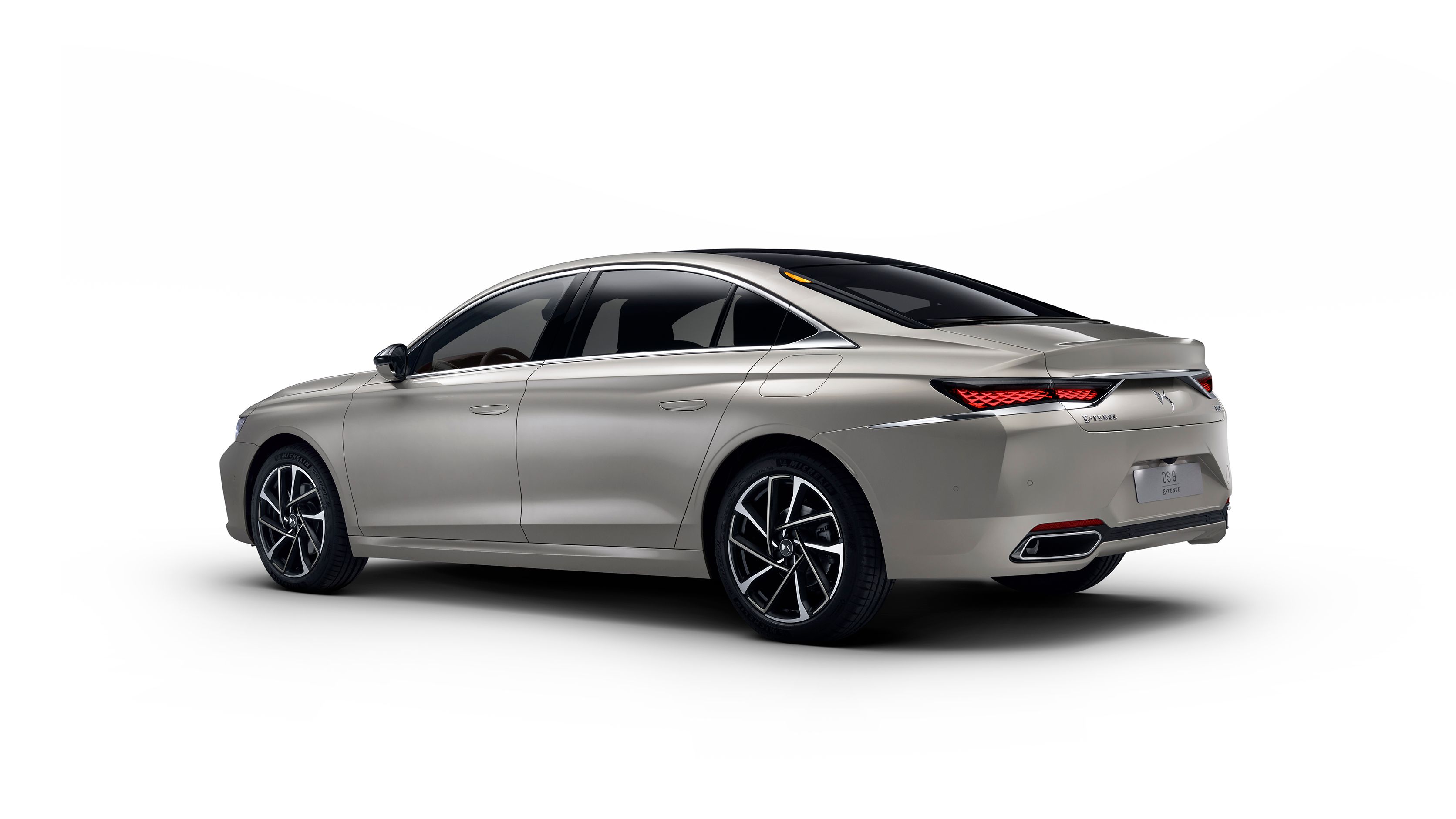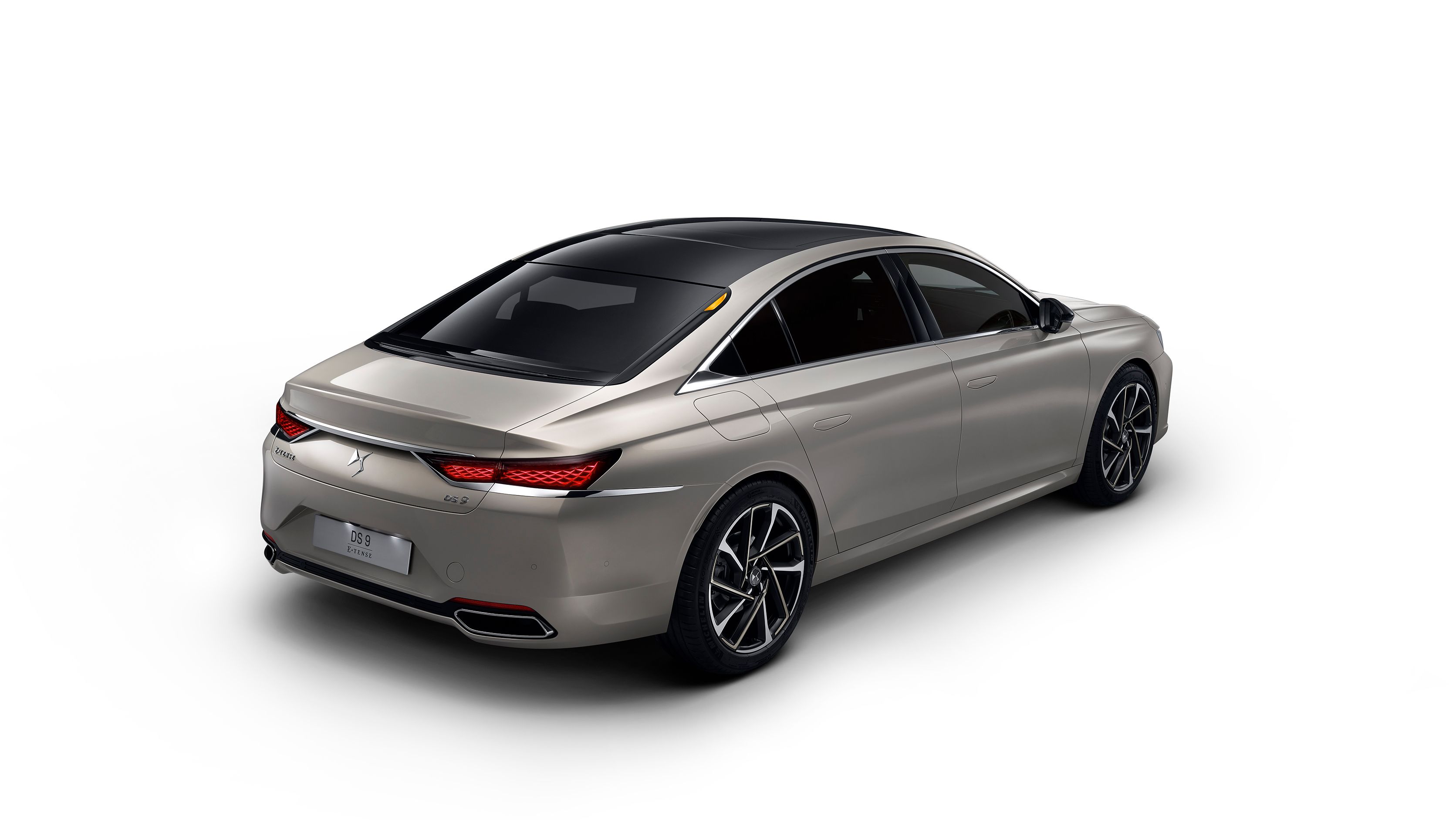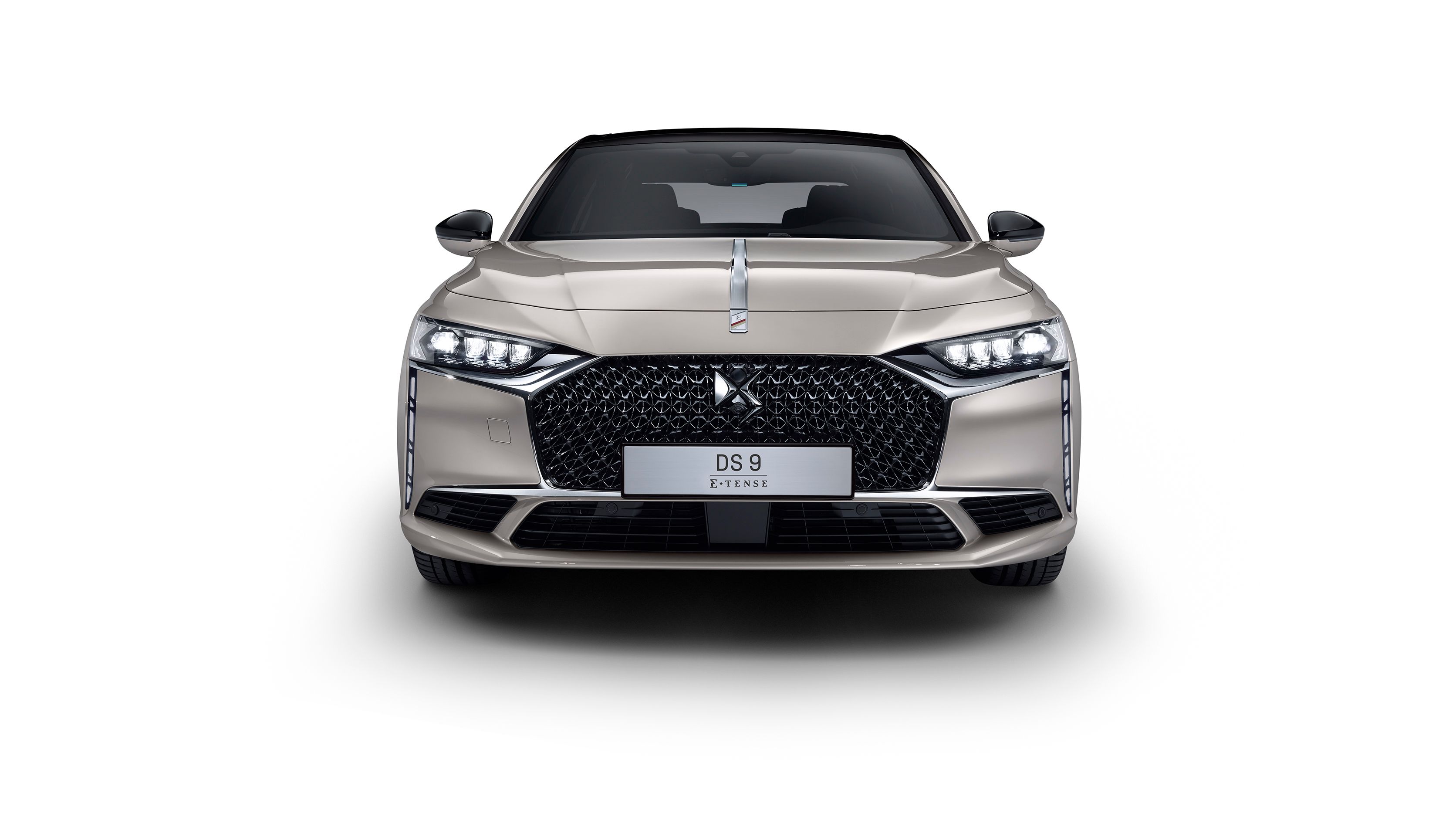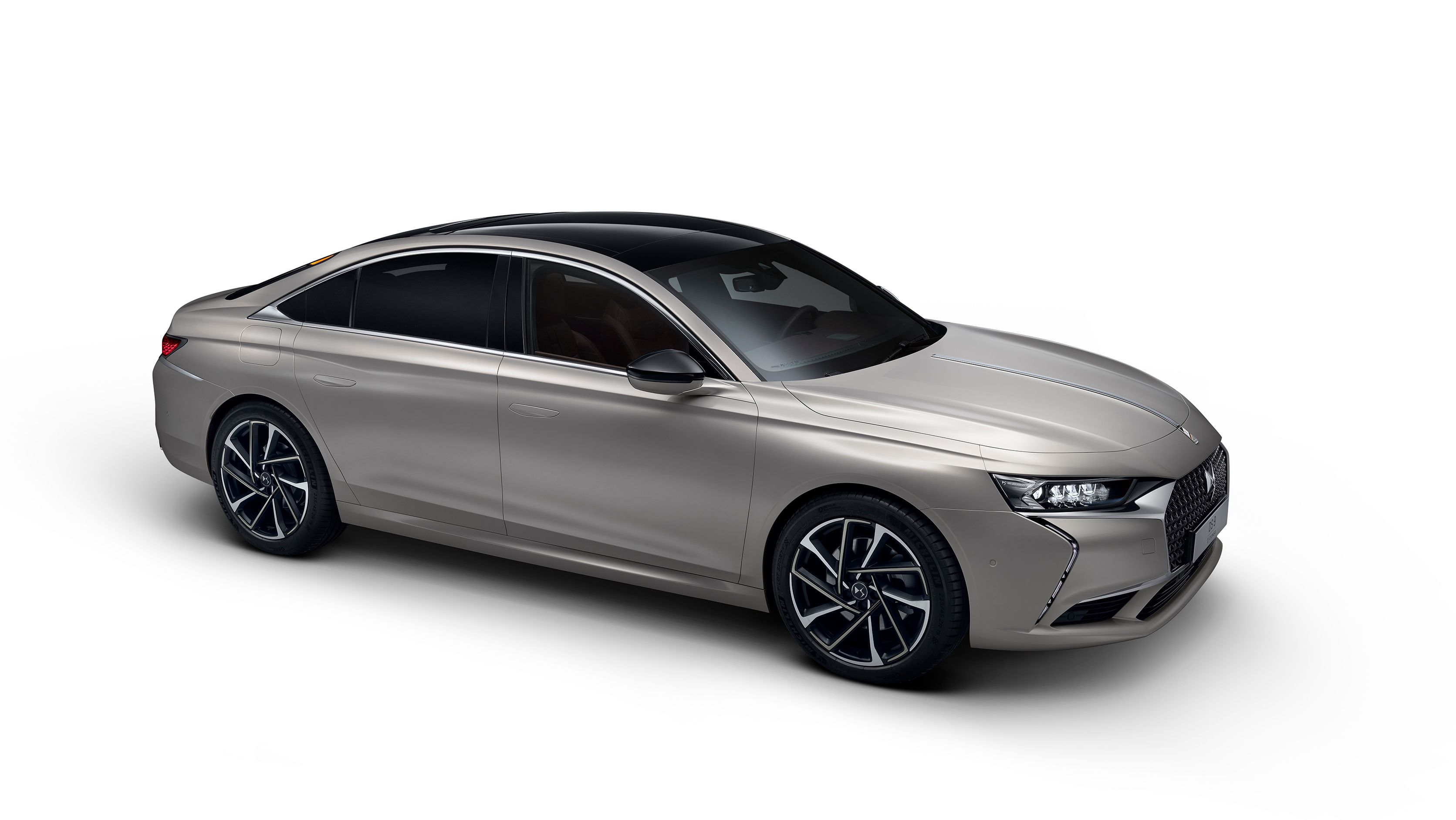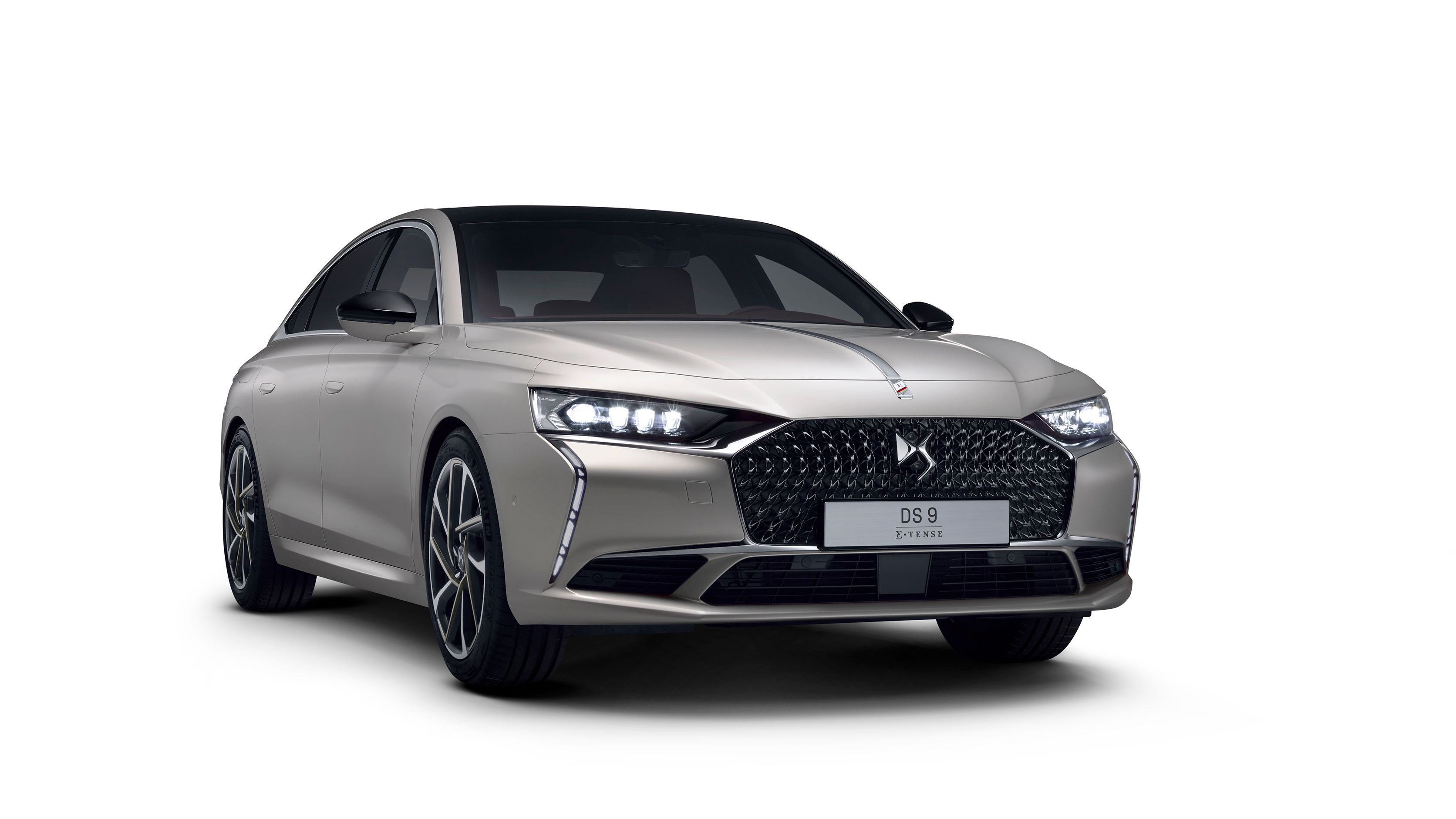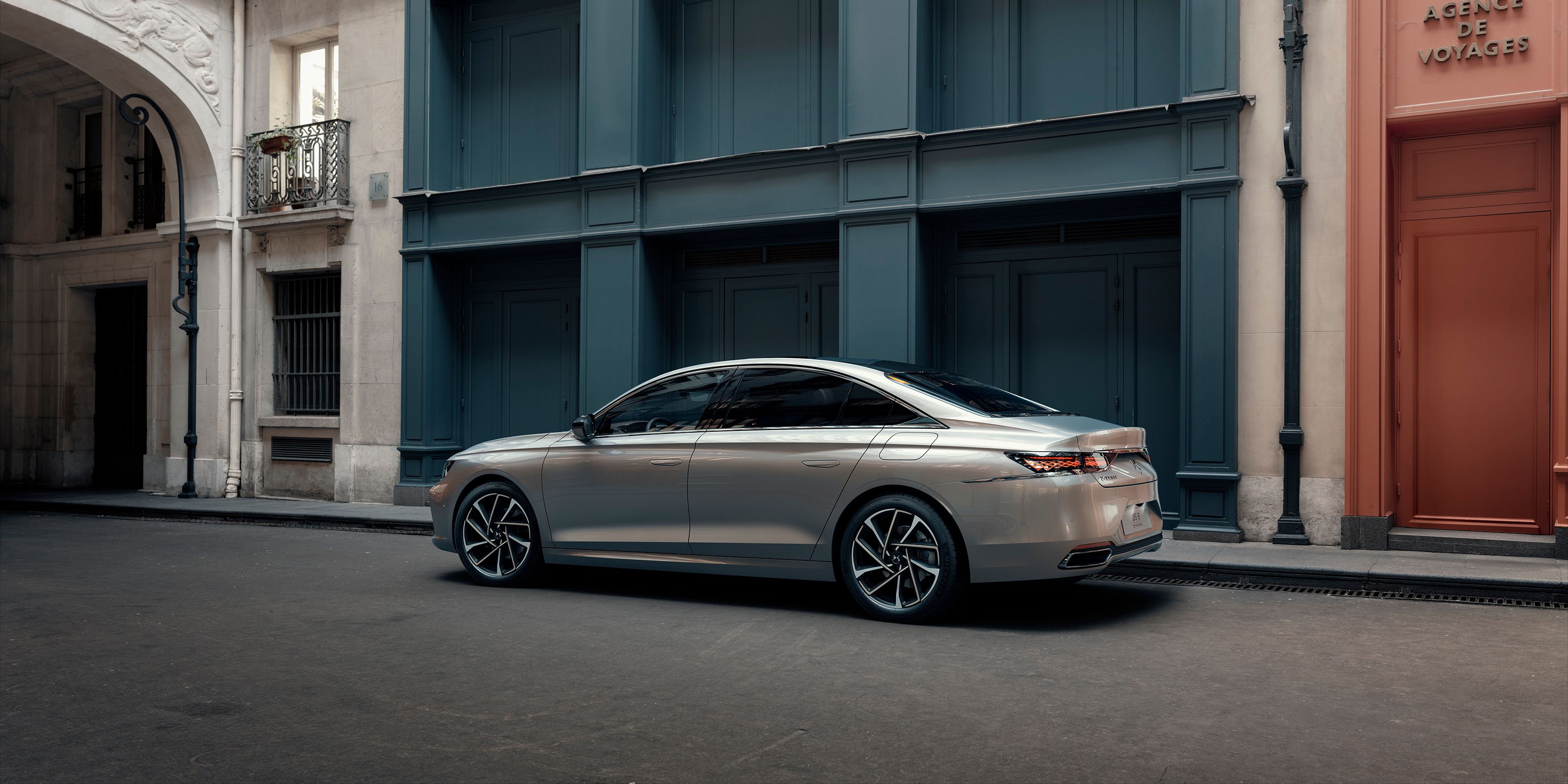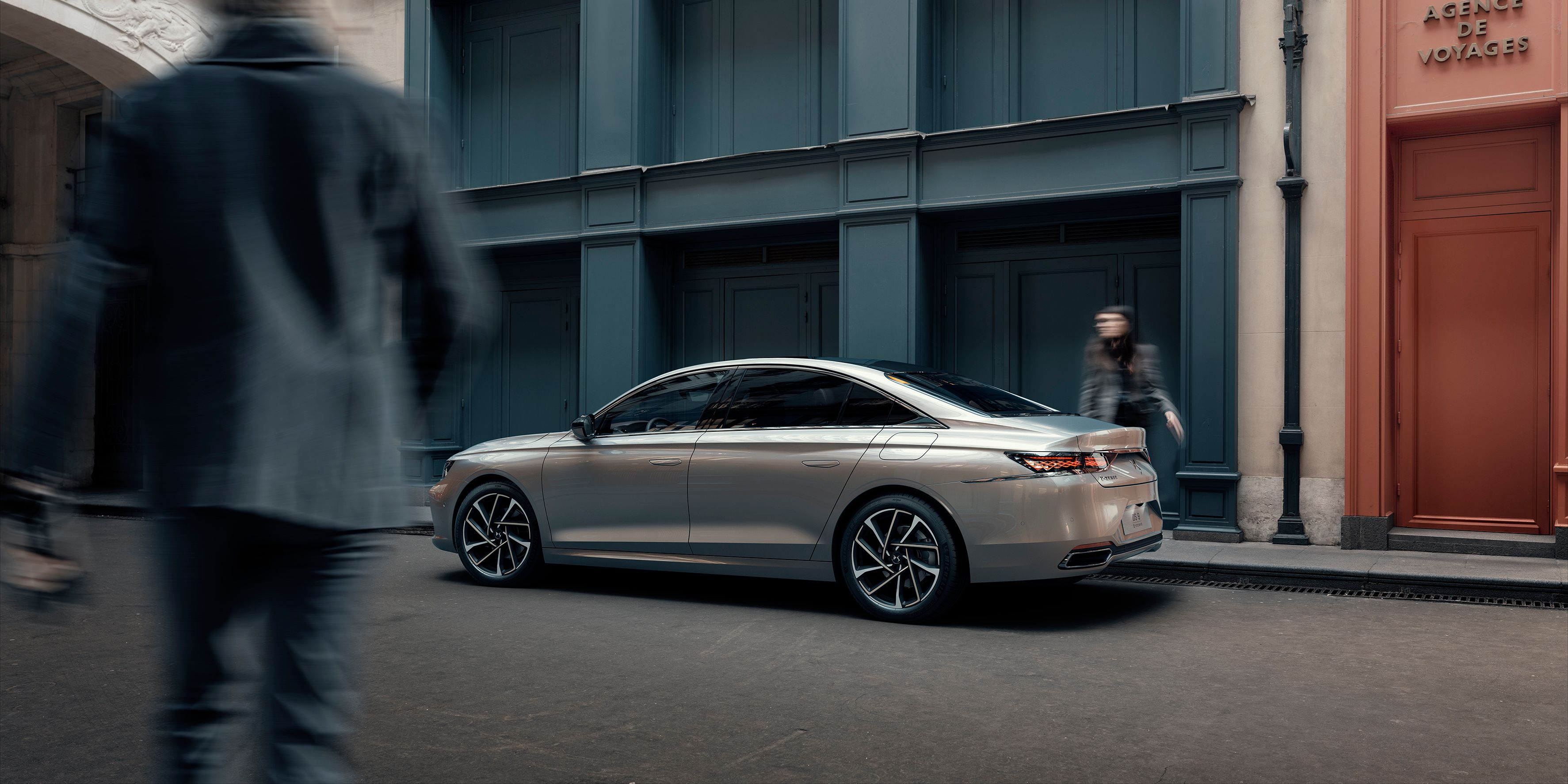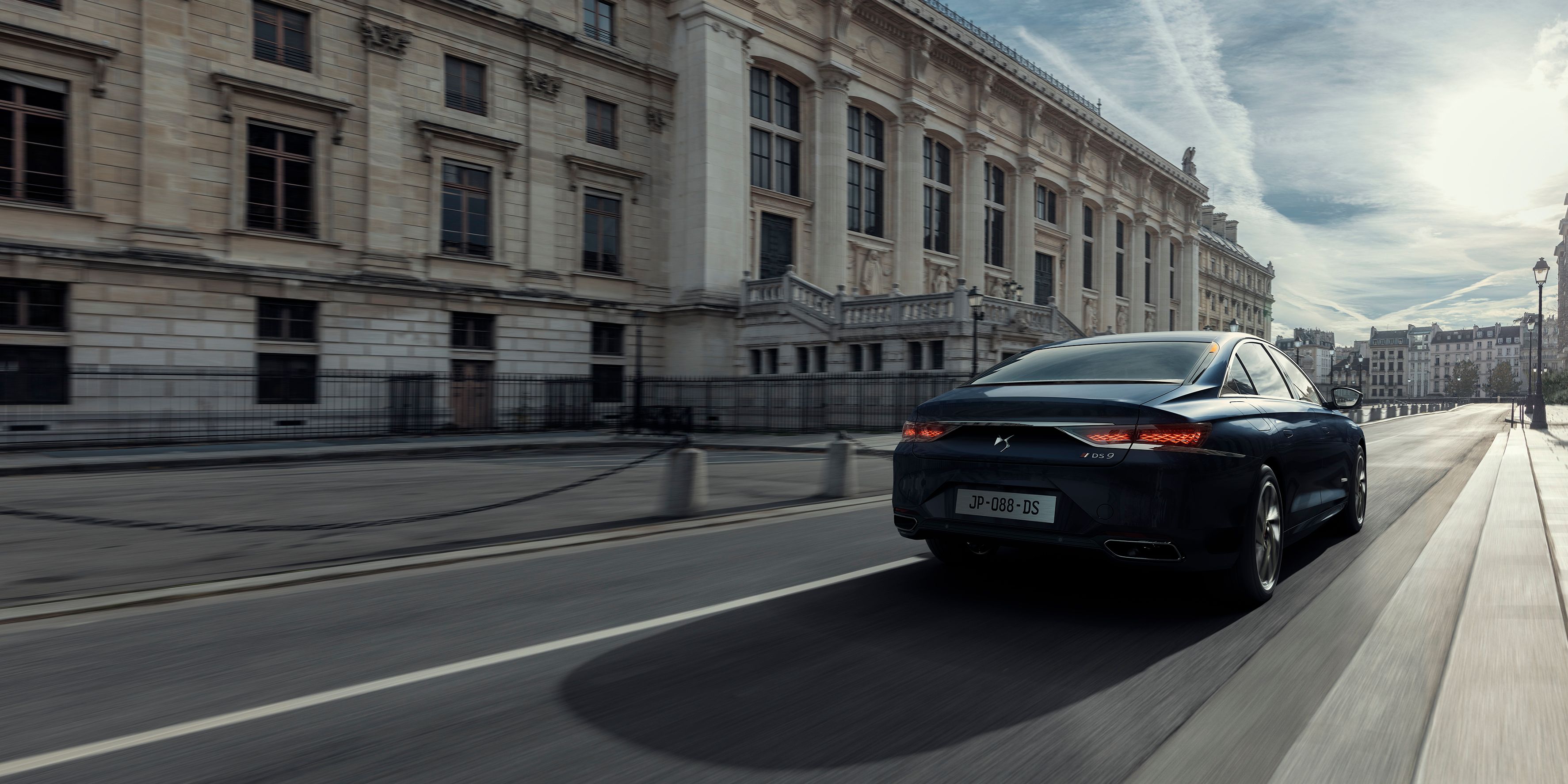The DS brand has established itself as Citroen’s luxury brand. After the DS3 and DS7 Crossback, the French marque has brought out its flagship – the DS9. It’s been too long since Citroen has had any form of a full-size saloon. Finally, in 2021, they have filled the void. The DS9 aims to compete with the likes of Mercedes S-Class and BMW 7-Series. A bold move, indeed. Those, familiar with the history of French manufacturers know that back in the 1950s, the most comfortable and revolutionary cars came from France. Can the DS9 recapture the old glory?
2021 DS 9
- Make: Array
- Model: 2021 DS 9
- [do not use] Vehicle Model: Array
<
Exterior
The 2021 DS9 is the most luxurious French car ever made, yes, but it’s also a lot more. Looking at the DS9, you might think it looks a bit too Germanic, maybe even somewhat restrained. If you look closely, however, you will see many design cues from the original 1955 DS, reinterpreted in a modern way. It is, after all, the spiritual successor to the 1955 “Déesse” (Goddess in French). The most distinctive feature is the rear lights, located on the rear pillars. The difference is that in the DS9 they are flush with the body lines, while in the original DS, they were protruding from their housing. The next distinctive feature that’s been carried over is in the front. The classic Citroen “Déesse” has a central rib on the front hood. In the DS9, this is now a trim piece, finished in contrasting color to the exterior and it’s called the “Clous De Paris”.
The same contrasting trim can be found throughout the whole car, including the areas around the taillights, rear diffuser, and even the subtle eyelids on the headlights, giving the car a more upscale look. Another notable feature on the car’s exterior is the front grille, featuring diamond-shaped mesh. That is complemented by the thin LED strips, swooping down from the headlights towards the end of the front fascia.
The side profile is very clean and elegant. It features a single curved line that peaks at the middle of the car and then drops back down, towards the rear. Although toned down, this is one of the distinctive elements of the 1955 DS that’s been carried over into the DS9.
Interior
In true French tradition, the interior of the DS9 spoils you with a plethora of high-grade materials, leather, and quirky but elegant design elements. This is an S-class/7-series competitor and as such you get plenty of features in the back. The rear seats, just like the front, are reclining, vented, heated, and can massage you. You also have your own controls, for the climate control, seats, and even the ambiance. It’s safe to say that the second seat row is like your own comfy cocoon.
The front row is just as impressive. The DS9’s interior is quirky, yet intuitive. It not only manages to combine classic and modern elements but makes the 7-series and S-class interiors look almost brutalist and cold. When we said, the interior features lots of leather, we meant a lot. The majority of the dashboard is covered either in Alcantara or Nappa leather, depending on your preference. You also get a 12-inch infotainment screen and a 10.25-inch digital instrument cluster. Android Auto and Apple CarPlay come as standard. You can choose between three different interior themes – Rivoli, Opera, and Performance Line – all of which offer the different color scheme, as well as different textures and materials.
Comfort is further emphasized by the active suspension scan. This is the modern equivalent of the Citroen DS’ super smooth hydro-pneumatic suspension, which was revolutionary for the time.
Drivetrain
Let’s dispense with the figures. Every full-size luxury car needs to have adequate performance. You probably won’t find it very thrilling that the DS9 features a front-wheel-drive layout, with transversely-mounted four-cylinder engines. This is due to the fact, it uses the same EMP2 platform as the latest Peugeot 508. Nevertheless, power is trusted to a 1.6-liter twin-turbo-four engine, which has three different variants. The first one produces 225 horsepower (168 kW) at 5,500 RPM and 221 pound-feet (300 Nm) at 1,900 RPM. This is enough for a 7.7-second sprint from 0 to 60 mph (97 km/h) and a top speed of 147 mph (236 km/h). In this trim, the DS9 sends the power to the front wheels only, through an eight-speed Aisin automatic gearbox. At the same time, it returns an average fuel economy of 34 mpg (6.9L/100km) and 155 g/km CO2.
|
Engine |
1.6-liter twin-turbo-four |
|---|---|
|
Power |
225 HP @ 5,500 RPM |
|
Torque |
221 LB-FT @ 1,900 RPM |
|
0 to 60 mph |
7.7 seconds |
|
Top Speed |
147 mph |
|
Transmission |
eight-speed Aisin automatic |
The next two versions are hybrid and feature the brand’s E-TENSE hybrid technology. The first one features a detuned version of the same 1.6-liter twin-turbocharged inline-four. The engine alone produces 181 horsepower (135 kW) at 6,000 RPM and 221 pound-feet (300 Nm) at 3,000 RPM). However, with the electric motor, you get a combined output of 225 horsepower (168kW) and 266 pound-feet (360 Nm). There is also a slightly more powerful variant, which brings the horsepower figure up to 250. This translates into a slightly better fuel economy while retaining similar performance figures.
|
Powertrain |
1.6-liter twin-turbocharged inline-four + electric motor |
|---|---|
|
Power |
181 HP @ 6,000 RPM |
|
Torque |
221 LB-FT @ 3,000 RPM |
|
Combined power |
225 HP |
|
Combined torque |
266 LB-FT |
|
0 to 60 mph |
7.9 seconds |
|
Top Speed |
149 mph |
|
Electric range |
29 miles (48 km) |
|
Batter |
11.9 kWh |
|
Powertrain |
1.6-liter twin-turbo four-cylinder + 2 electric motors |
|---|---|
|
Combined power |
360 HP |
|
Combined torque |
384 LB-FT |
|
0 to 60 mph |
6.2 seconds |
|
Top Speed |
155 mph |
Prices
For now, there is no indication that the DS9 will be sold in the North American market. That said, it will still be sold across Europe. There’s also a special emphasis on the Chinese market, where some of the DS9 cars will be assembled. In the UK, prices for the DS9 start at £35,000, but for the top-of-the-line 360 horsepower hybrid variant, they can get to £50,000. This is the current equivalent of $48,695 and $69,580, respectively. For Europe, the starting price for the DS9 is around €47,000.
Competition
Mercedes S-Class
The DS9 is aimed at the executive saloon market and the benchmark for the segment has long been the representative from Stuttgart. The S-Class is a tech-fest on wheels, featuring the latest in passive and active safety, as well as, substantial levels of comfort and performance. Even the base S350d offers 286 horsepower (213 kW) and 443 pound-feet (600 Nm) of torque, from its 2.9-liter turbo-diesel inline-six. In addition, its rear-wheel-drive, layout is simply a better platform when it comes to performance. The S-class is also significantly longer at 203.9 inches (5,179 mm), compared to the DS9’s 194.3 inches (4,934 mm). However, due to its rear-wheel-drive layout, the interior is not as flexible as the DS9. With the S-class, you can opt for the 4Matic all-wheel-drive system, regardless of which engine you go for. The S350d can reach 60 mph in 5.9 seconds on its way to a limited 155 mp (250 km/h) top speed. At the same time, it’s Euro 6d-compliant and returns an average fuel economy of 37.4 mpg (6.3L/100km) and 171 g/km CO2. Prices in the UK start from £78,705 and can get to £110,325. For the rest of Europe, prices start at around €93,438. Starting prices for the US are $109,800.
Read our full review on the Mercedes S-Class
BMW 7-Series
The DS9 has really taken the best of the best. The representative from Munich is another benchmark when it comes to premium executive sedans. Claiming to be the sportiest of the German trio, while providing excellent levels of luxury and comfort, the BMW 7-Series boasts a rear-wheel-drive setup, which even with the optional X-drive system is rear-wheel-drive-biased. At the same time, similar to the S-Class, it’s lavishing you in luxury and tech, while covering distances at a great pace. The base 730d now features Mild-hybrid technology and an output of 286 horsepower (213 kW) and 479 pound-feet (650 Nm). This enables it to cover the sprint to 60 mph in just 5.6 seconds on its way to an electronically-governed 155 mph (250 km/h) top speed. The 3.0-liter inline-six turbo-diesel is Euro 6d-compliant and returns over 50 mph (4.7L/100km) combined, with just 123 g/km CO2. In the US, prices start at $86,800 and can go up to $157,800 for the 760Li version. For the UK, prices are between £71,725 and £116,525. The starting price across Europe is around €70,000.
Read our full review on the BMW 7-Series
Conclusion
The DS9 may still be based on PSA products from down the food chain, but you cannot argue with the sheer amount of luxury and tech, you get for the price. You may think, the DS9 has its work cut out for it, considering it’s a rival to the 7-Series and S-Class, but keep in mind, it’s three times less expensive. Yes, French manufacturers don’t have the best record when it comes to reliability, but we all know that the best craftsmanship is left for the upper echelon of vehicles. DS has become an independent brand only recently, but let’s not forget what Hyundai managed to achieve with the Genesis name. Moreover, the Korean manufacturer has no prior history of making any luxury cars worth mentioning. Now, think about what Citroen did in the 1950s and how revolutionary the DS was, as well as the models after it. The DS9 is proper French luxury, revived.

